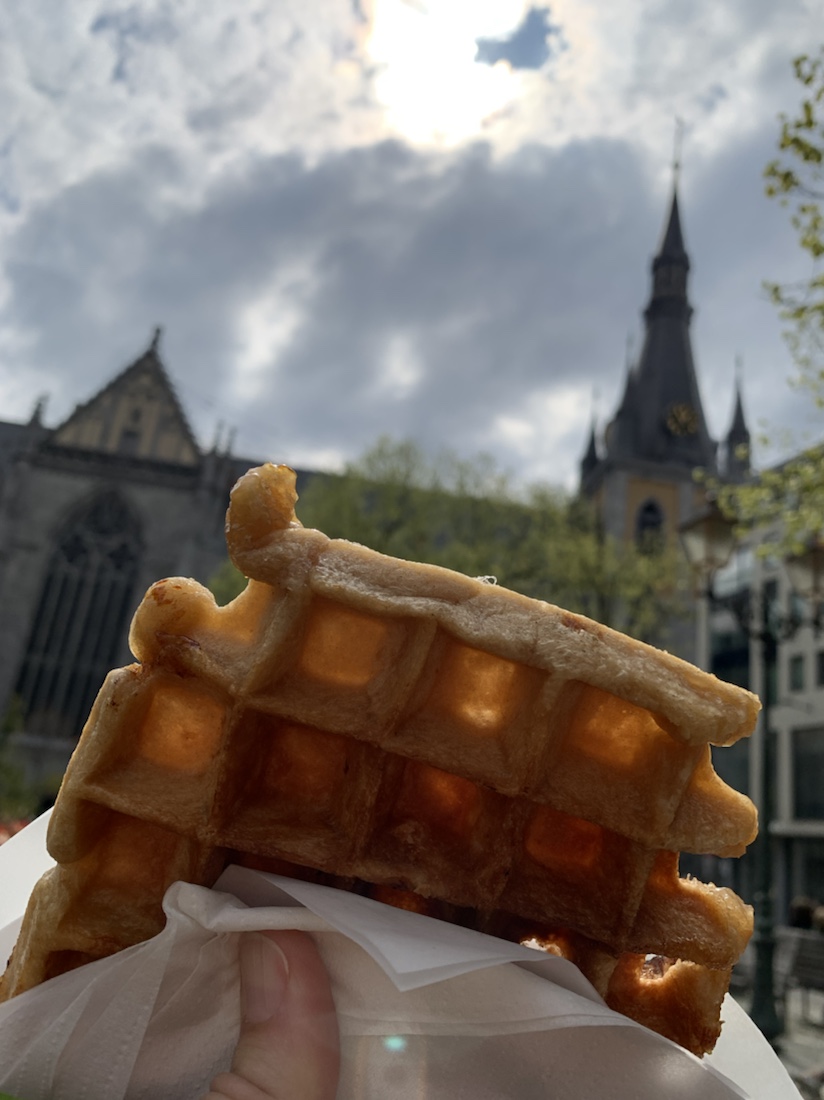
Everyone says if you wait for the weather to be nice before you do anything in Belgium, you’ll be waiting forever. This is true. Some of the most atmospheric, cozy travel days are terrible weather days. At the same time though, I got to a point where I was unwilling to put effort into day trips to see places in freezing, crappy weather when everything is closed for COVID. We’ve had a very chilly spring–a week of snow in April and freezing rain the first week of May–brrrr. I gave myself permission to be wintroverted again.
But Chris convinced me to go to Liege one day.
“Why don’t you want to go to Liege?” he asked.
“I don’t know, it’s always in the news for violence and I have no idea what there is to do there,” I said.
“I thought you were trying to get me to go there last summer all the time?” he said.
“You’re thinking of Lier. Do you want to go to Lier?” I asked.
“No, I want to go to Liege and see the Archeoforum with the Roman ruins.”
“…And get waffles?”
“Of course.”
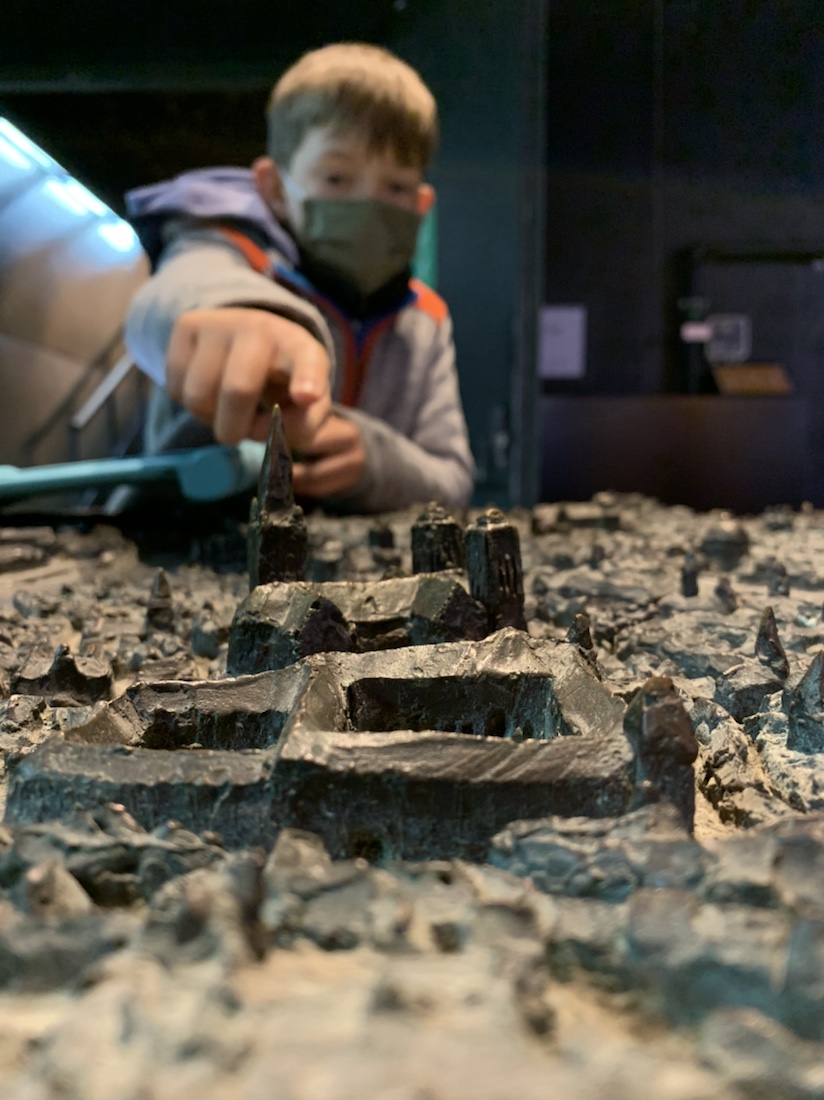
a model of the old cathedral of Saint Lambert I think 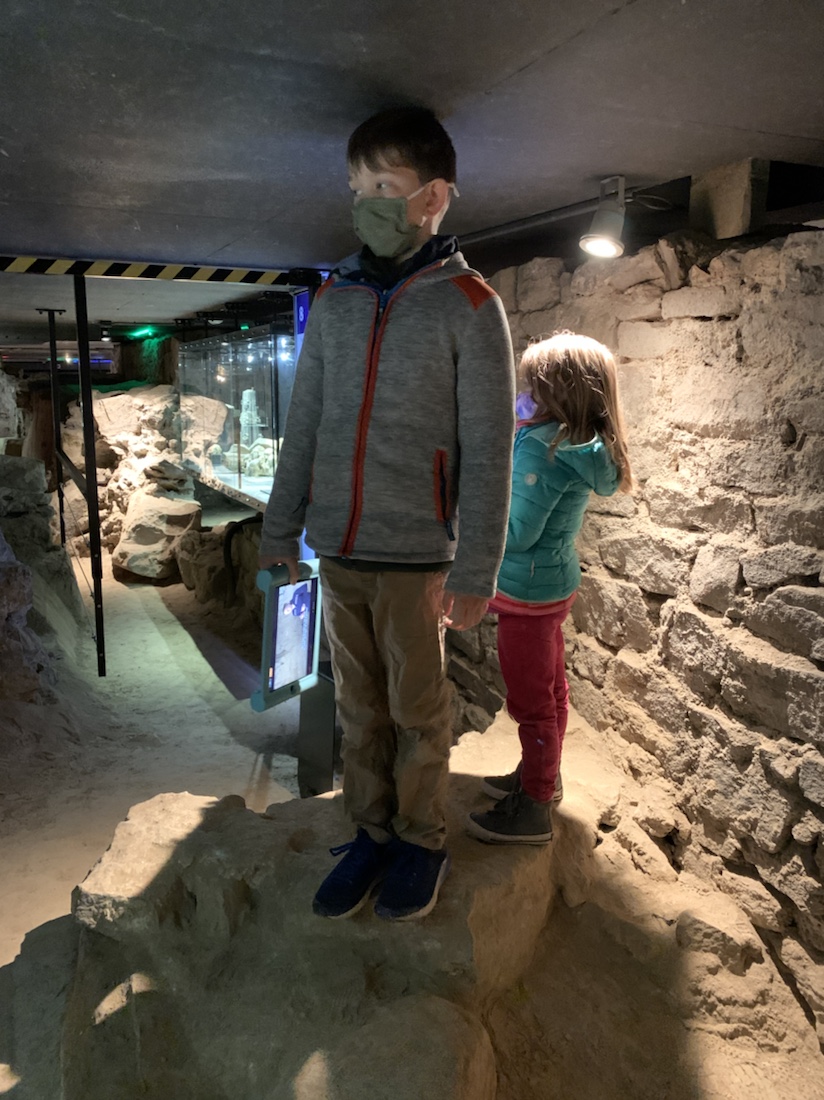
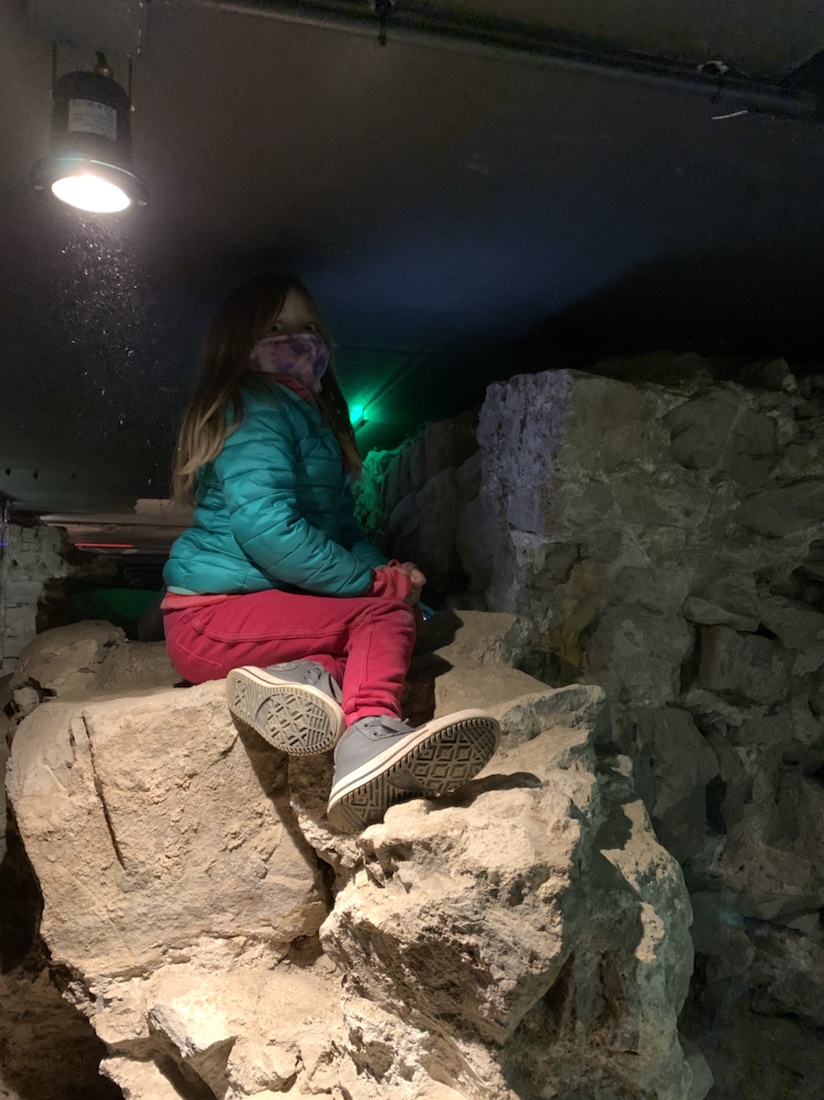
Elo on a Roman wall 
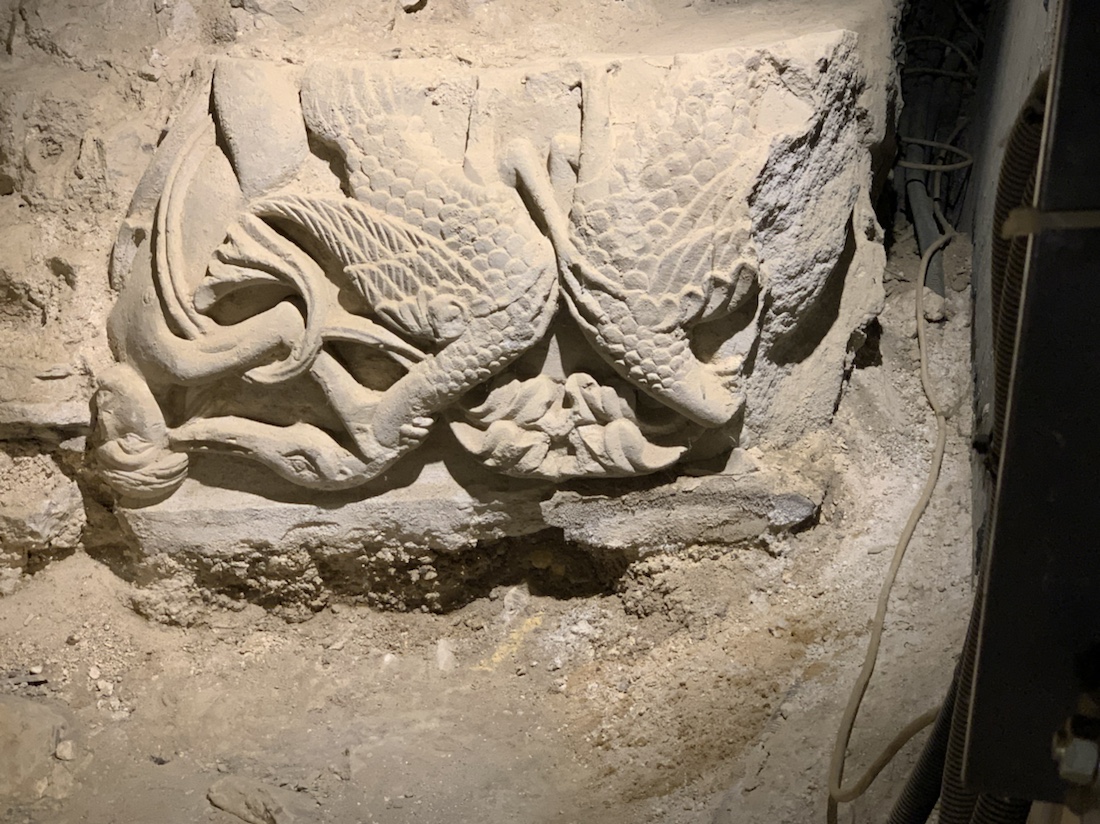
Belgium is known for two types of waffles: Brussels waffles and Liege waffles. Brussels waffles come with toppings, usually fruit, whipped cream and chocolate sauce. Liege waffles are more like squashy donuts in the shape of a waffle with big, caramelized pearls of sugar baked into them. They are delicious. Brussels waffles, hundreds of years ago, were like the pita of Belgium; people were always passing through Brussels to get somewhere else, so the waffle was a convenient way to hold some food and keep the sauce from soaking your traveling cloak and carriage or whatever. They’re usually made with beet sugar because regular sugar was hard to come by, and they’re not very sweet. Eloise and I took a cooking class last summer in Brussels and learned how to make them. But Liege waffles are everyone’s favorite!
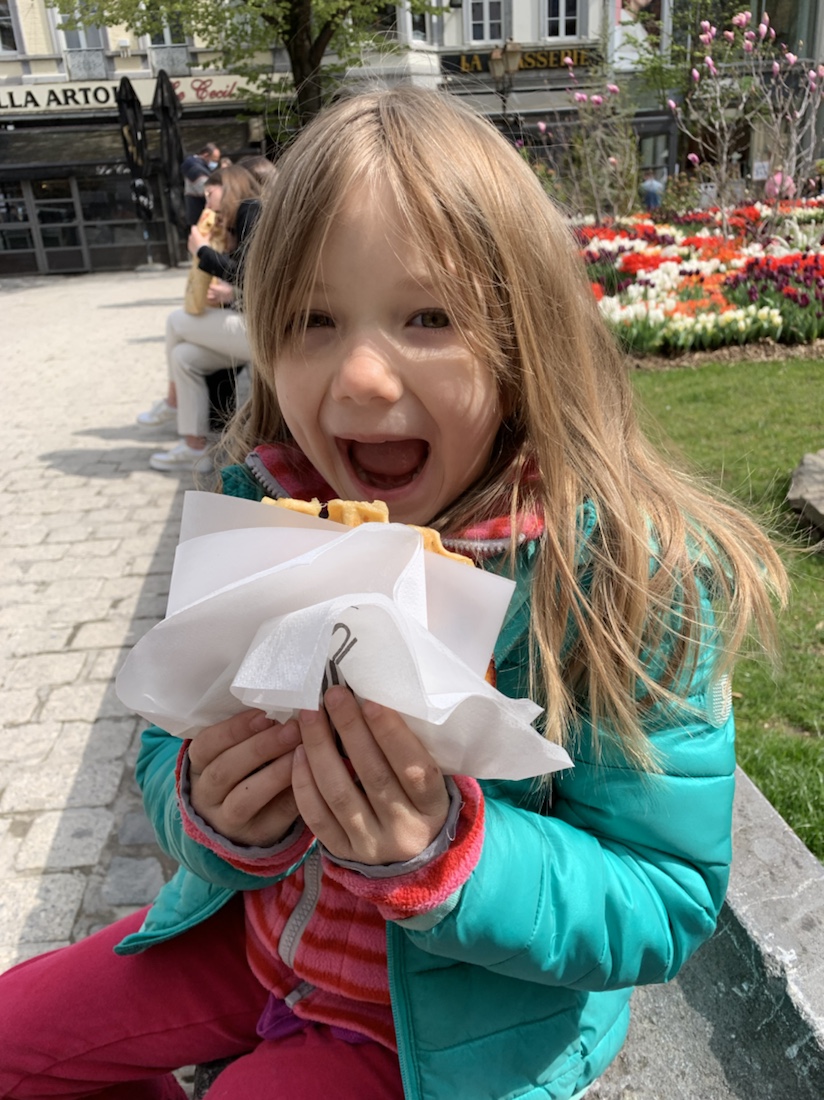
Ok, so Roman history in Belgium: this was fun to discover. There used to be a Roman house here in Liege where the main square is now. It had the under-floor heating, baths, and everything. The Archeoforum underground does a good job of delineating the different layers of excavation beneath Place Saint Lambert. There was a huge church, later dismantled, the Roman village, some middle ages construction, etc.
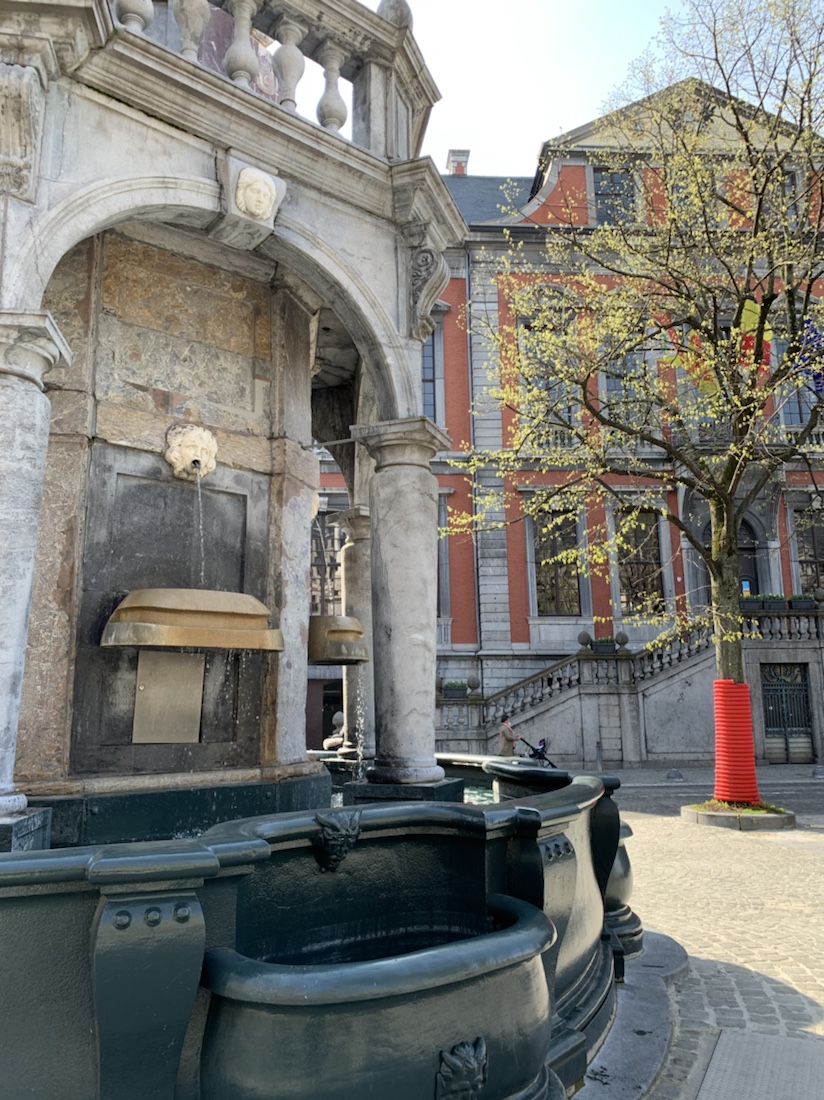
lots of fountains 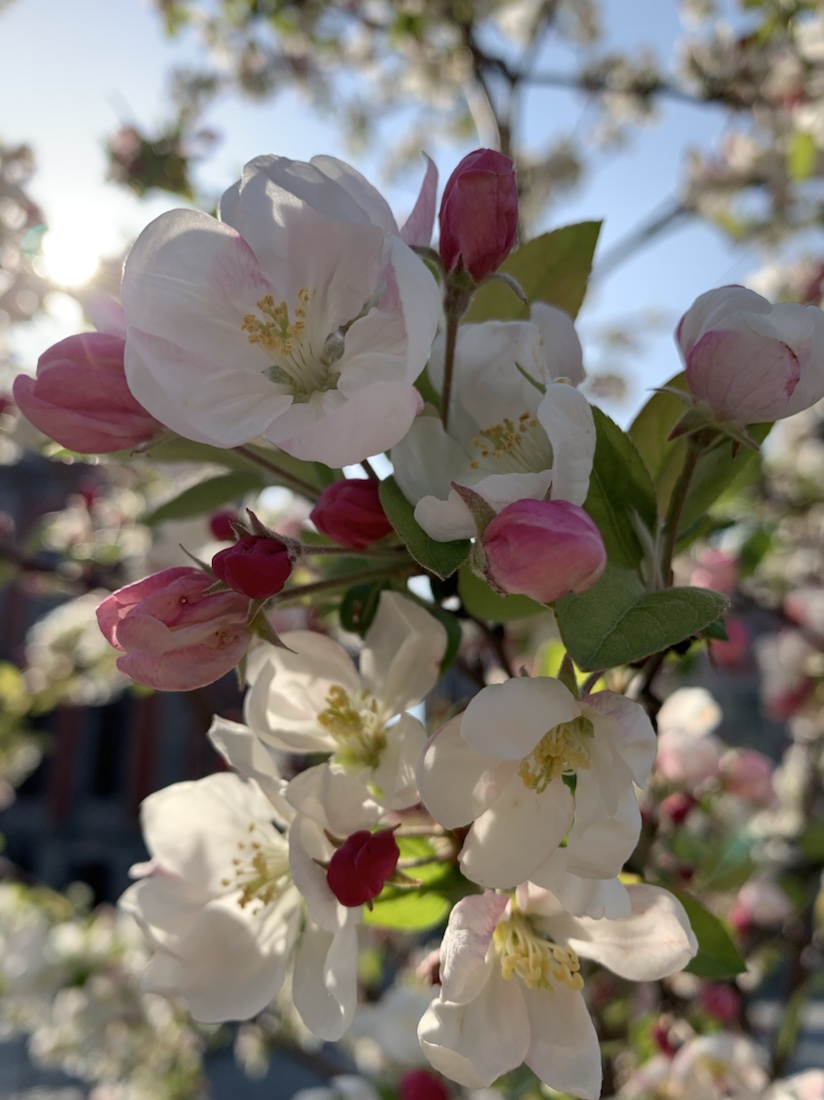
apple blossoms! 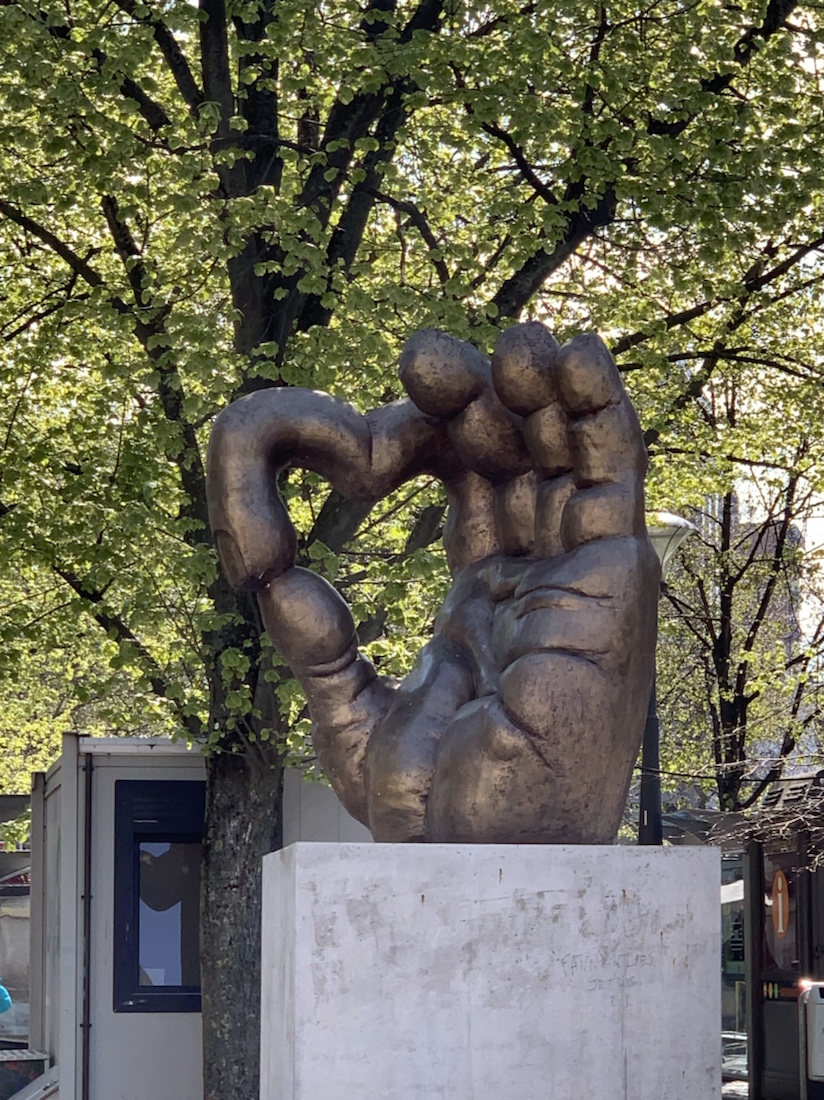
real nice 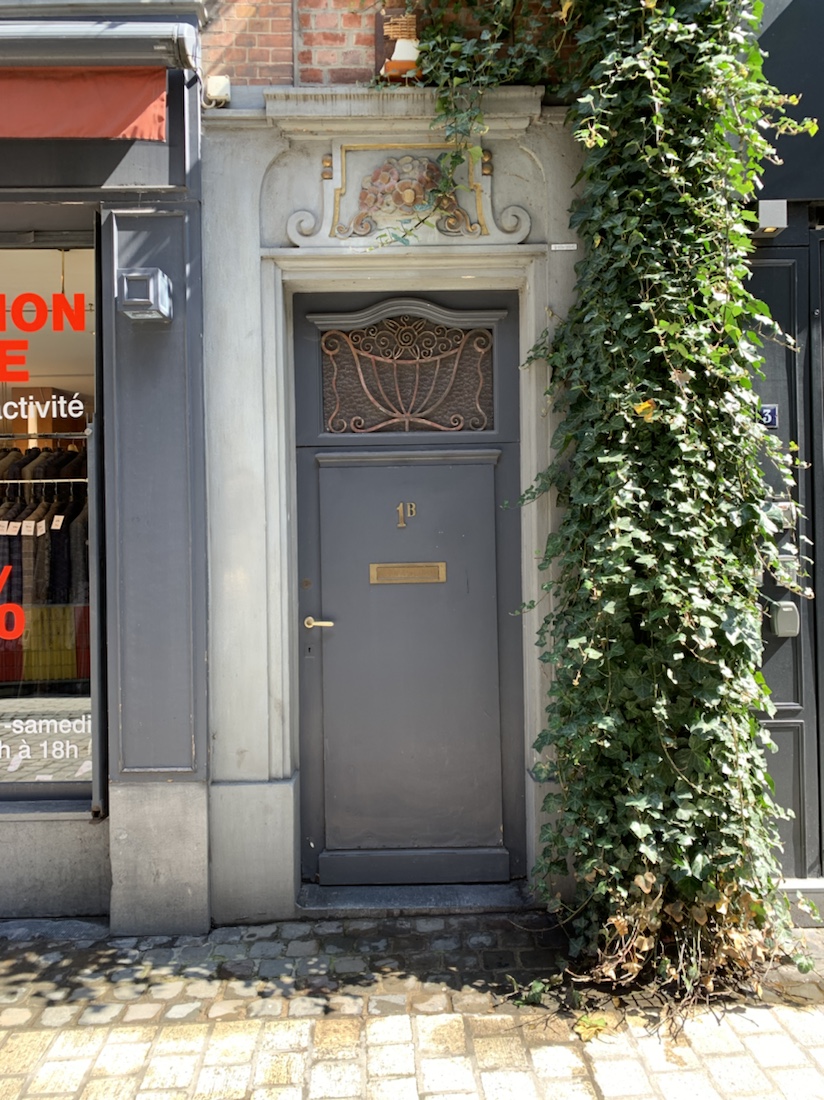
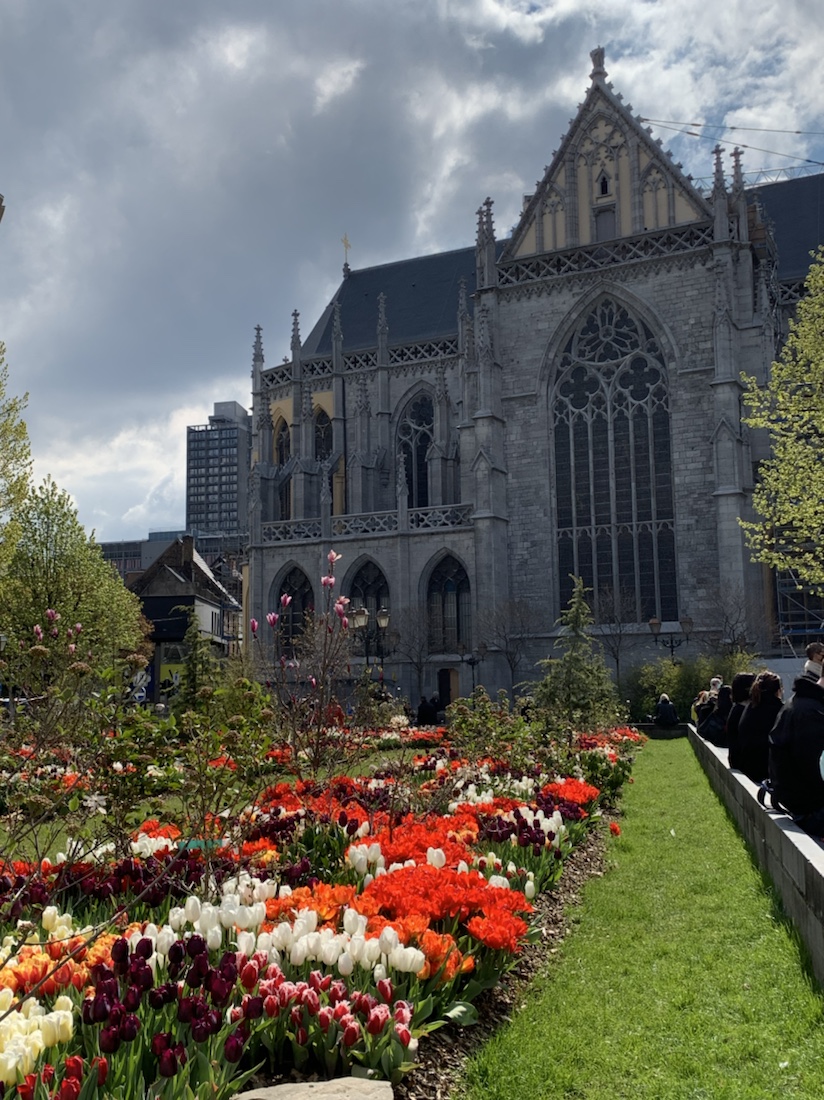
the garden outside the Cathedrale Saint Paul de Liege 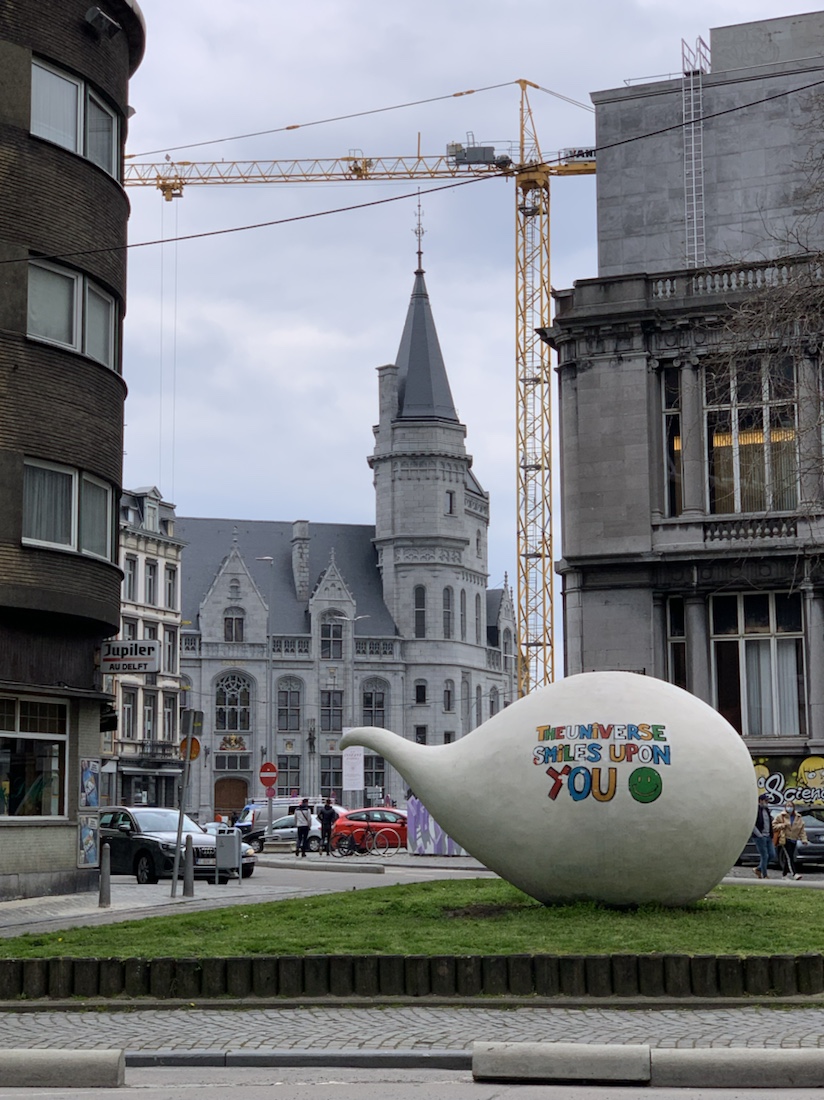
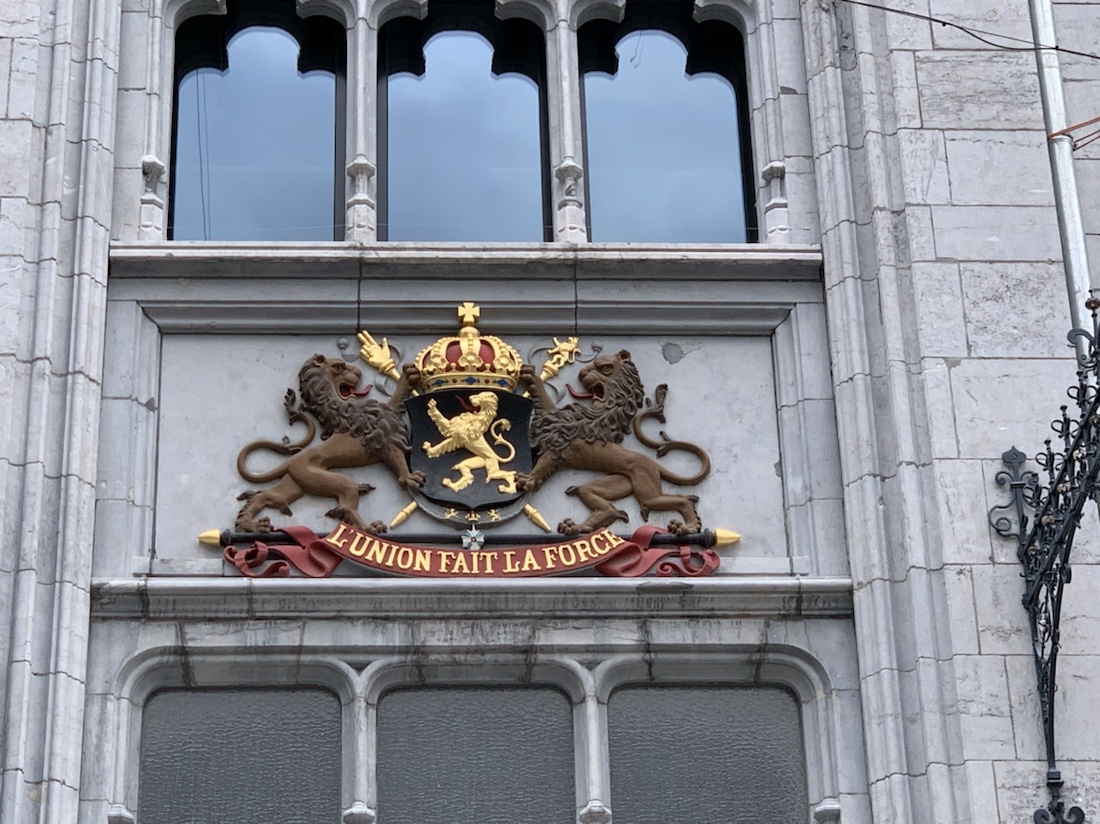
a post office 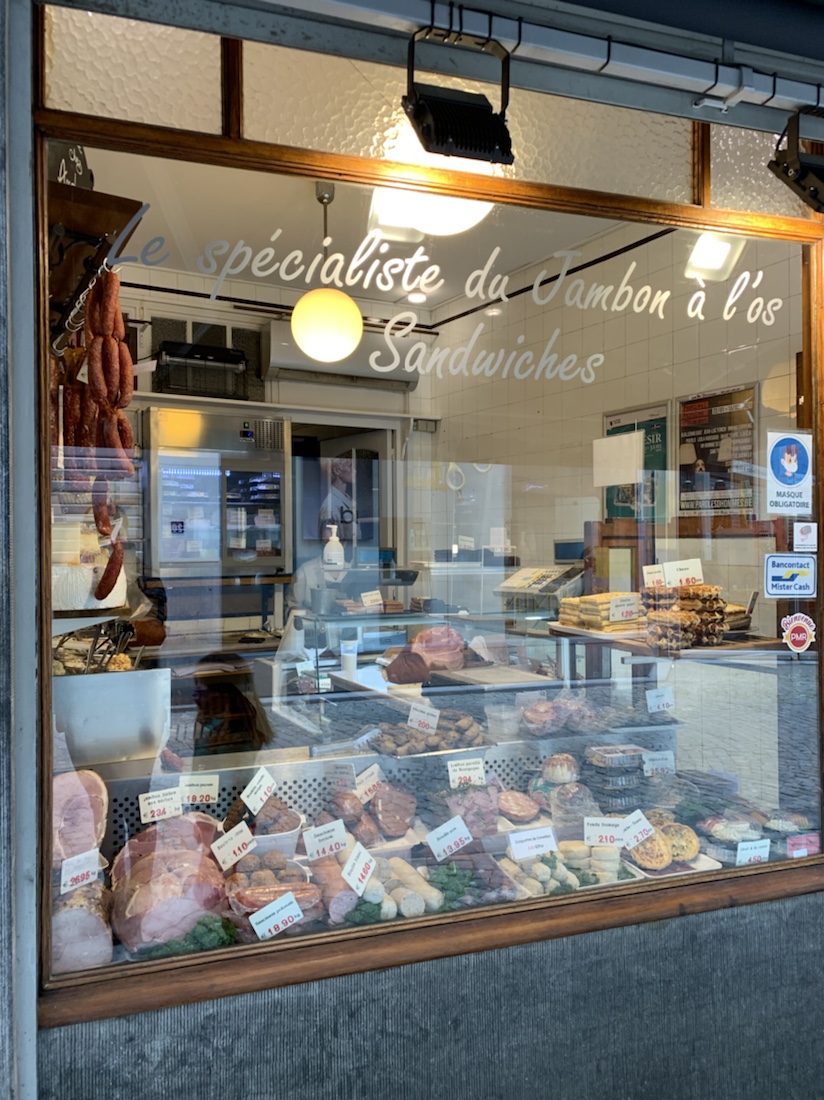
Ham-ing it up in Liege
We got a map that suggested a touristy walk and the weather was cold but sunny for the first time in weeks, so we strolled through the city to the Cathedrale Saint Paul de Liege. The sun was shining, people were sitting on every available step and bench, and tulips and leaves were just finally emerging. We bought some sandwiches to split and waffles that we did not split! We went in the cathedral and toured the museum treasures, then got some ice cream and climbed the enormous staircase.
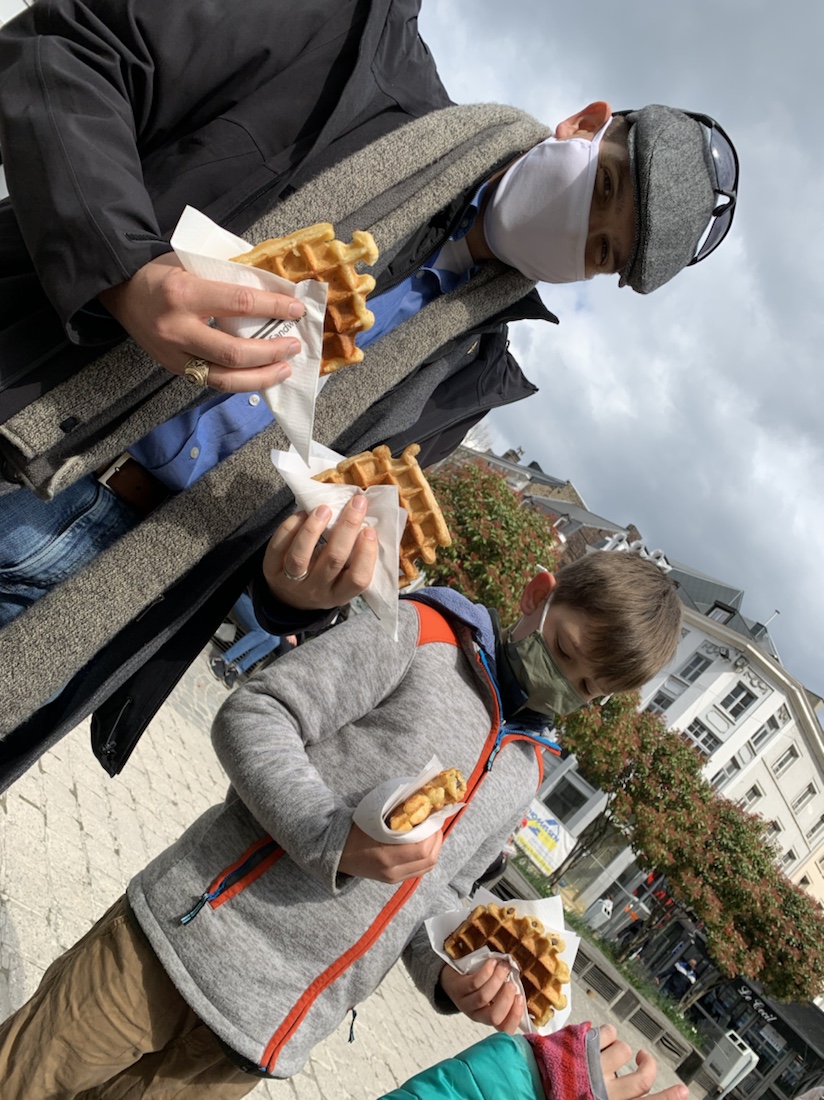

Isaac and his sandwich making the same face 
Incoming waffle thief! 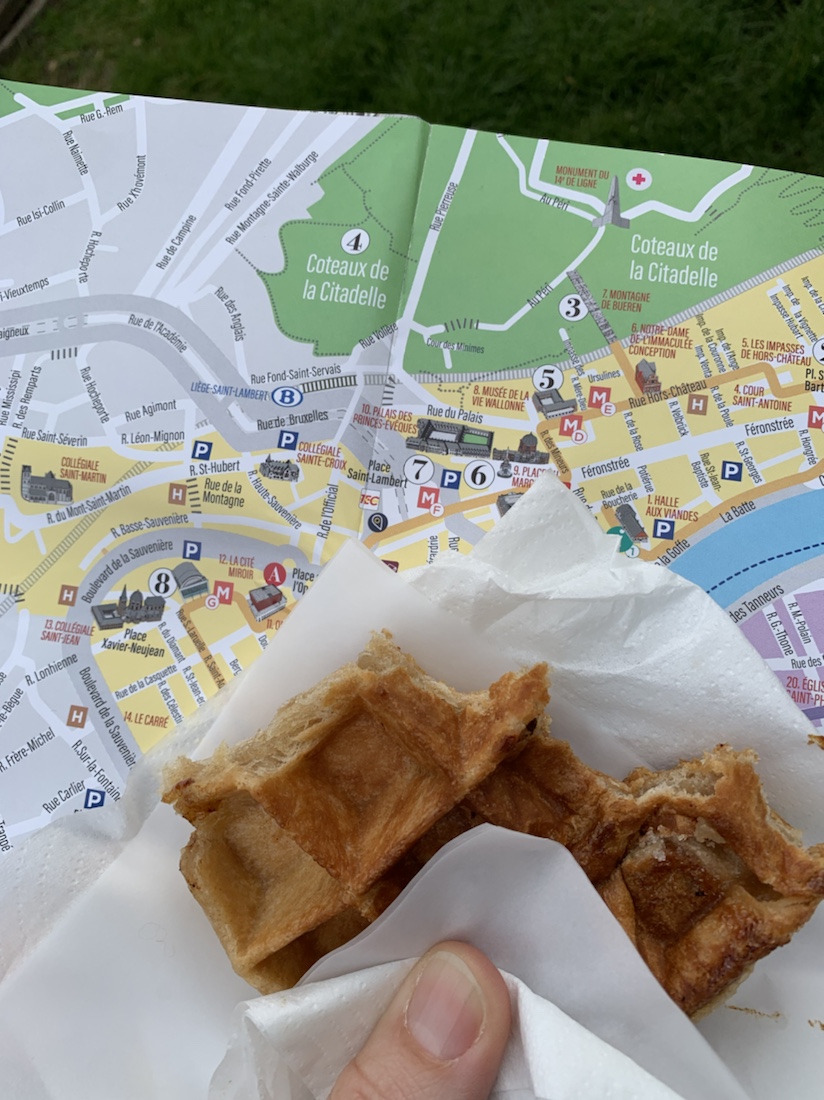
Liège—thé town; thé waffle 


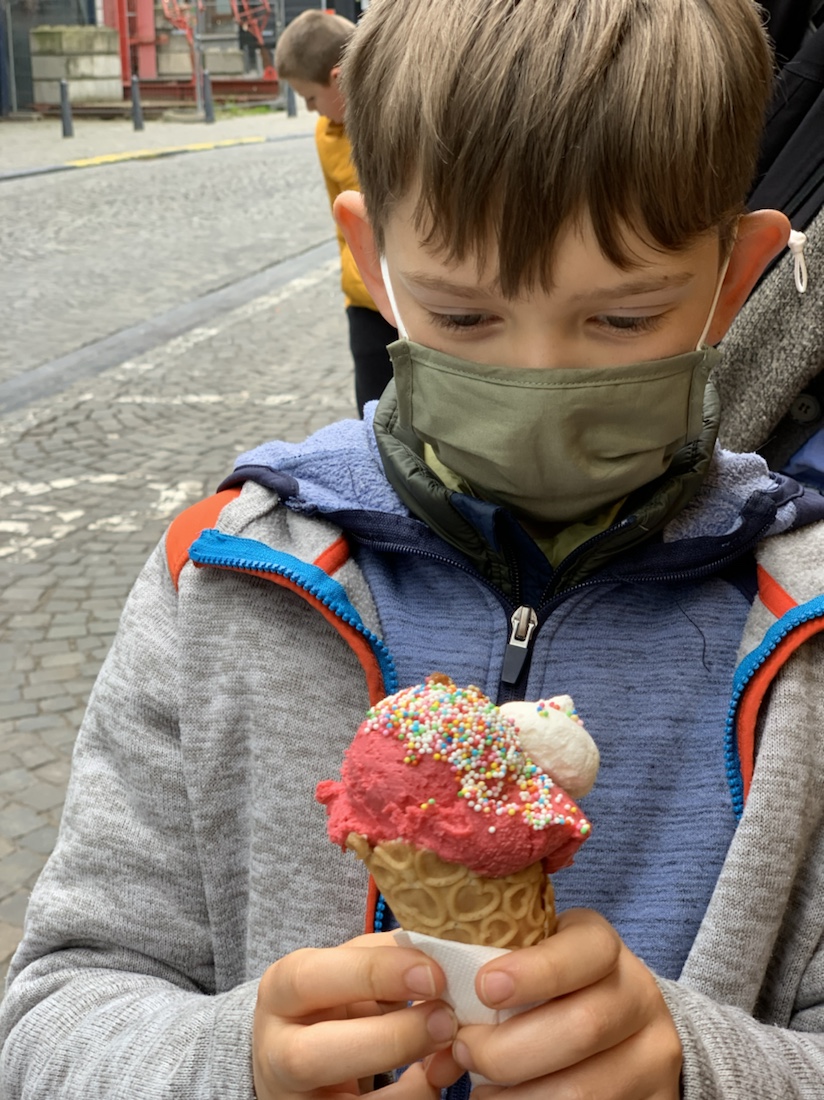
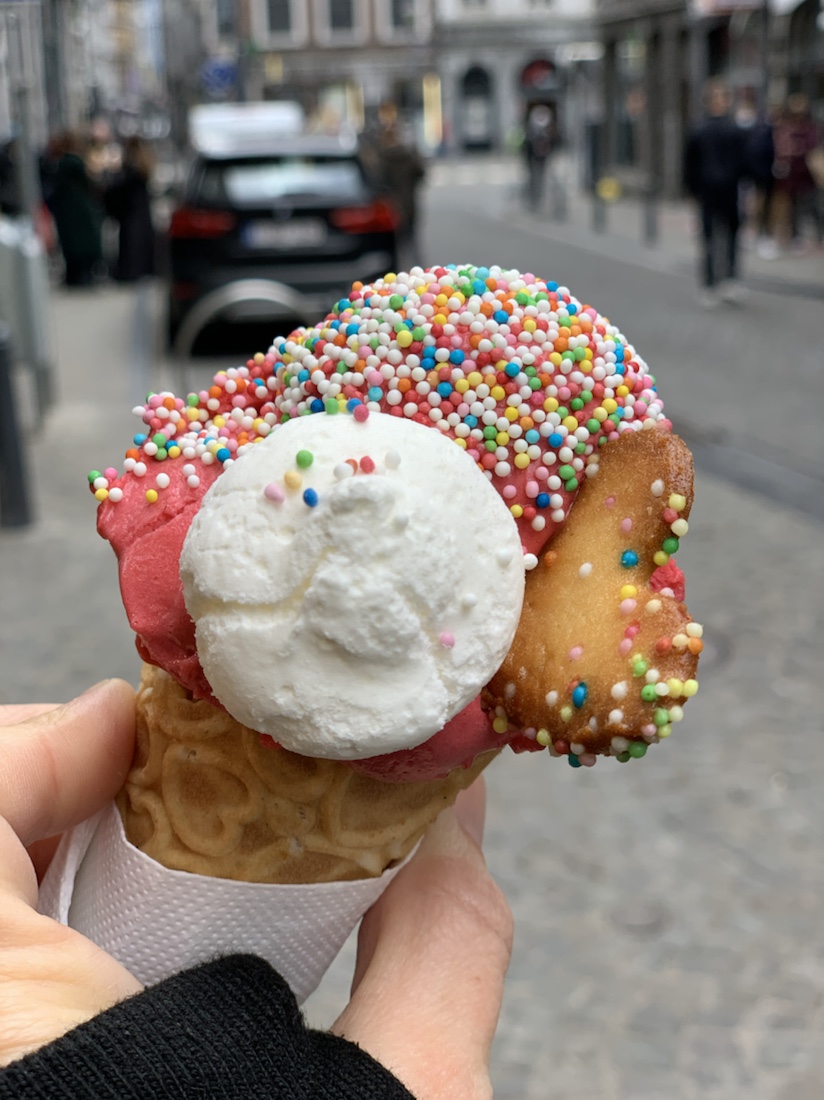
Also some ice cream 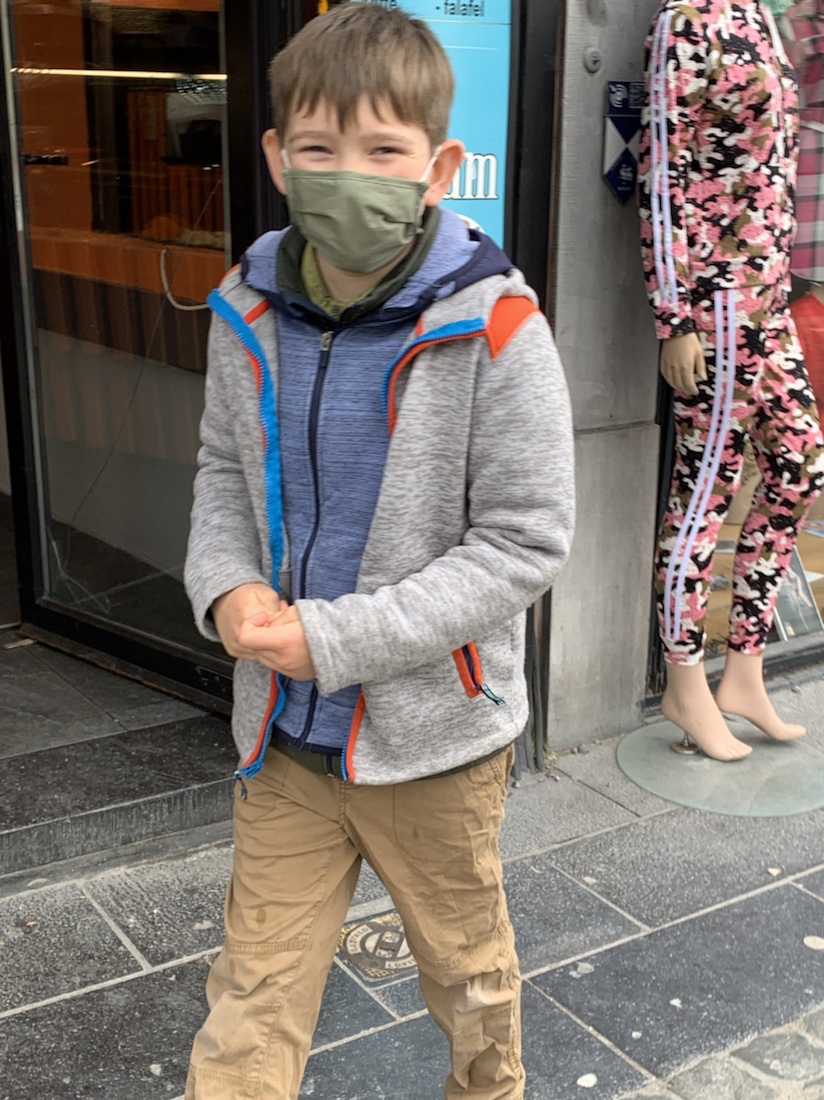
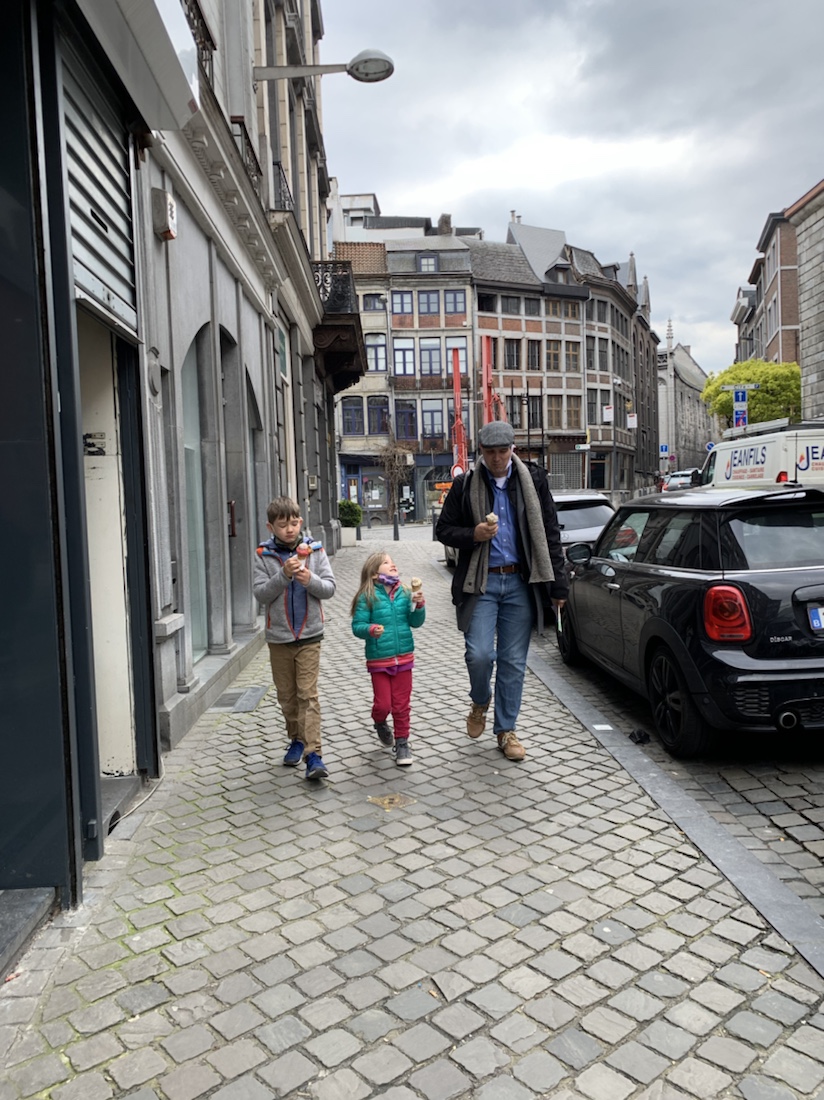
Chris pointed out an old building. “This building right here is famous!”
Everyone looked at the building. “Why?”
“…I don’t know…it looks cool,” Chris said.
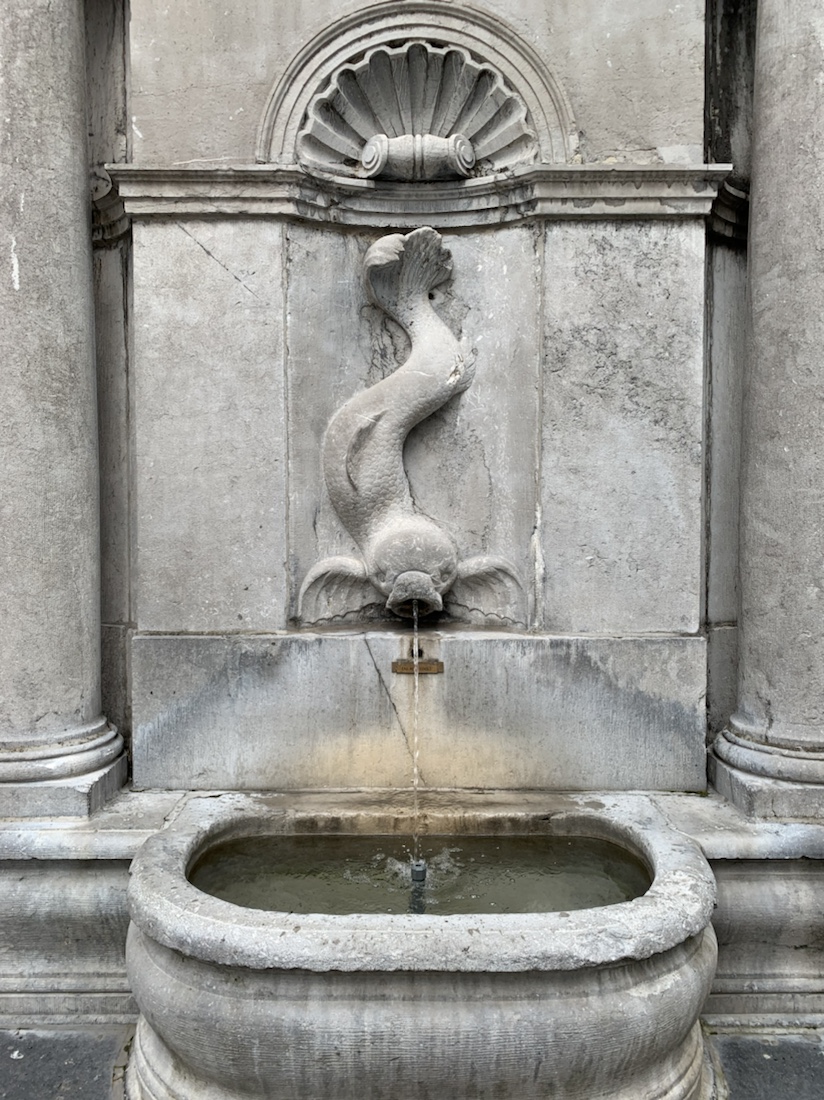
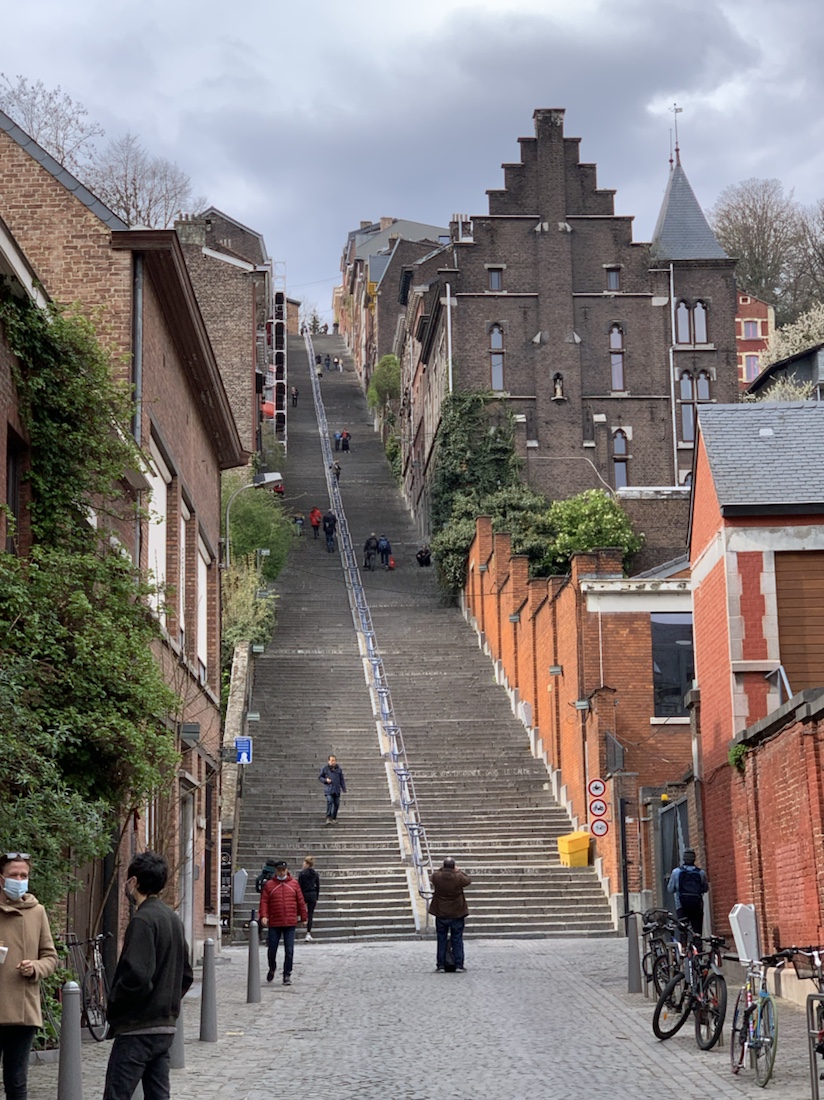
374 stairs, as promised (we counted) 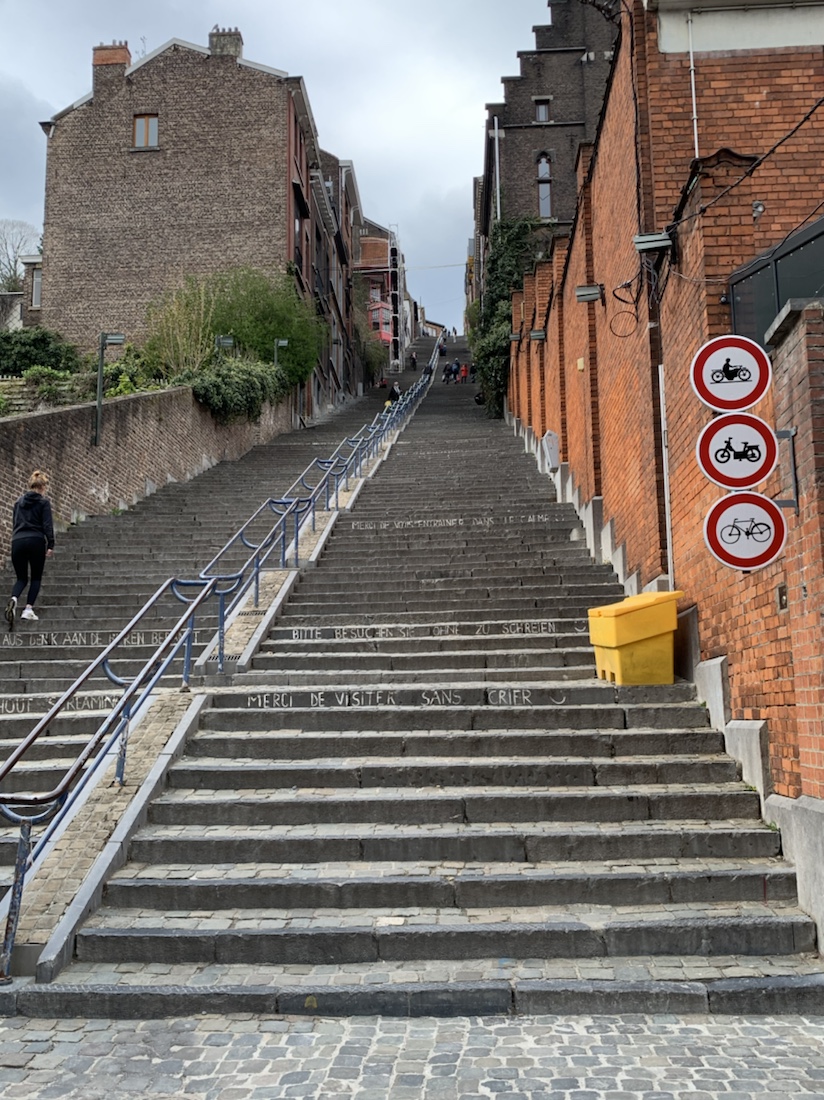
At least it’s not a bell tower 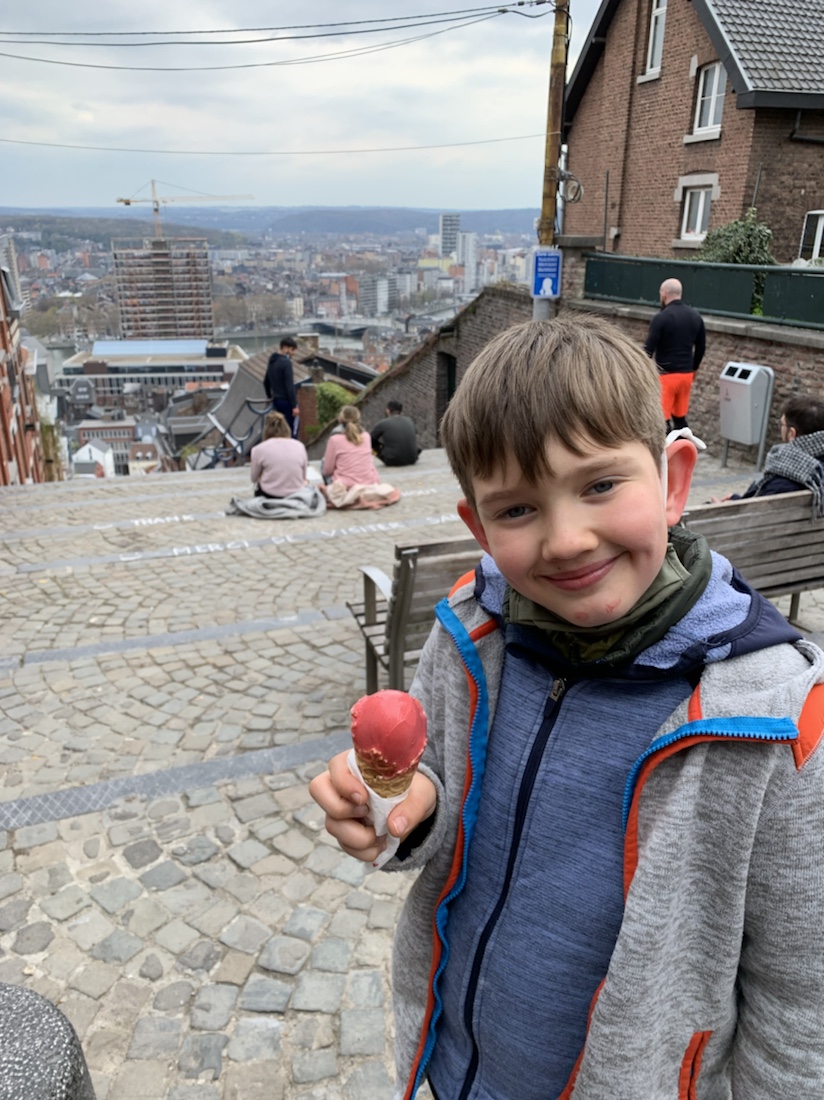
Ice cream tastes better at the top 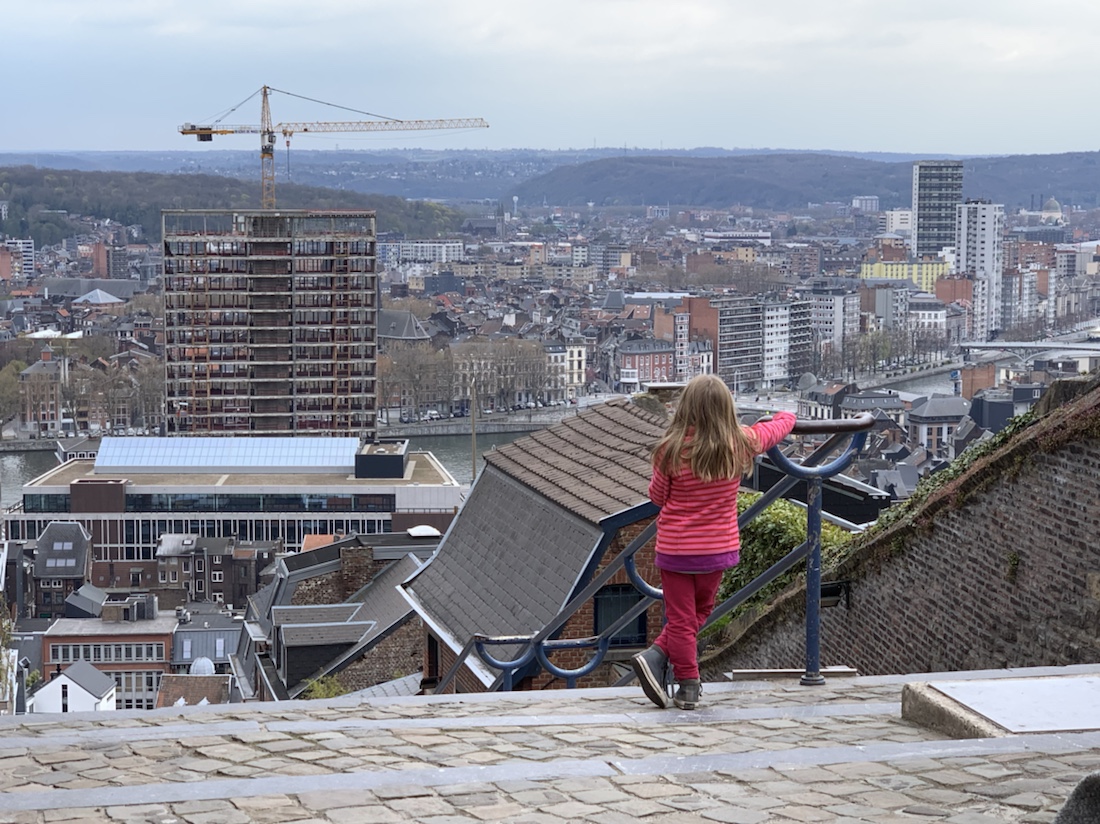
On top of the world 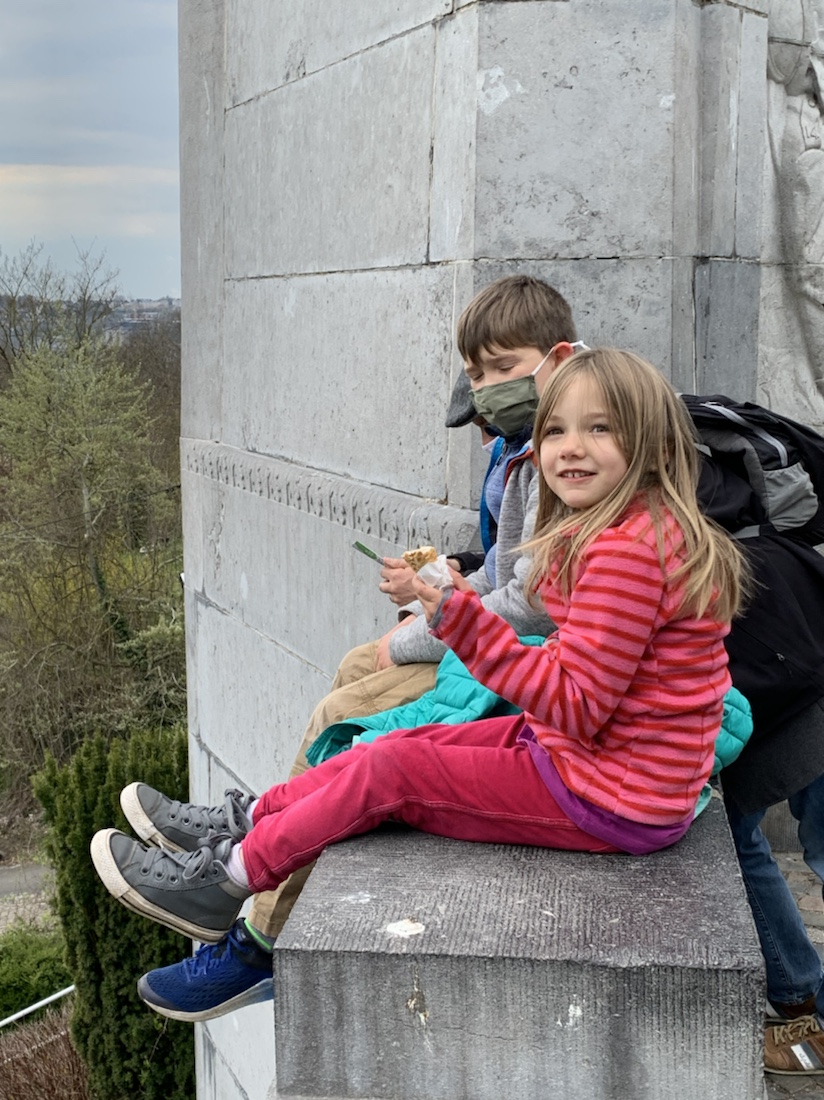
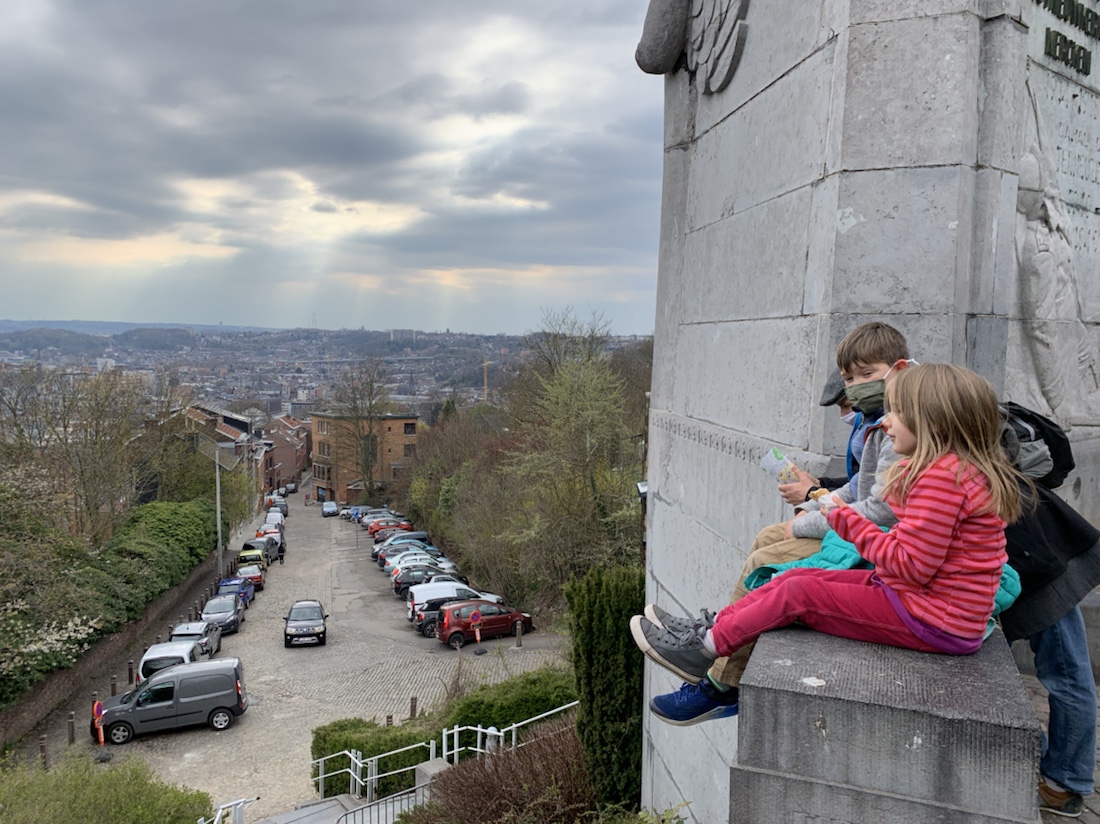
Liège 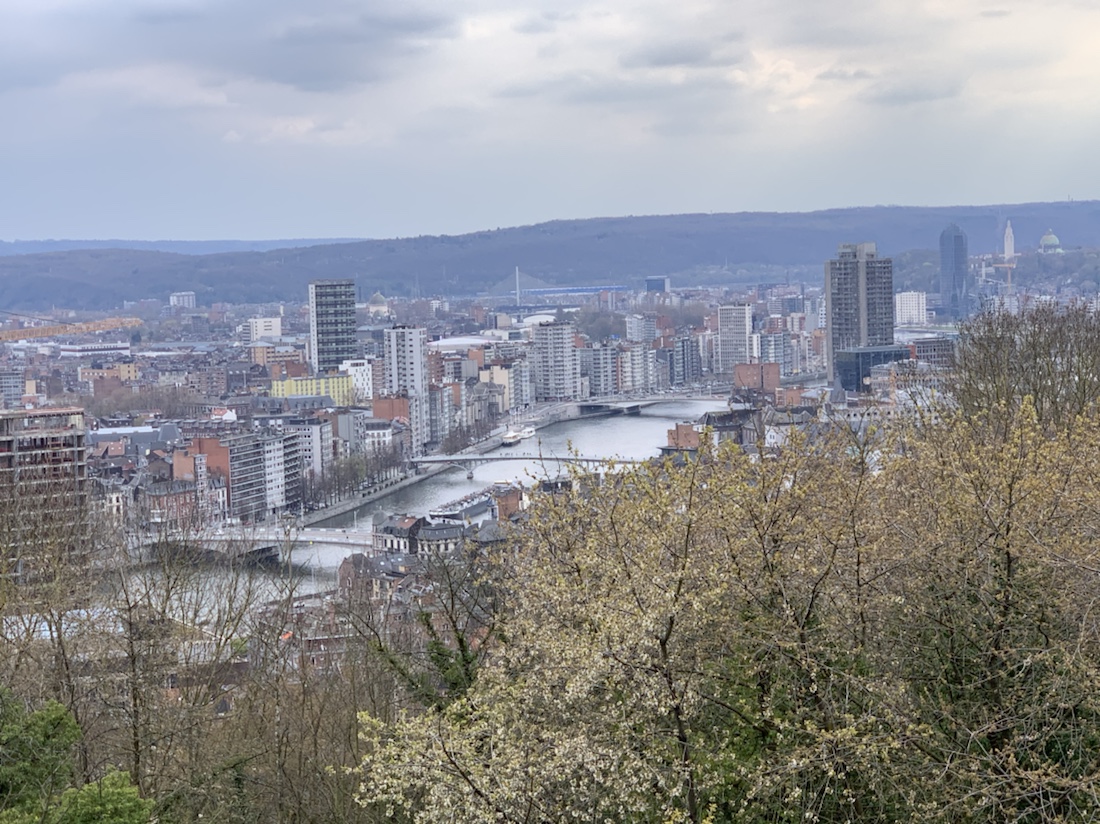
Liège 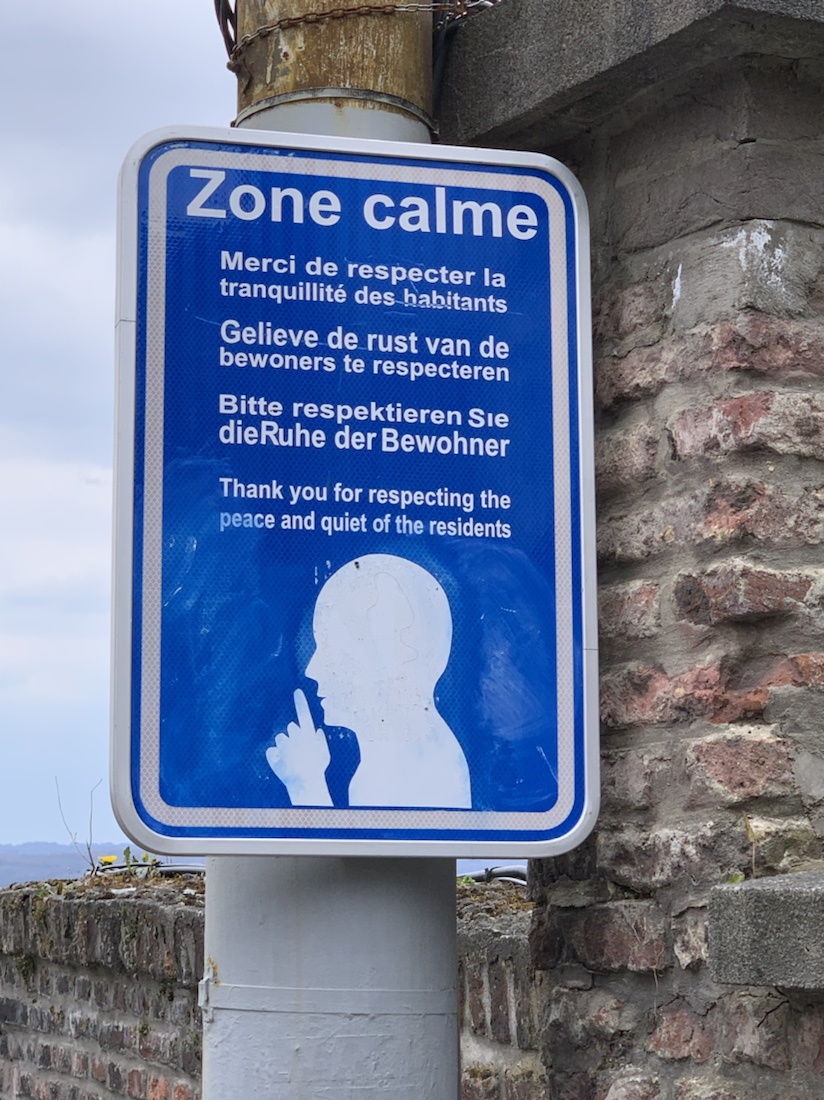
I need this sign at home 
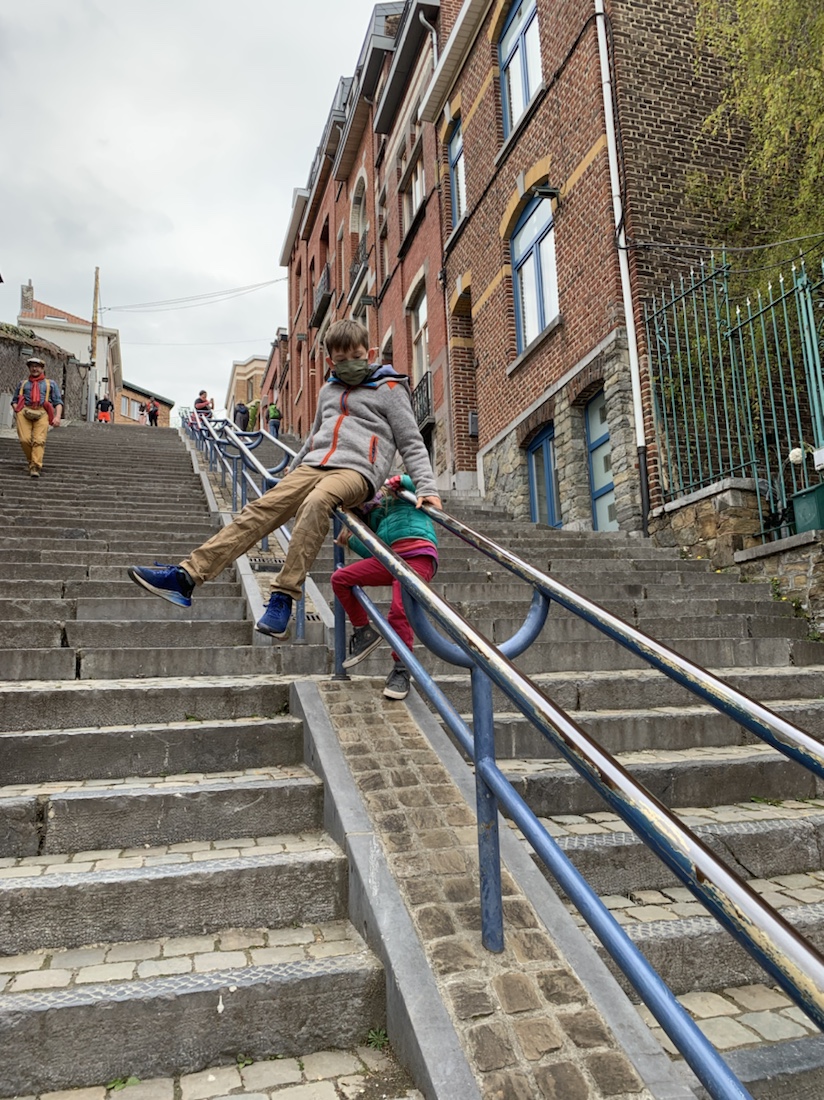
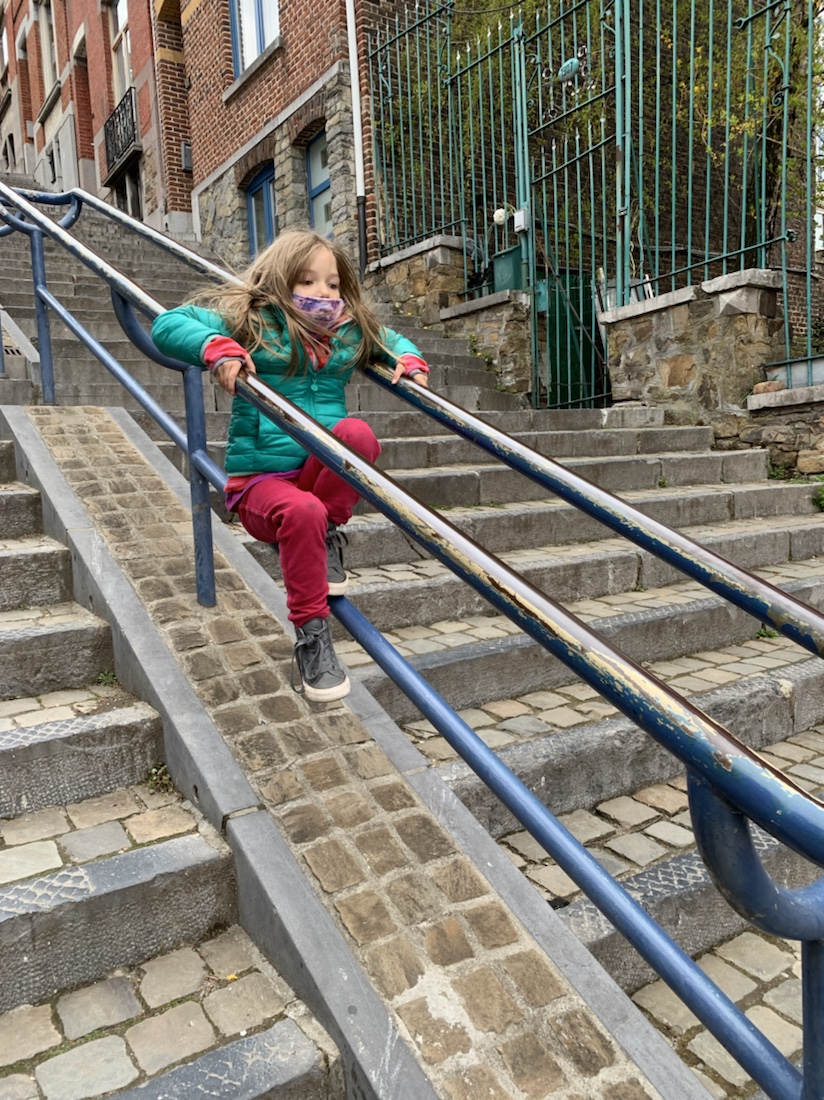
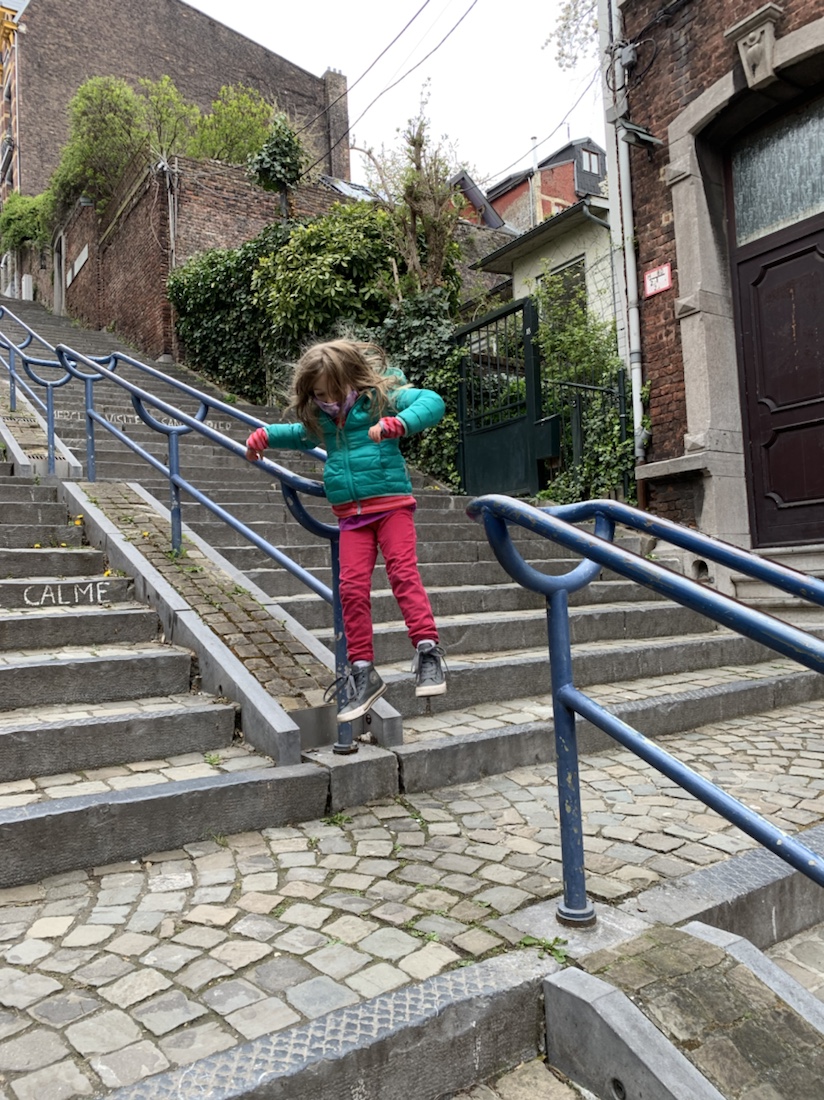
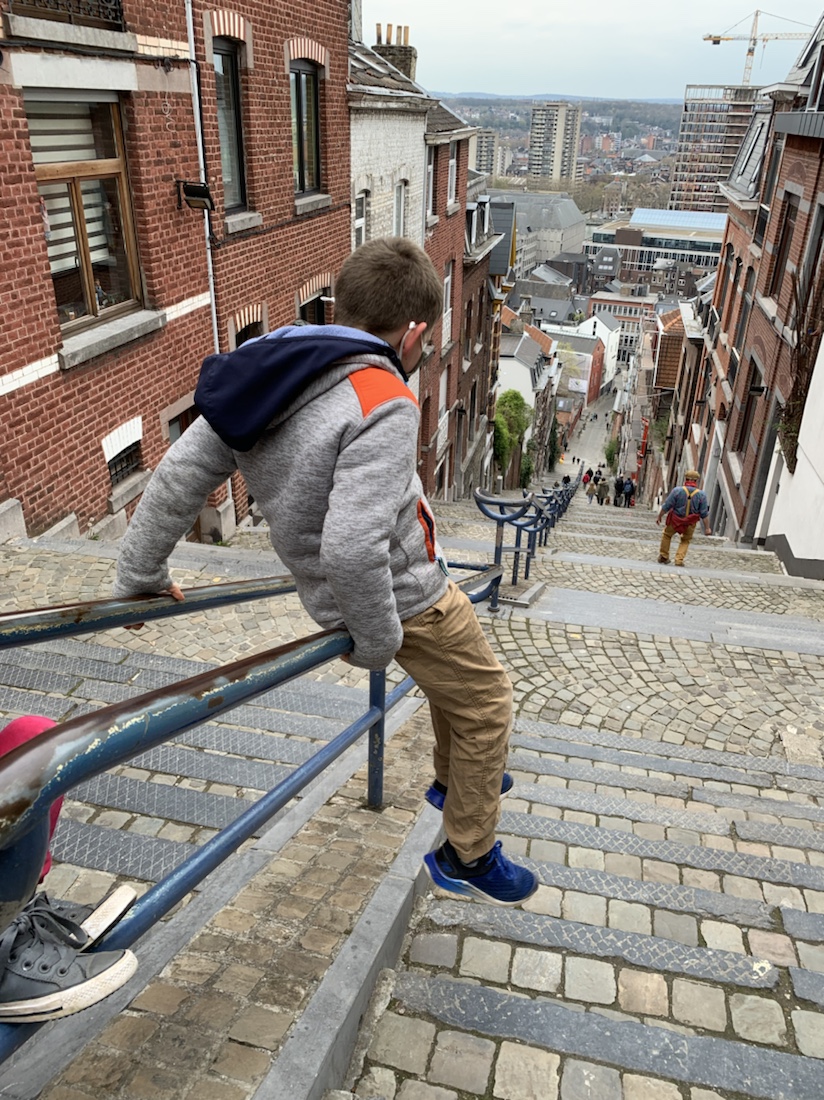
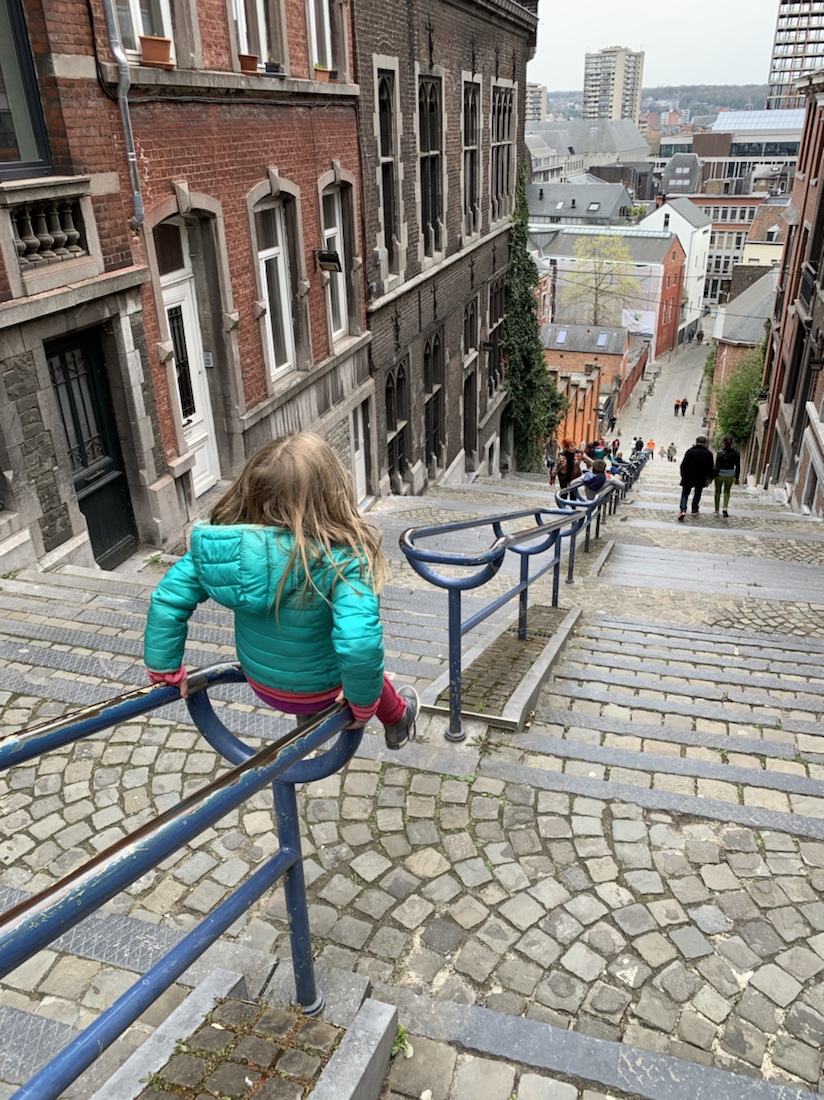
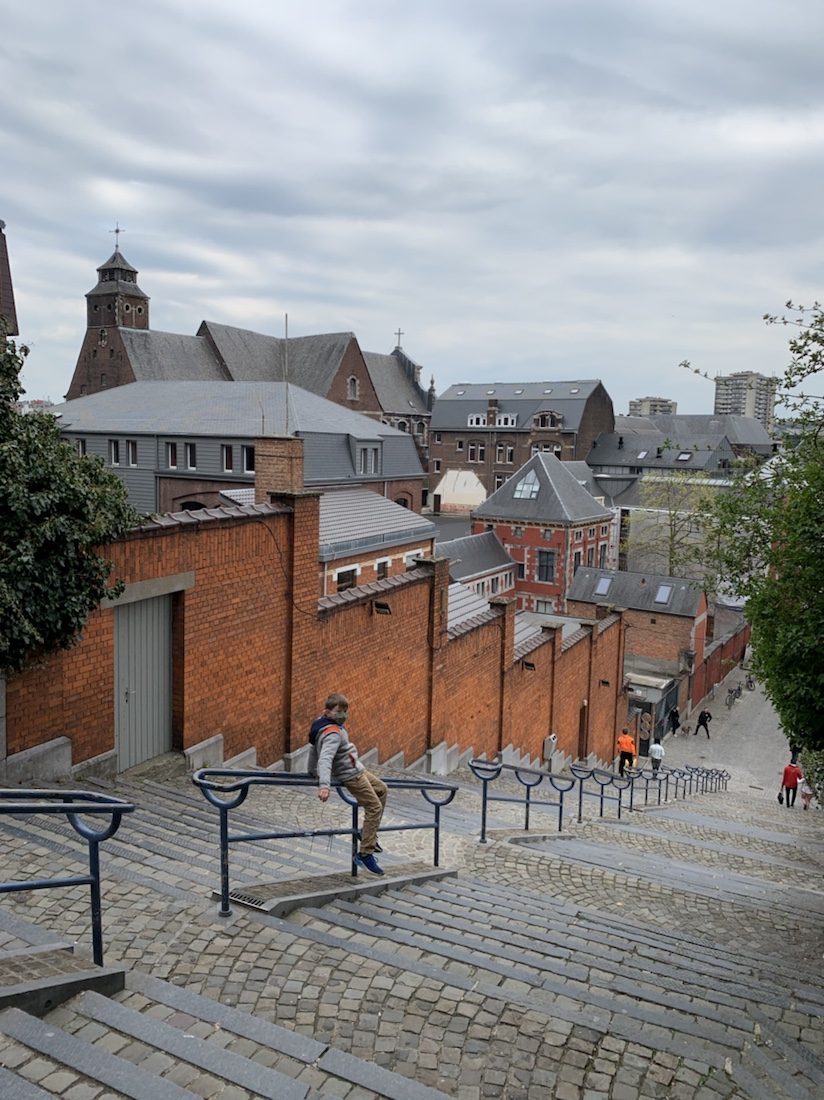
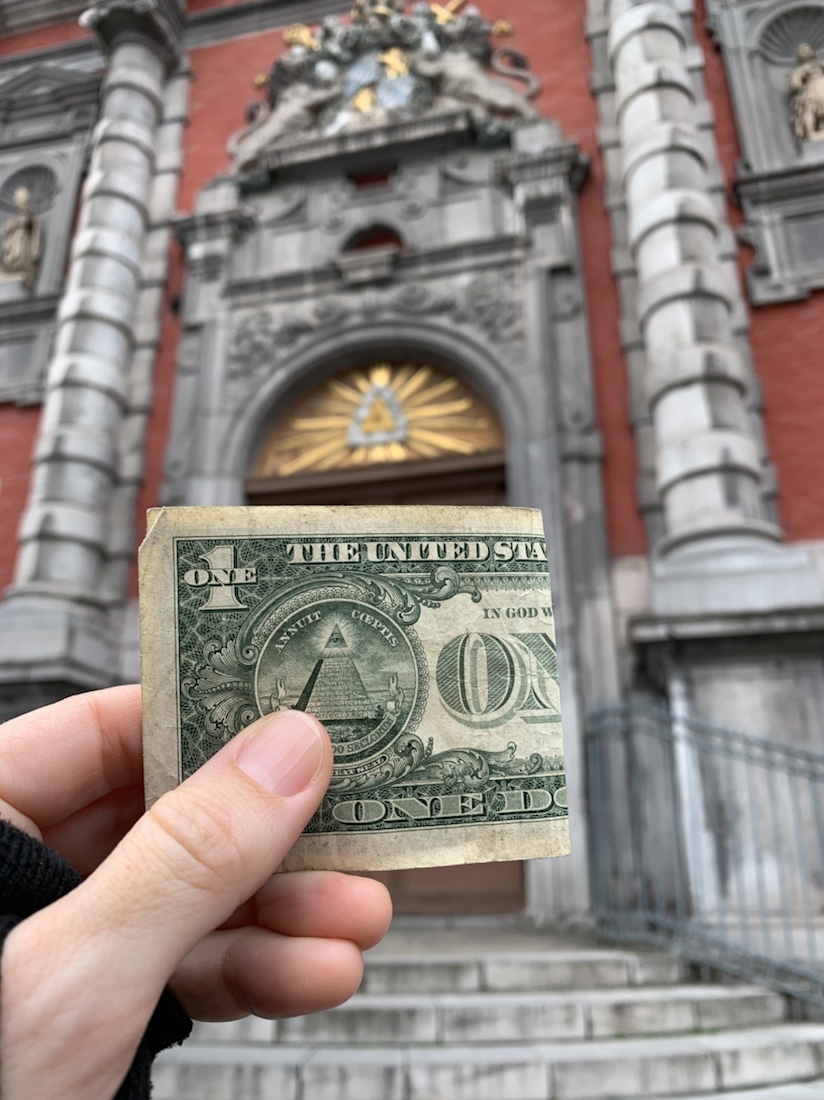
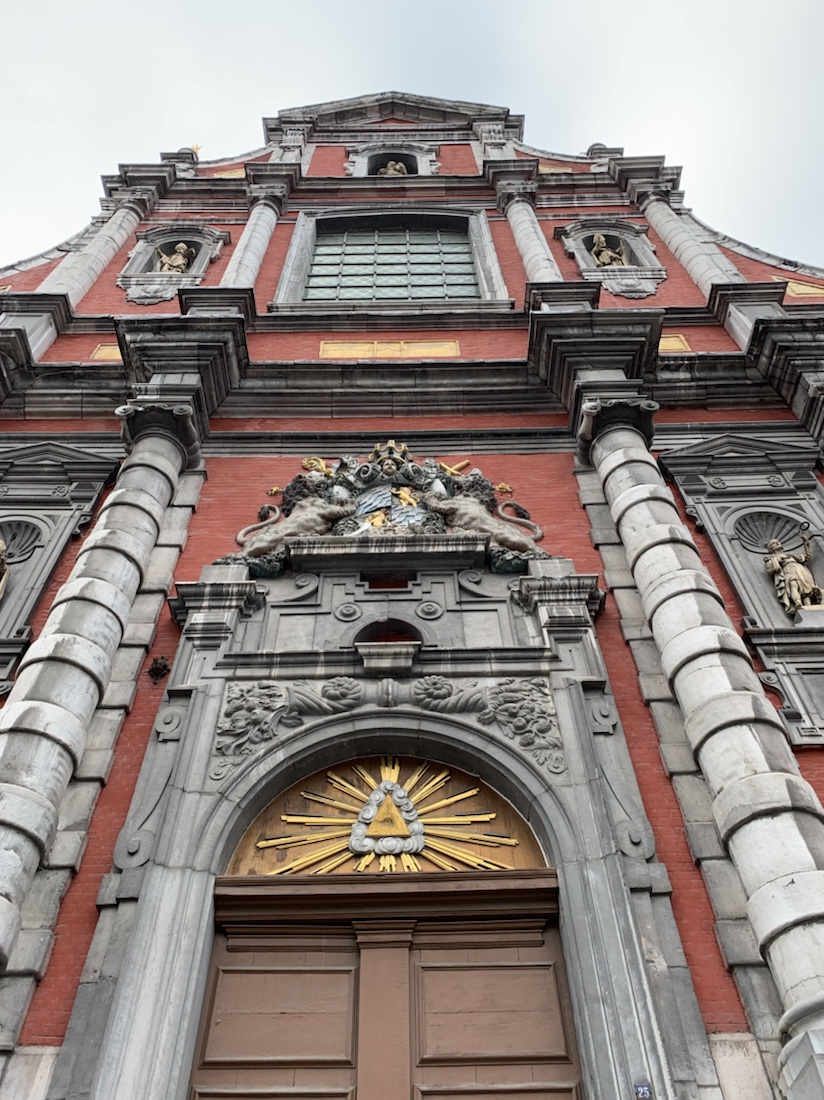
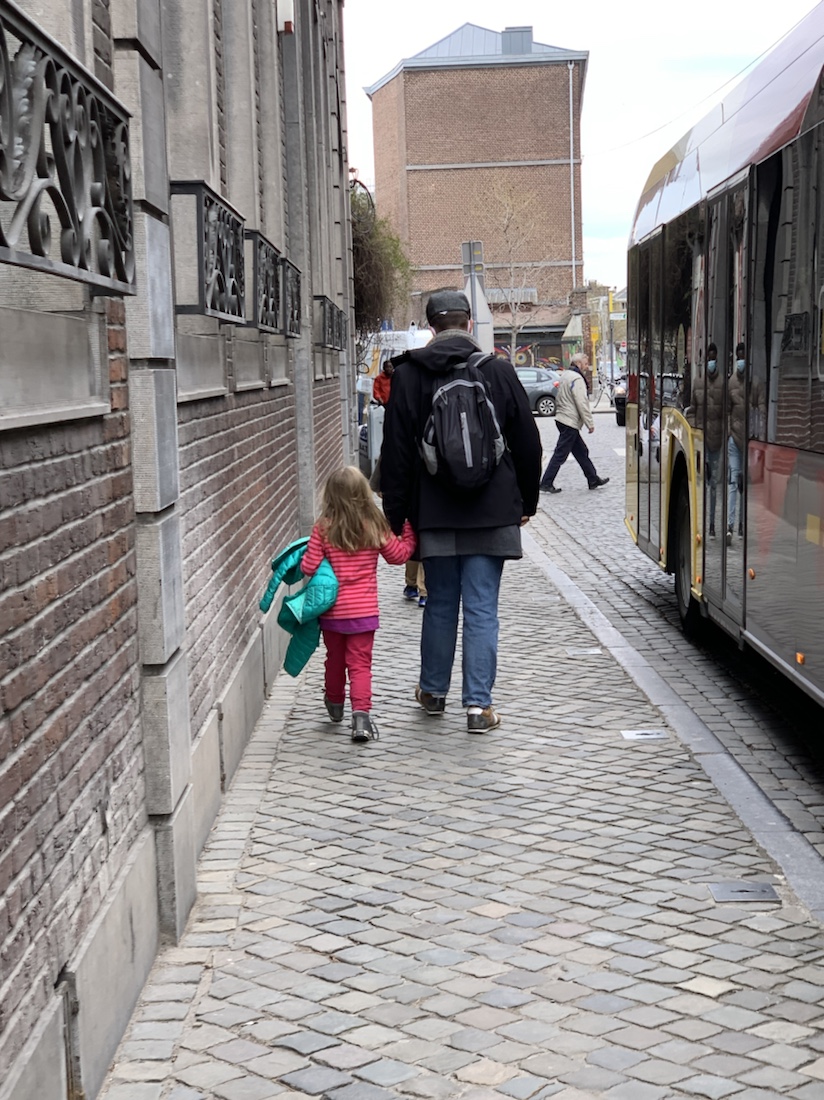
I love this 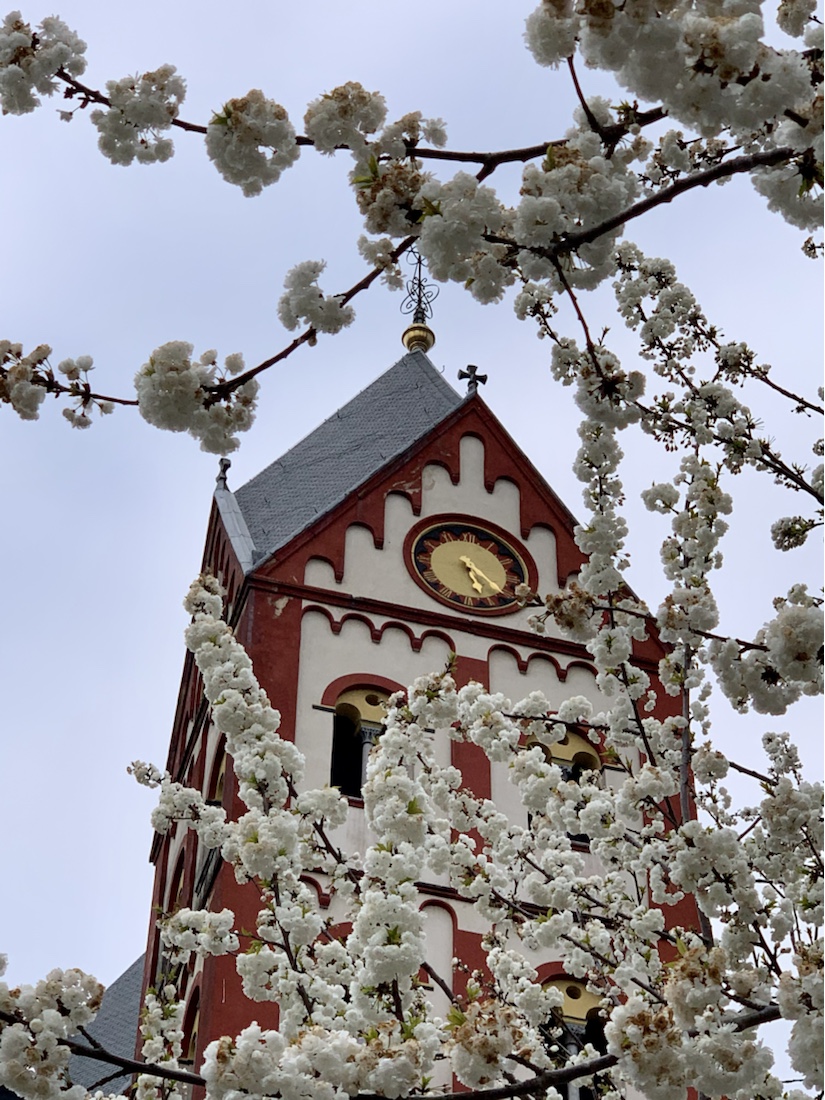
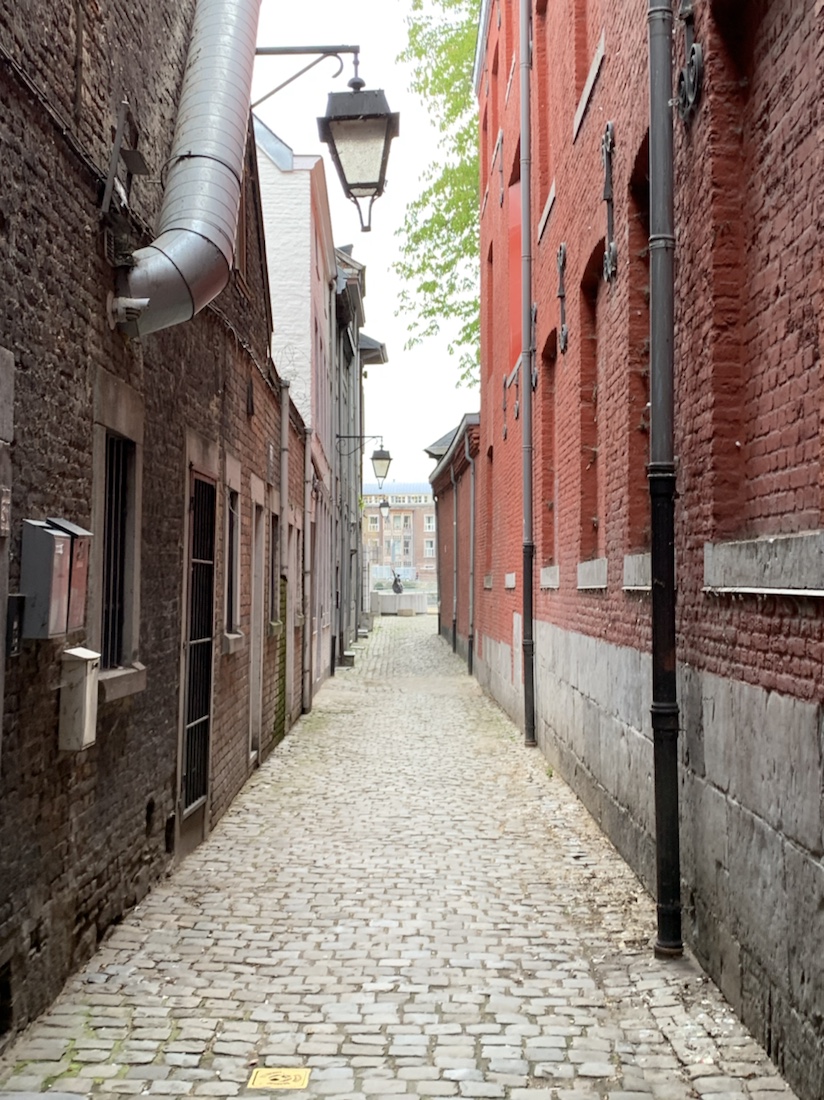
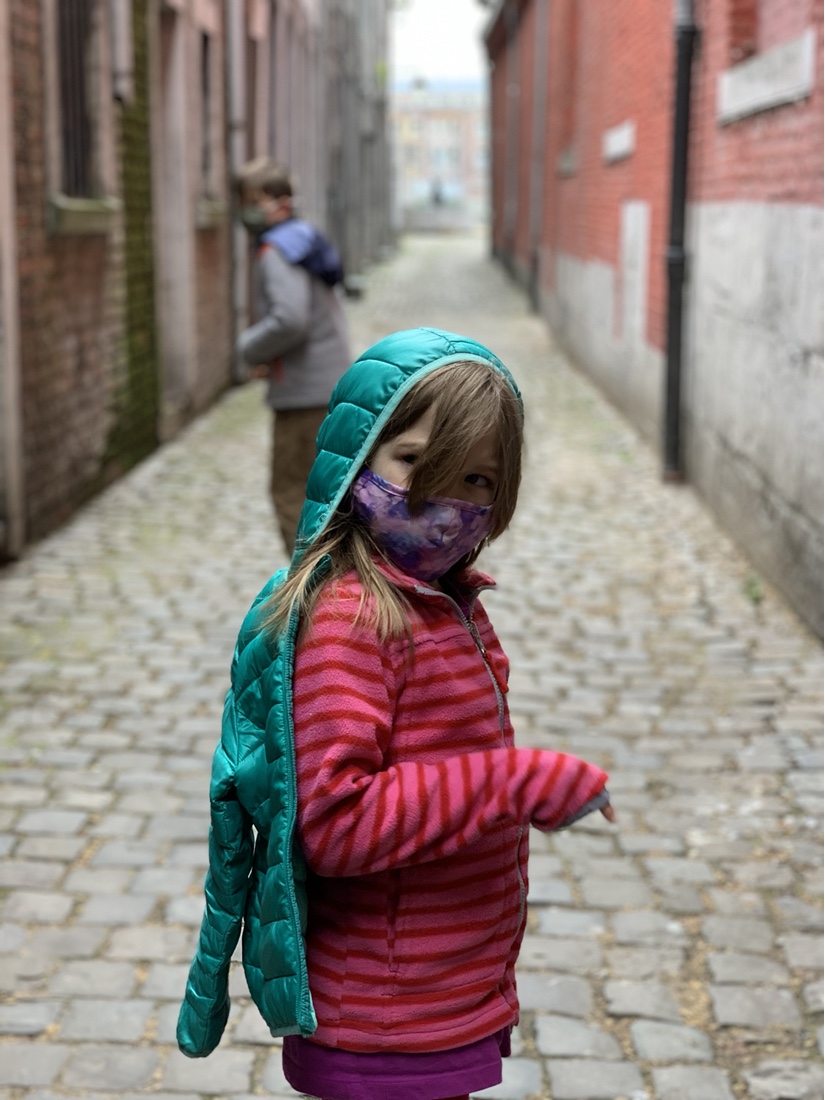
Up at the top of the stairs, the kids sat on top of the monument to finish their ice cream while we looked out over the city, the river and the hills. Isaac pointed out to Eloise that she dropped some garbage and needed to pick it up. Instead of responding SHE FARTED AT HIM. Isaac hooted with shock and delight. Good heavens.
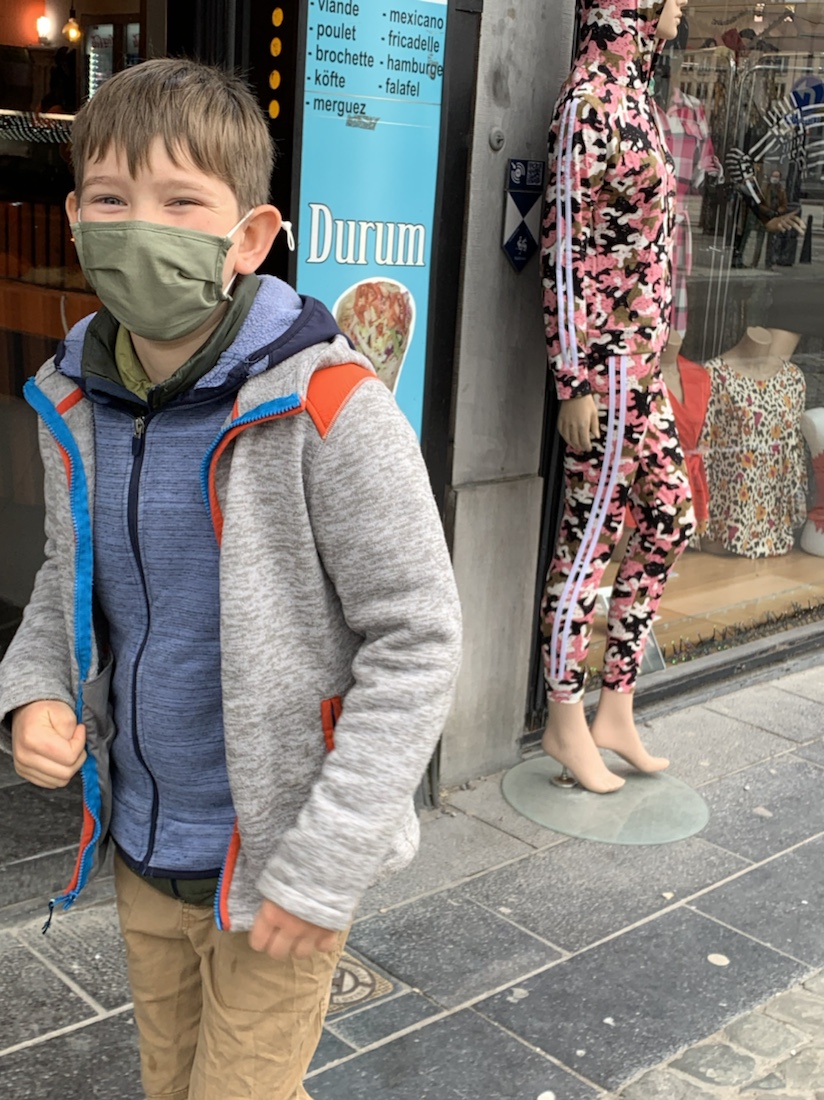
The Cathedrale Saint Paul de Liege deserved it’s own blog post but I was taking forever so here it is. This place blew me away. We always go in cathedrals when we can, and I love seeing the differences between them in different regions, cities and counties–how the German ones are blocked and boxy, the French ones soaring and light. This cathedral in Liege is maybe my favorite cathedral yet for its combination of styles in the stained glass. The entire cathedral made you want to look up; isn’t that the point of a cathedral—to stop looking at myself and to turn up toward God?
I had already noticed the stained glass from the outside, and it turns out that was exactly the point: “The poetic composition was meant to be legible from the pedestrian centre, as a sign notifying of the sacred place,” read a sign inside. “‘The Architecture of Light,’ commissioned for the upper window openings of the Cathedral, was supposed to preserve luminosity in the nave while keeping it elusive, occupied.” They call it a way of “taming the light.”
The facing windows, with partial circles of blue, yellow, indigo and green, evoke the seven days of creation, “the creation of order in the initial chaos,” and as they progress toward the choir “sing the harmony of the creation of ‘a new heaven and a new earth’ as described in the Apocalypse.”
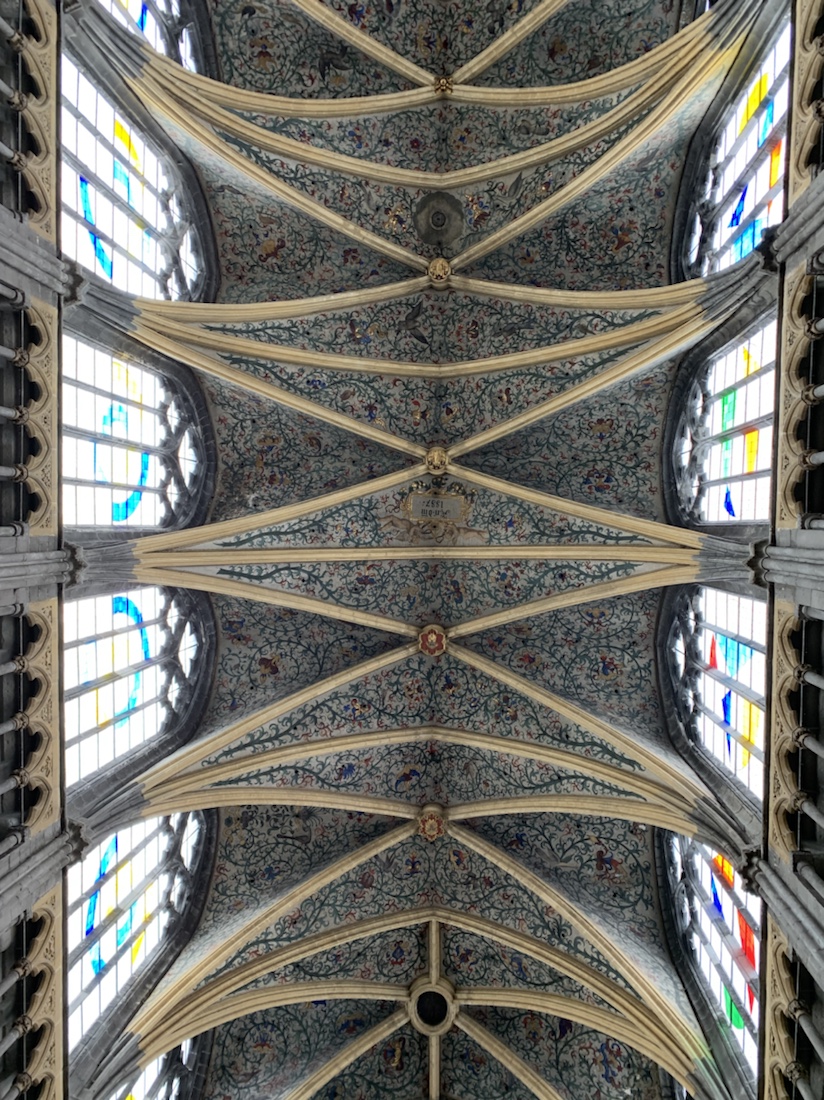
Inside the Cathedrale Saint Paul de Liege 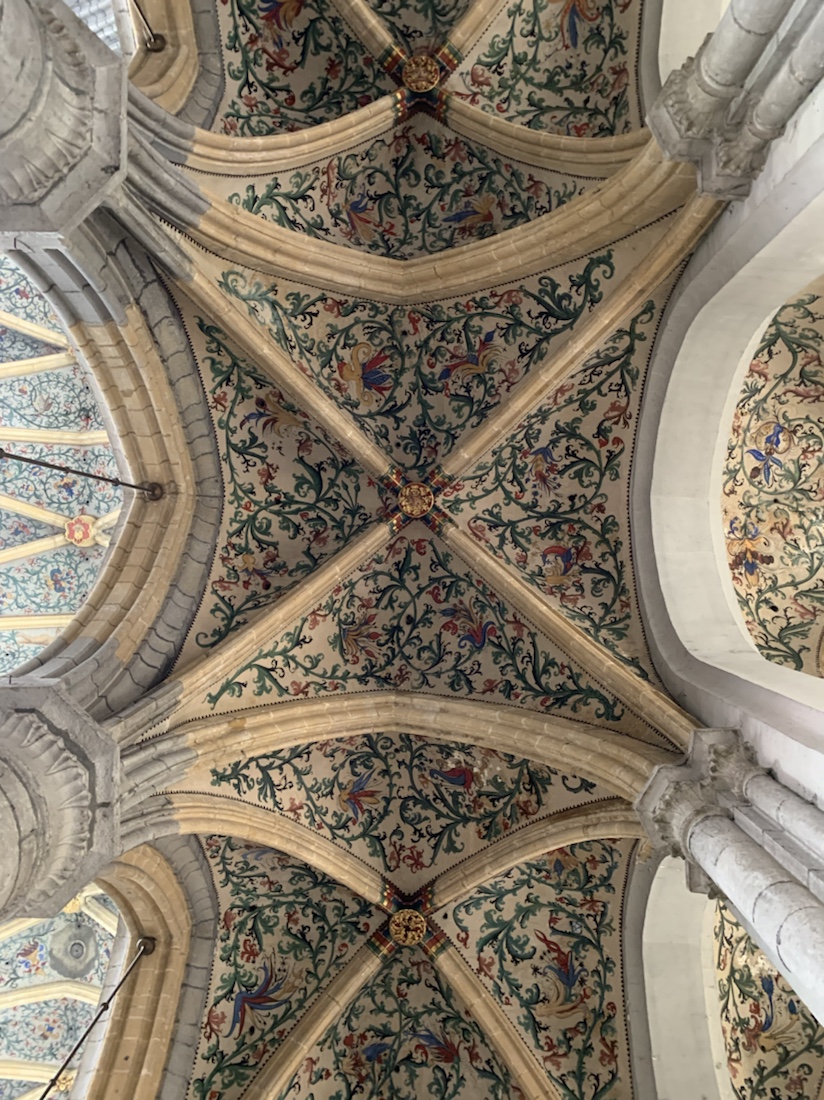
stunning 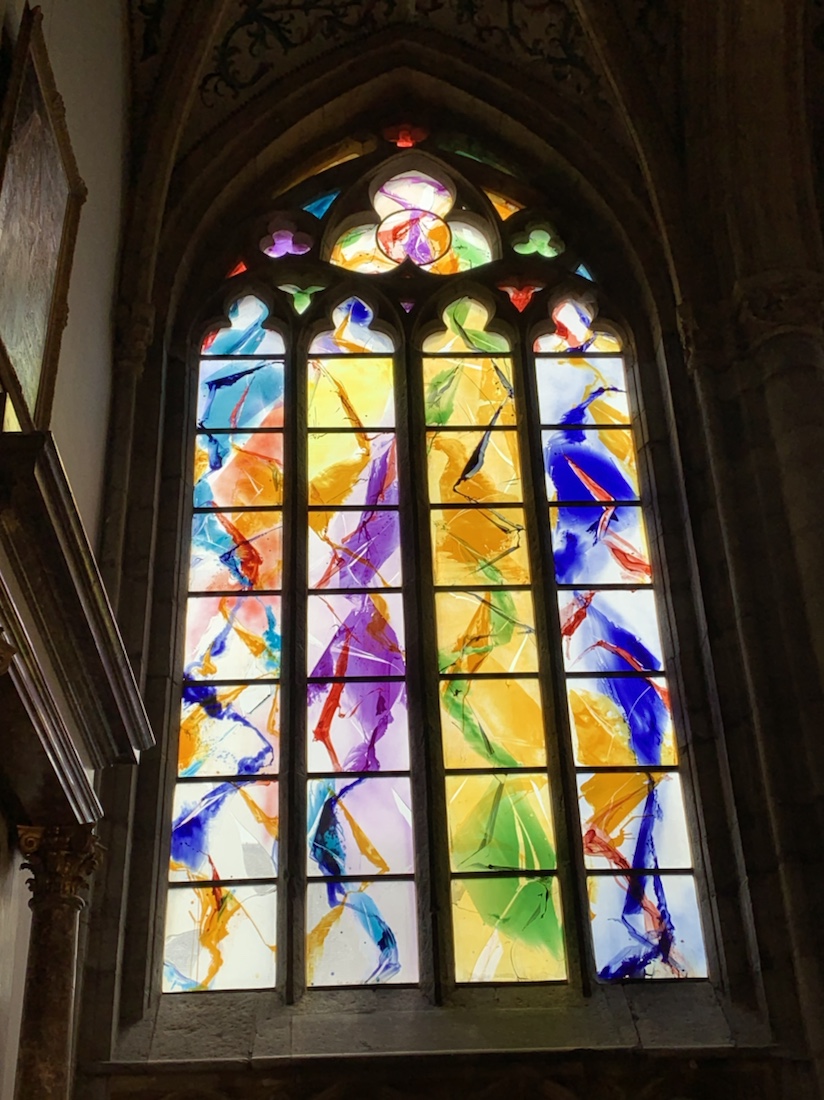
One window of “The Architecture of Light” 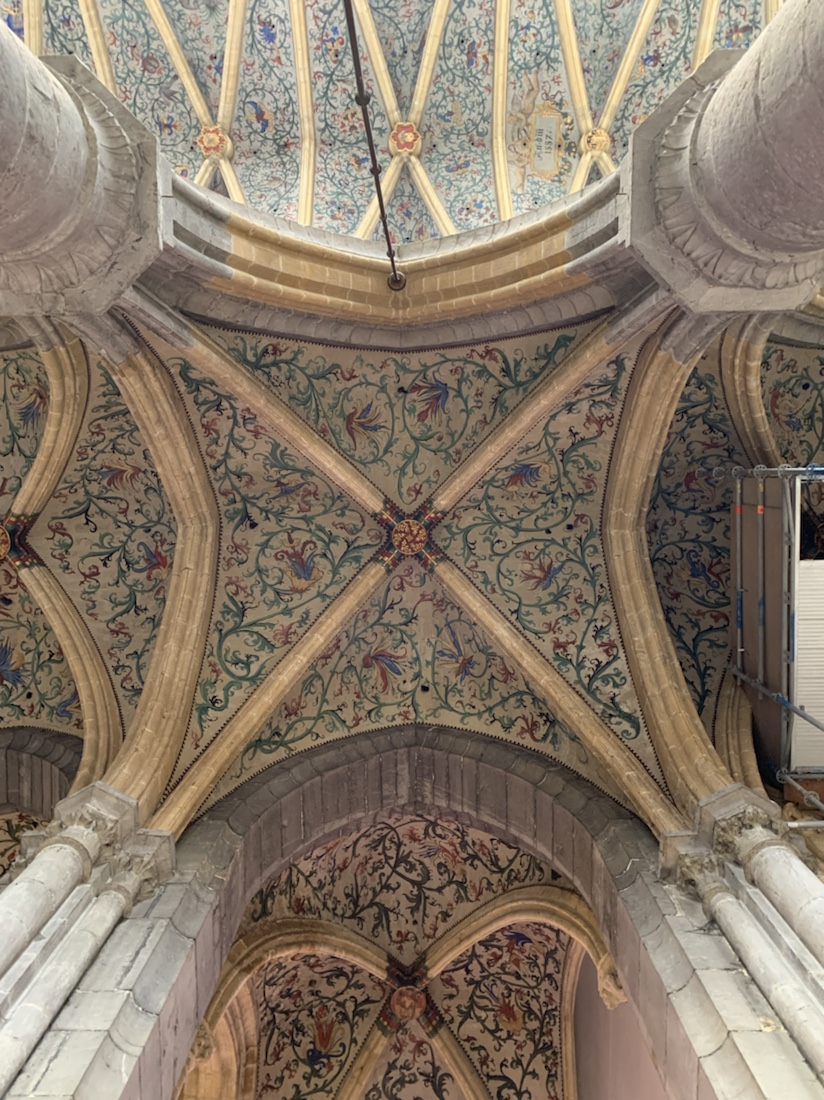
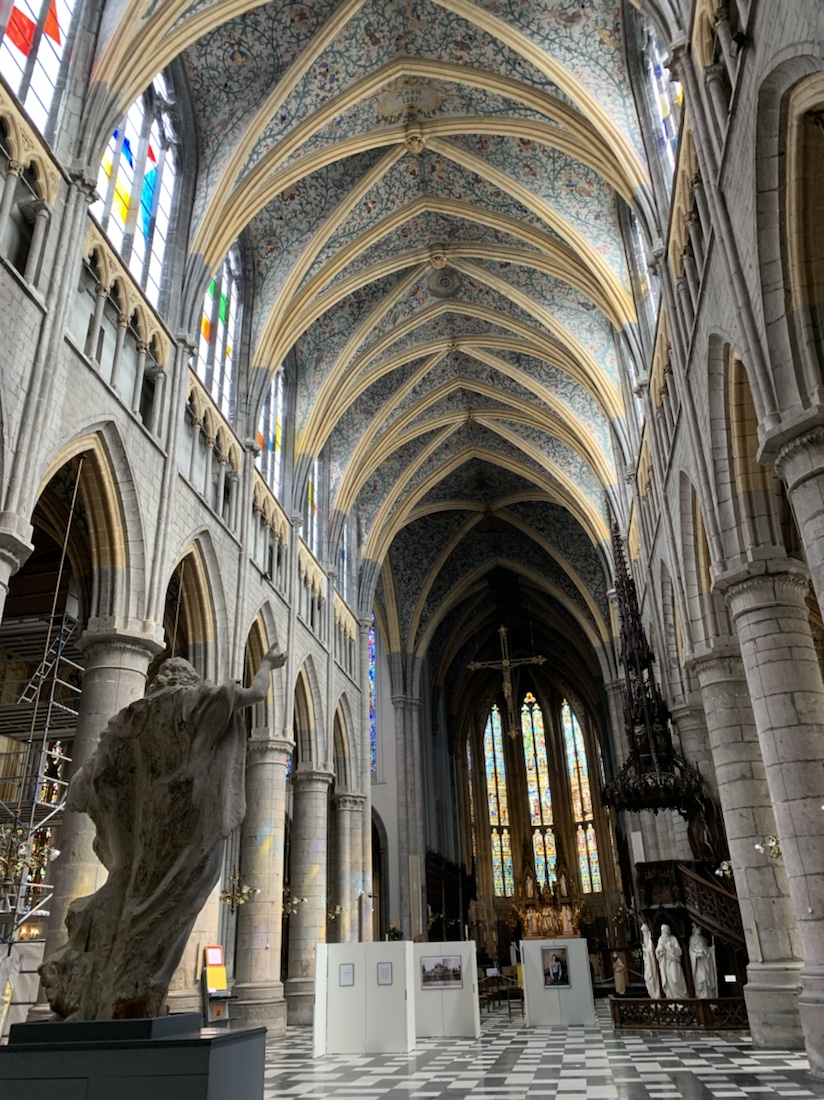
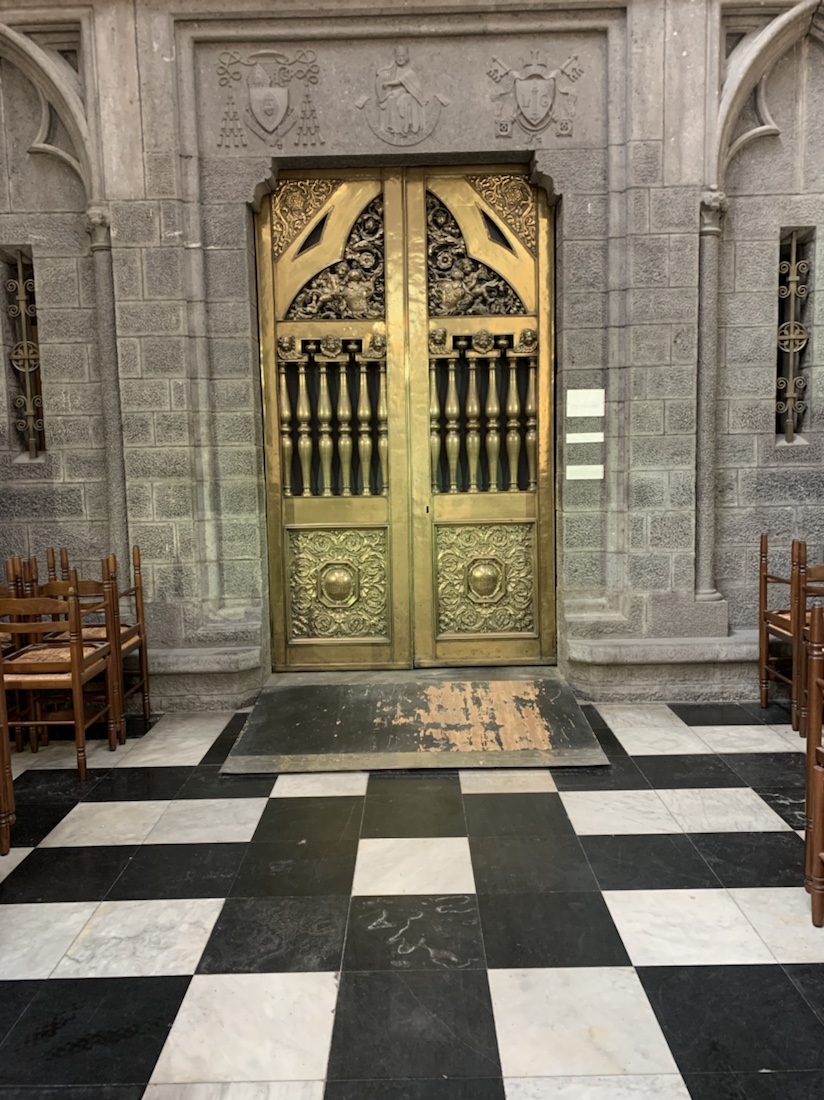
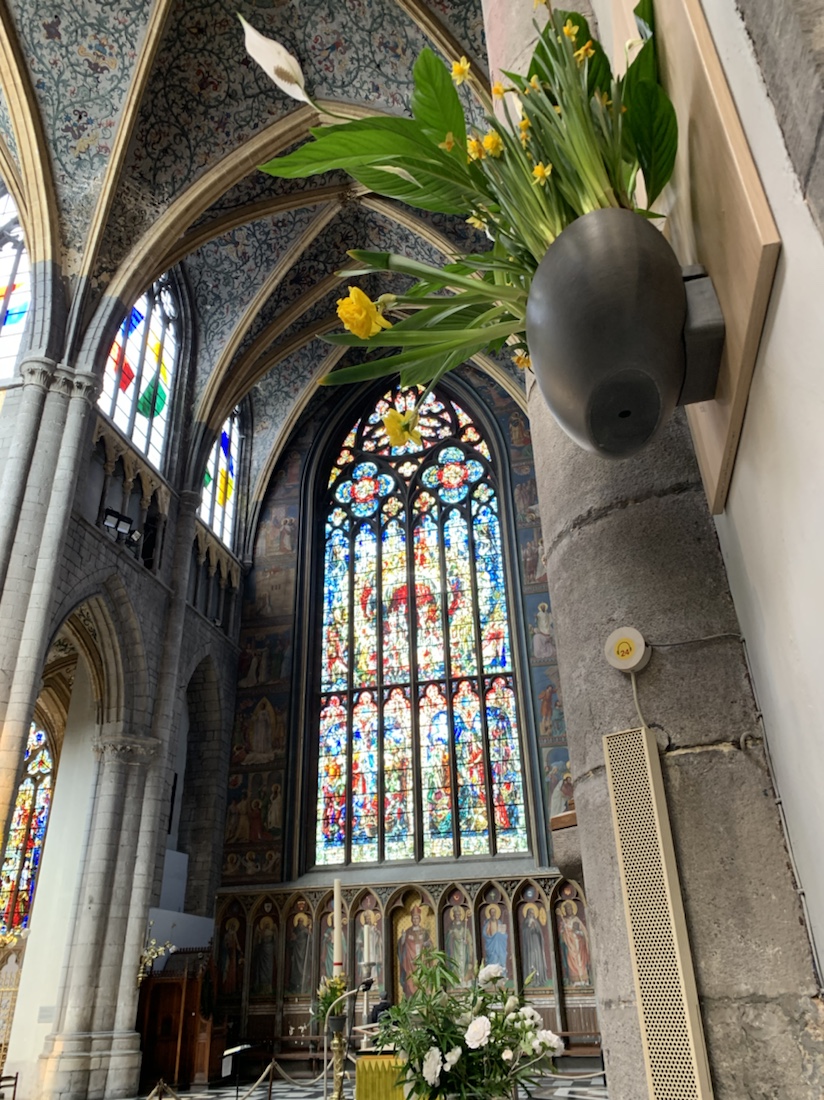
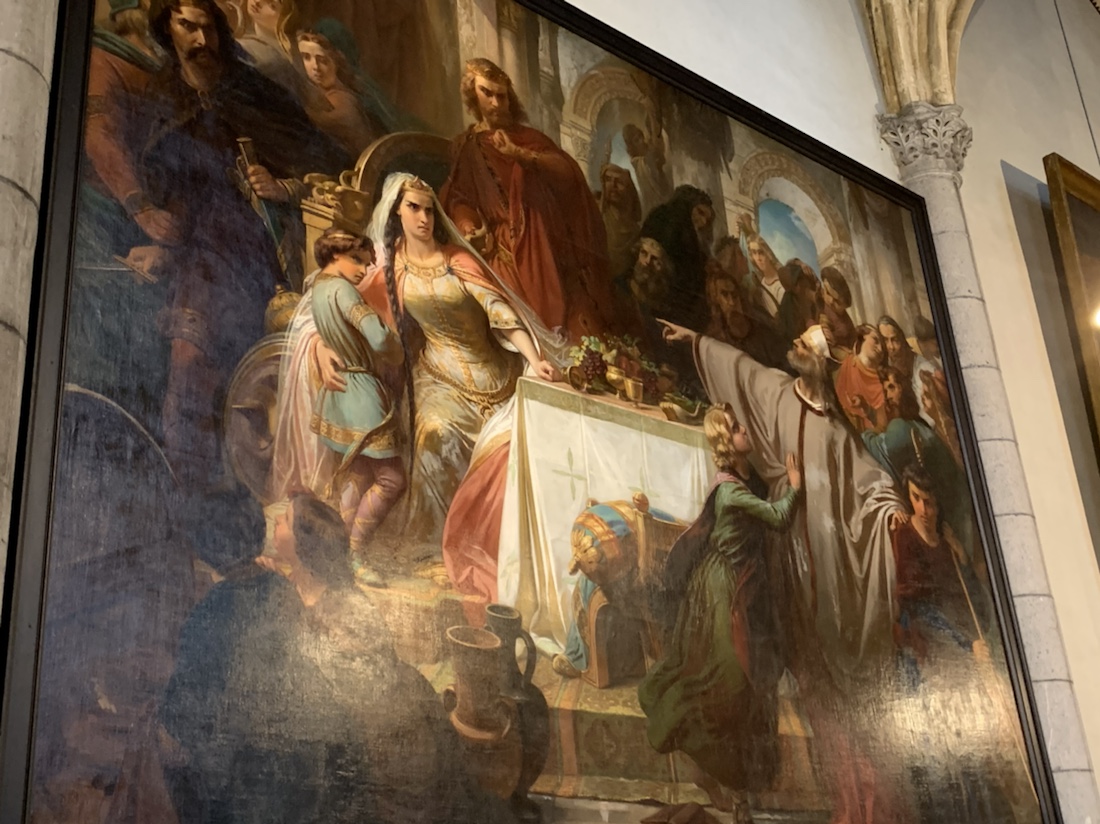
St. Lambert on the right was killed for not blessing this marriage 
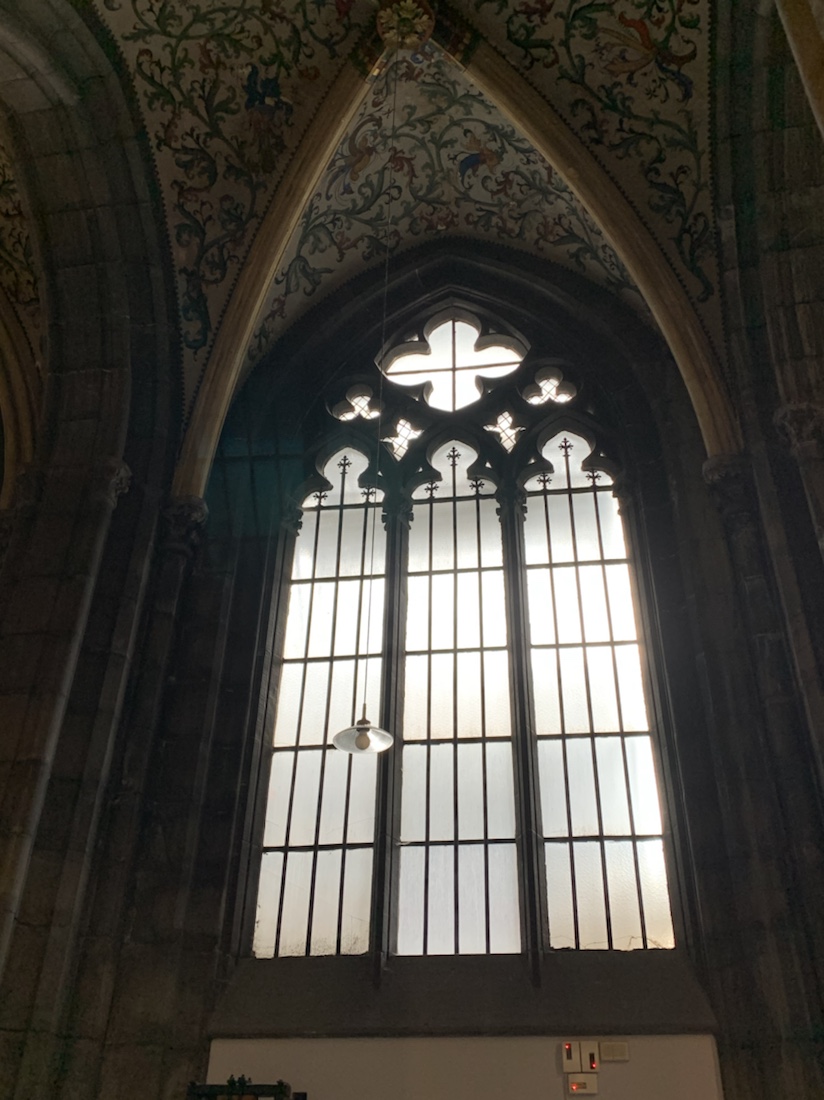
usually blown out windows are replaced like this 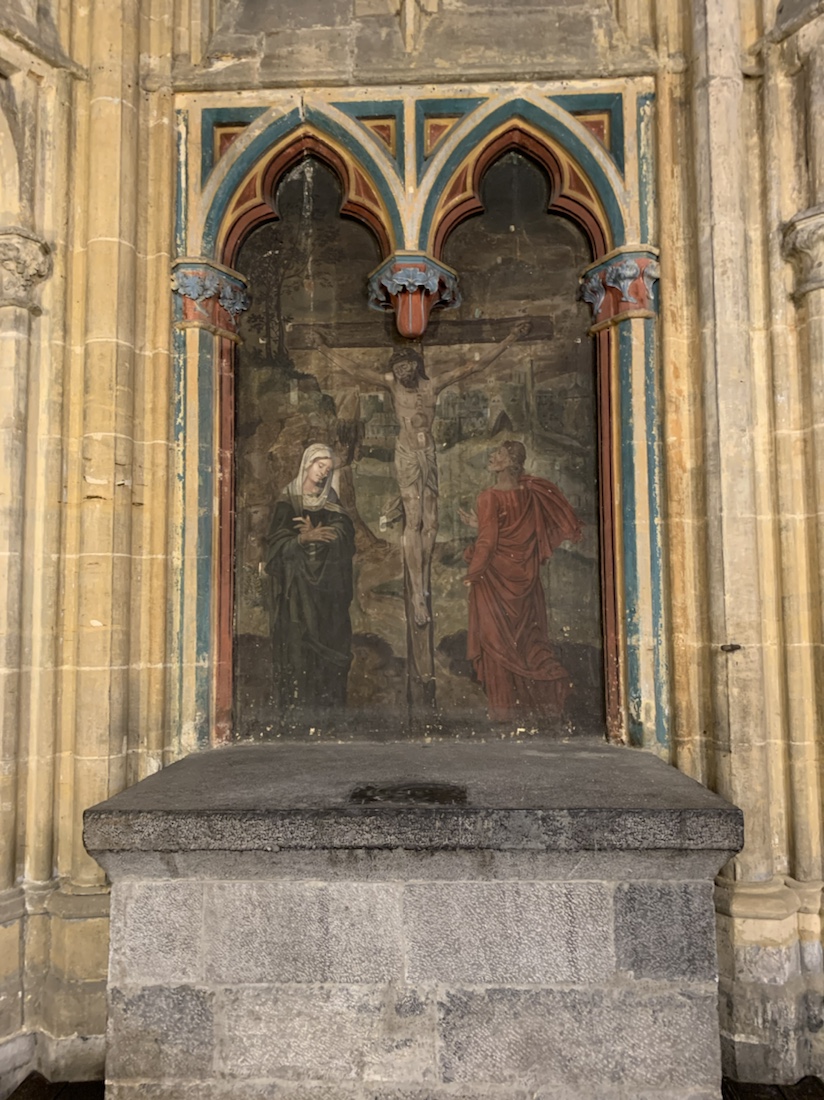
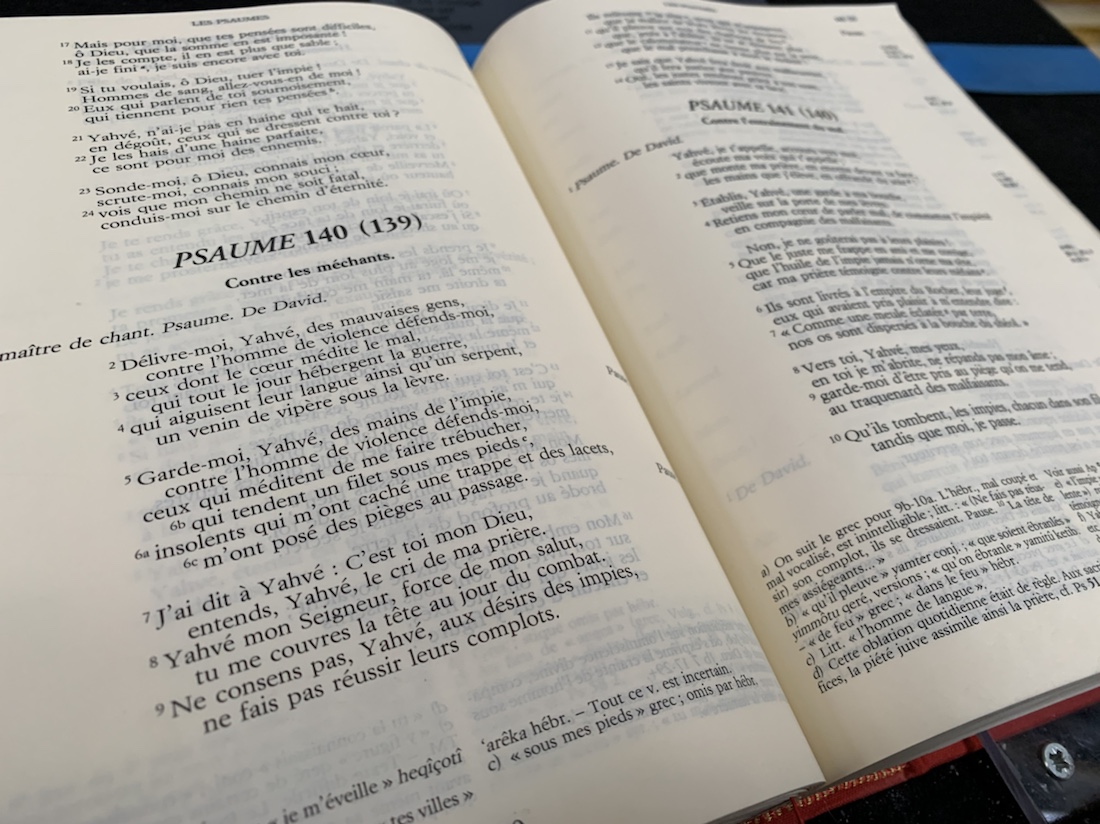
Psalms in French 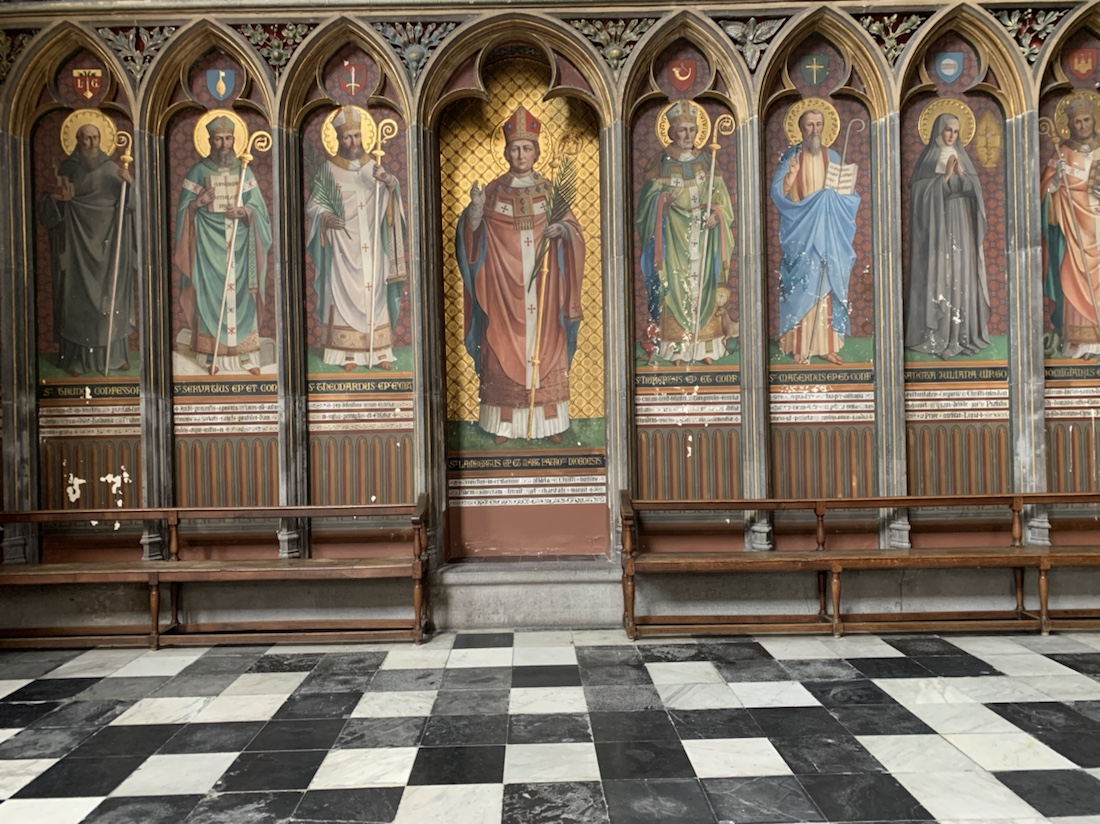
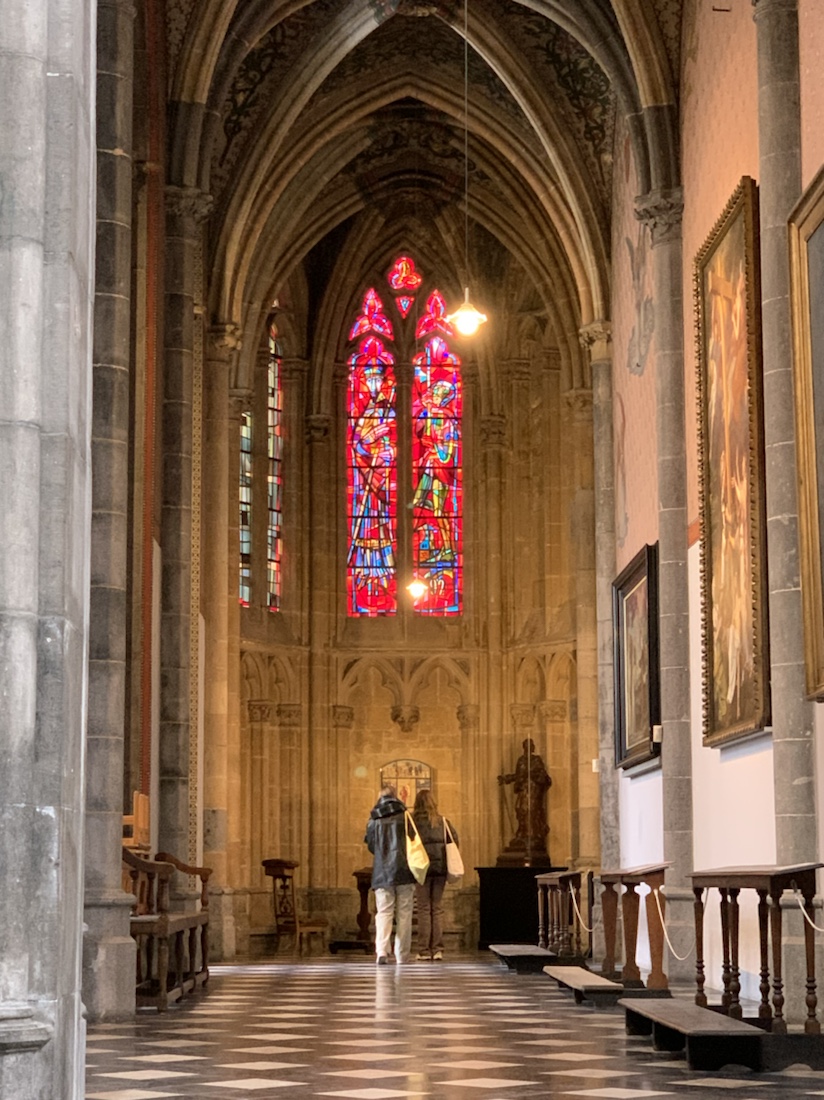
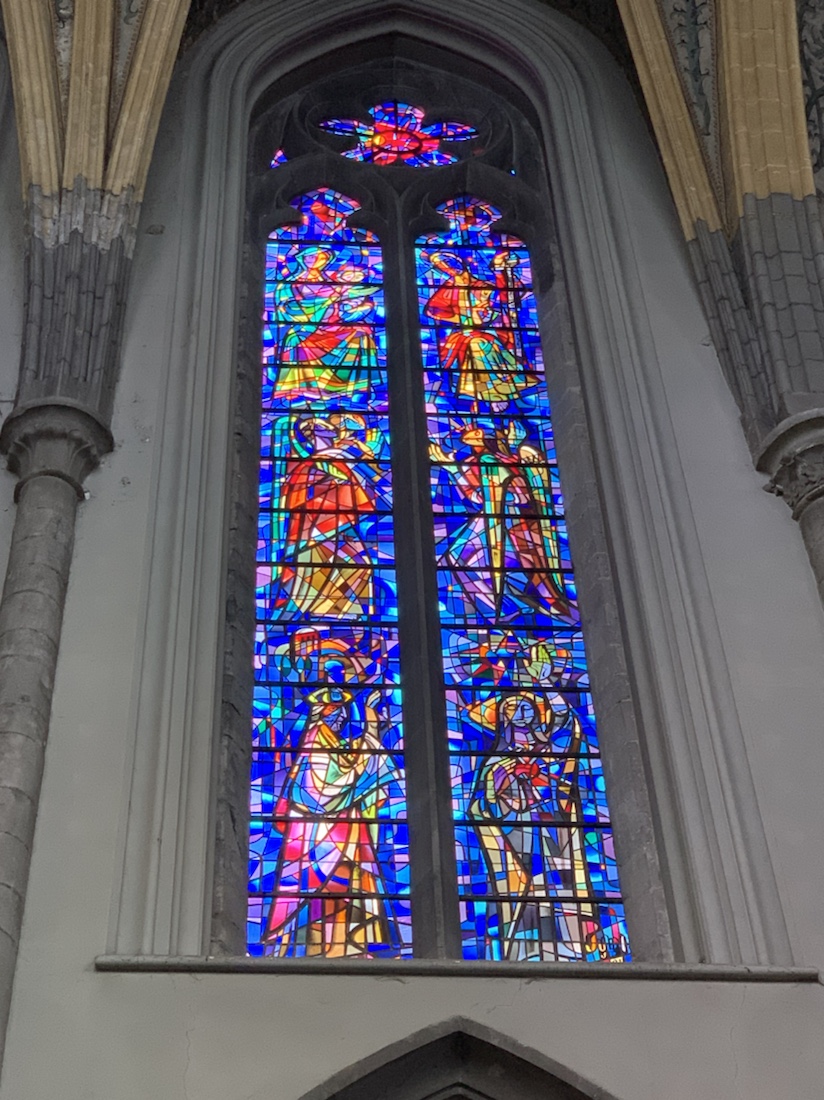
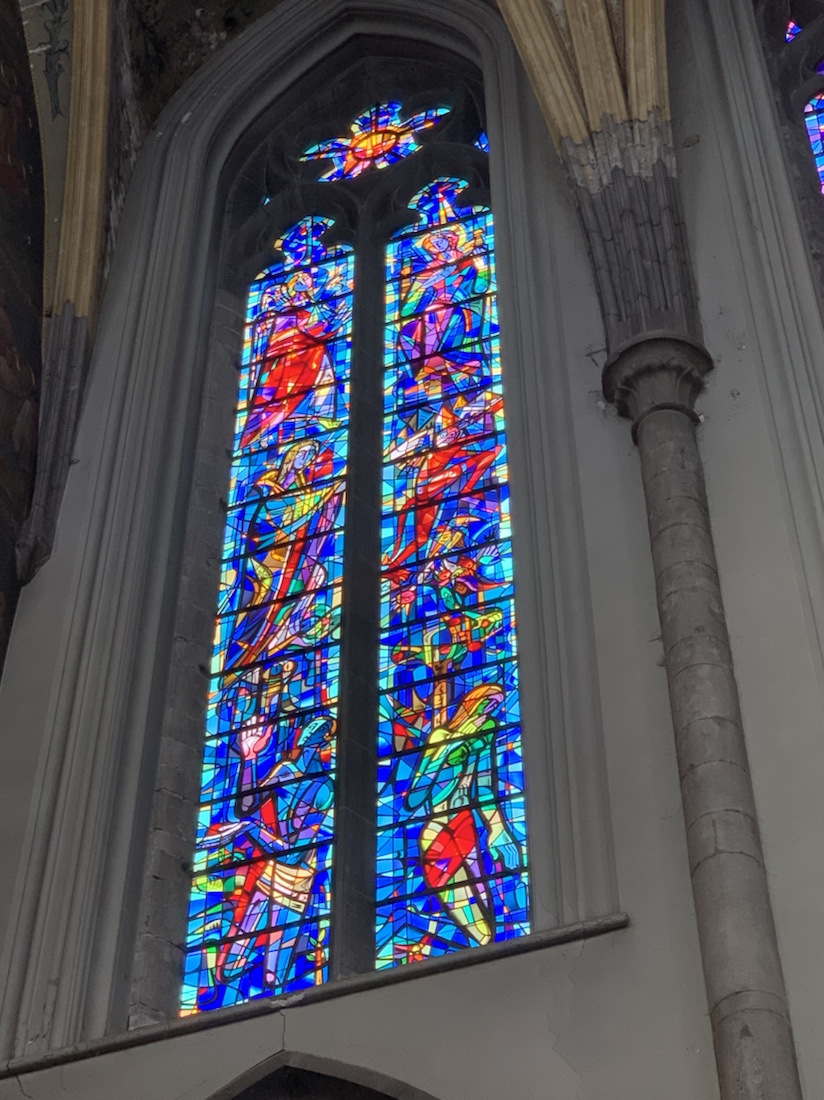
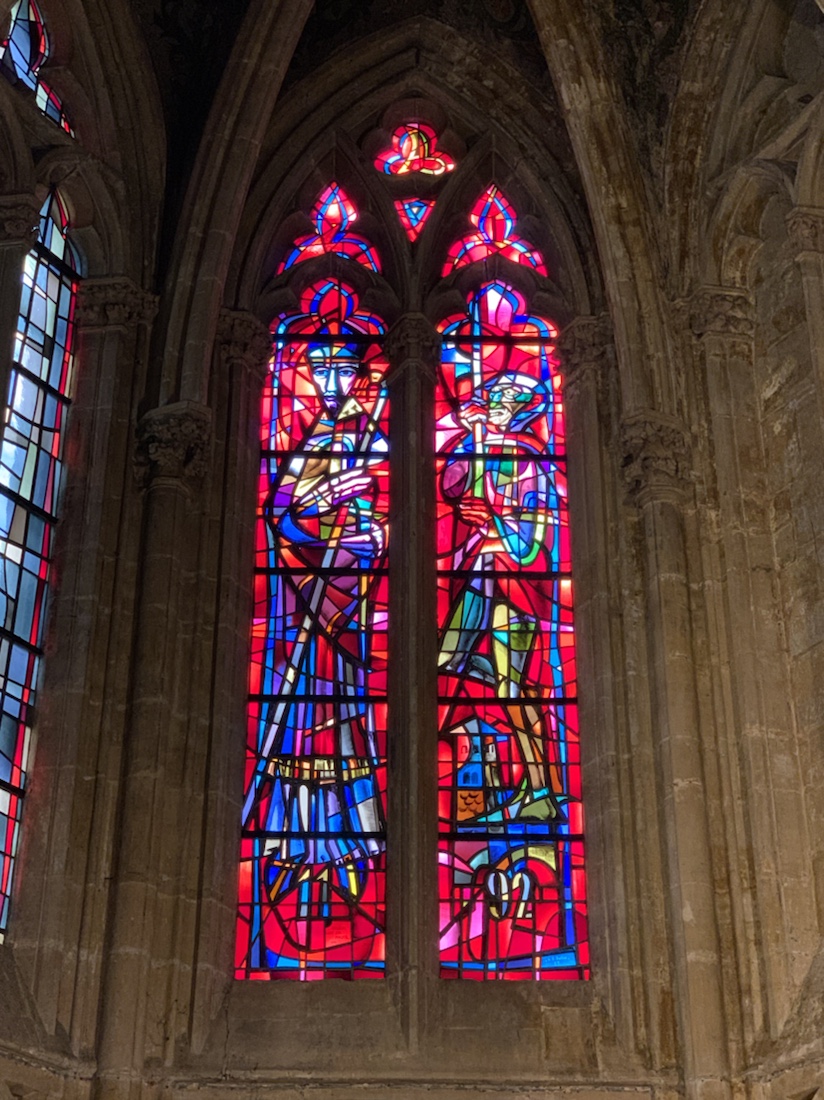
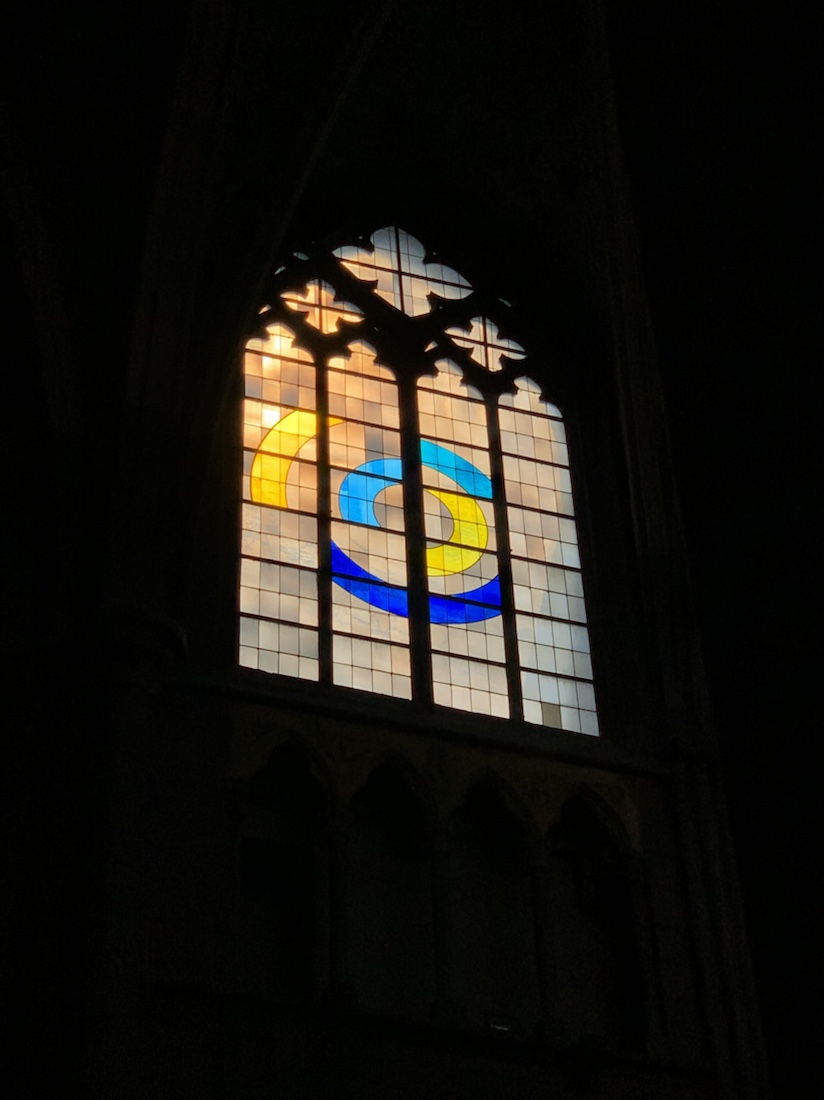
One of the creation windows 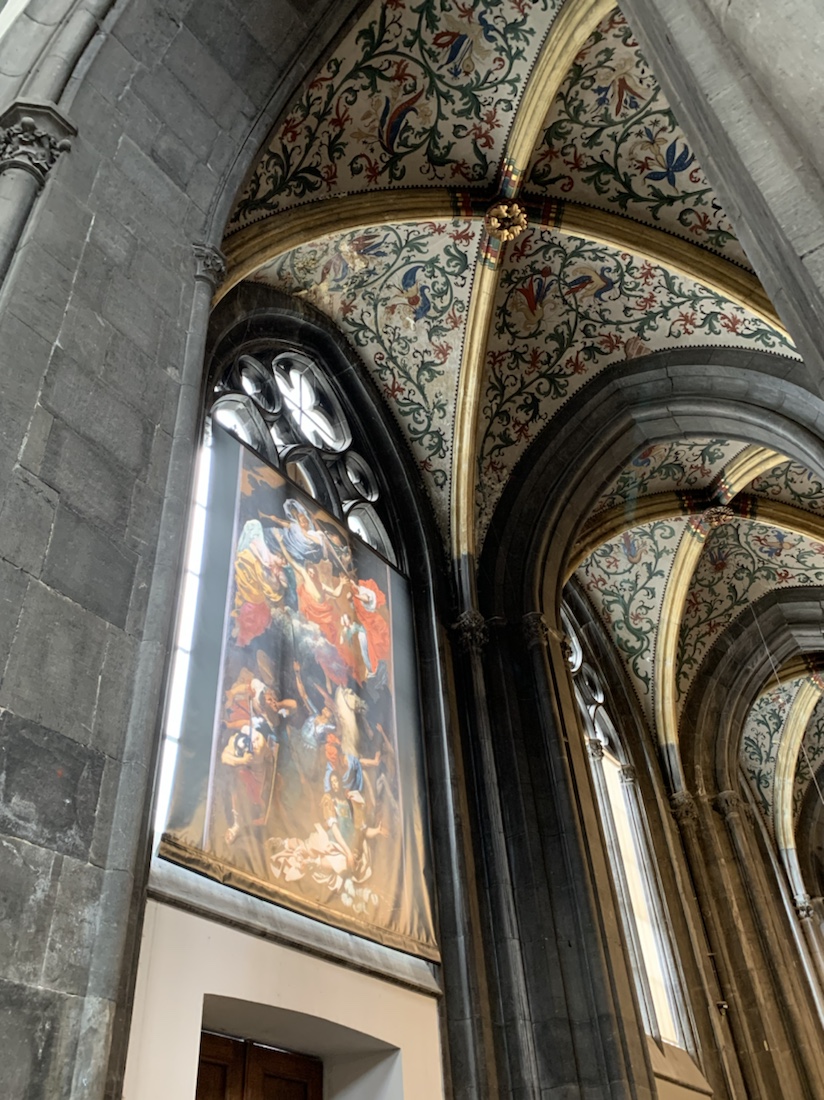
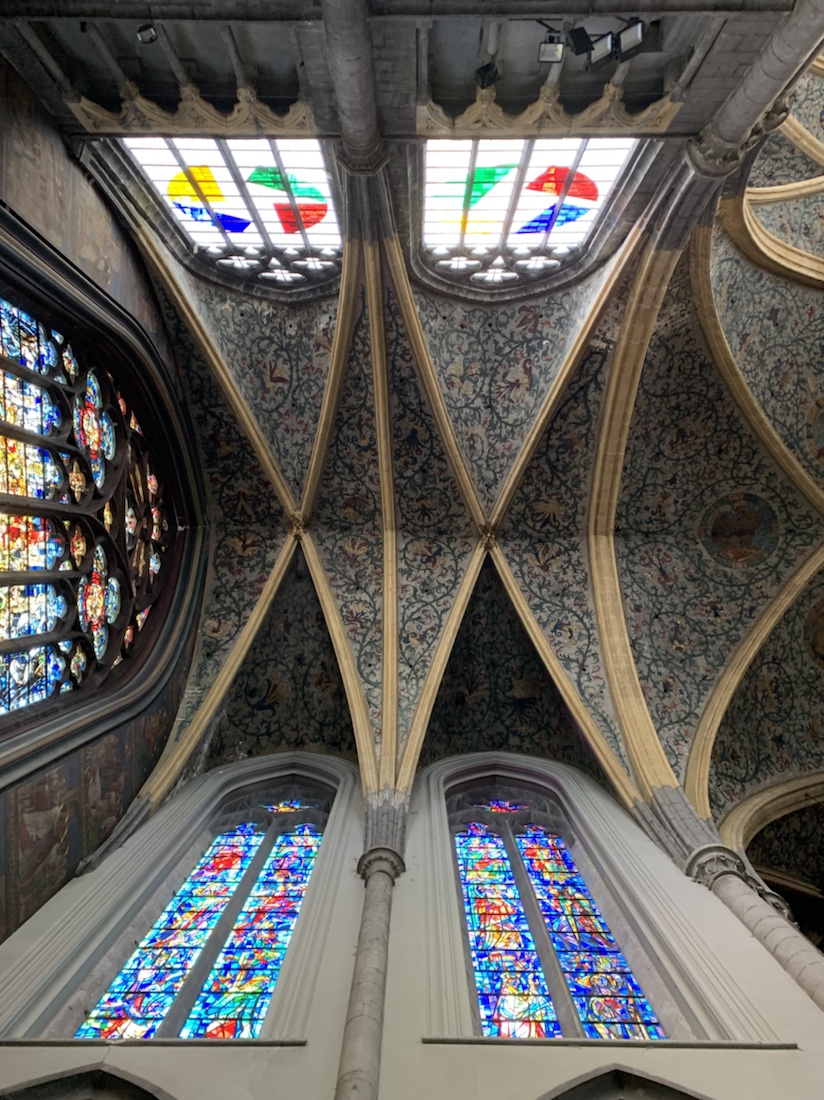
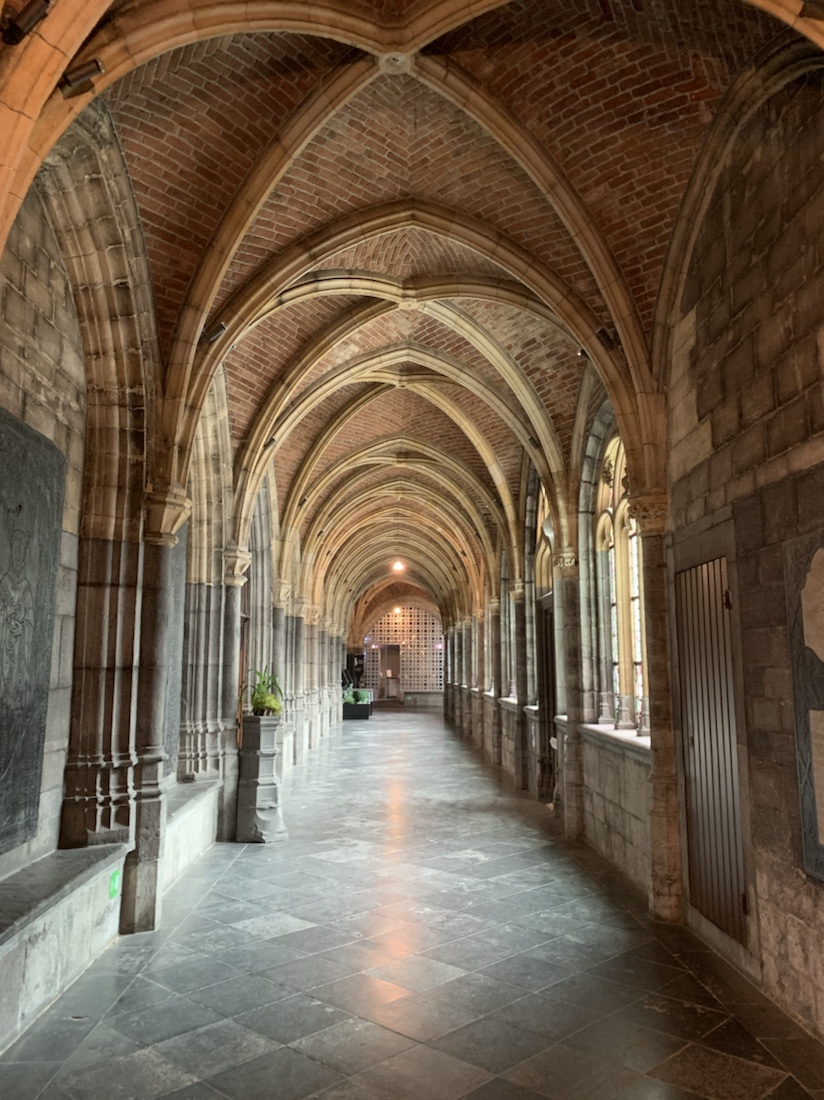
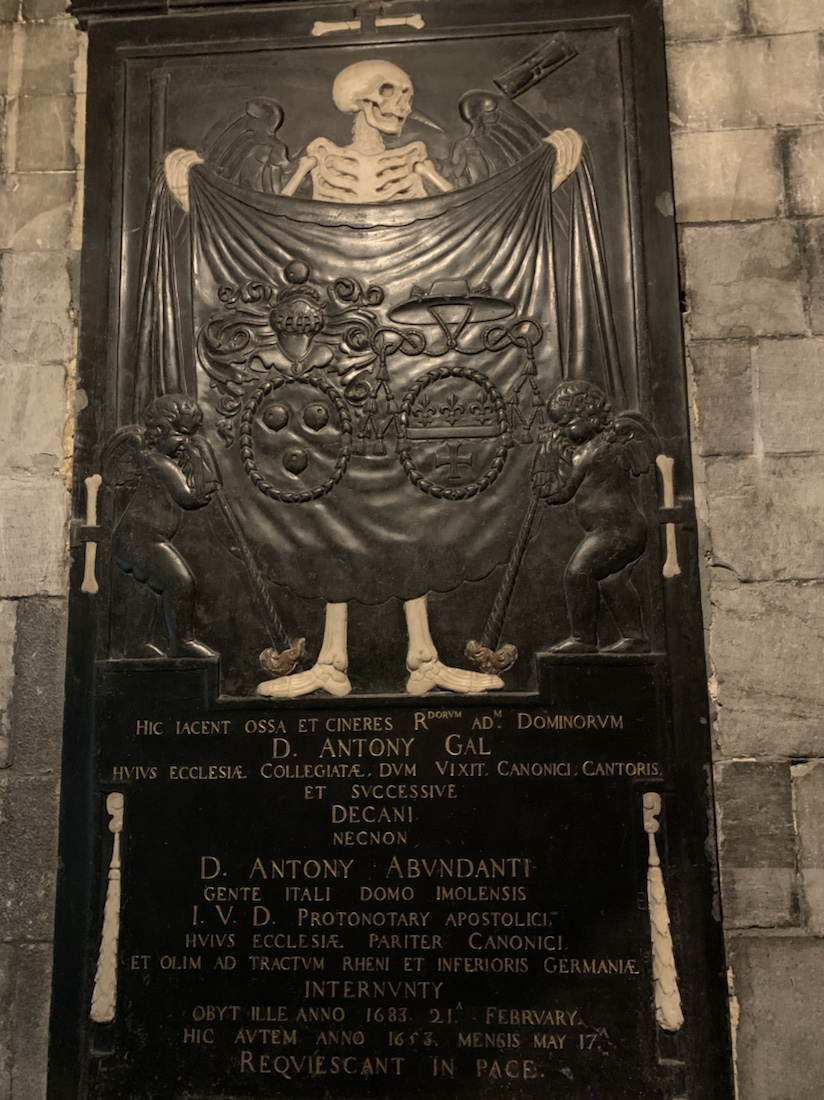
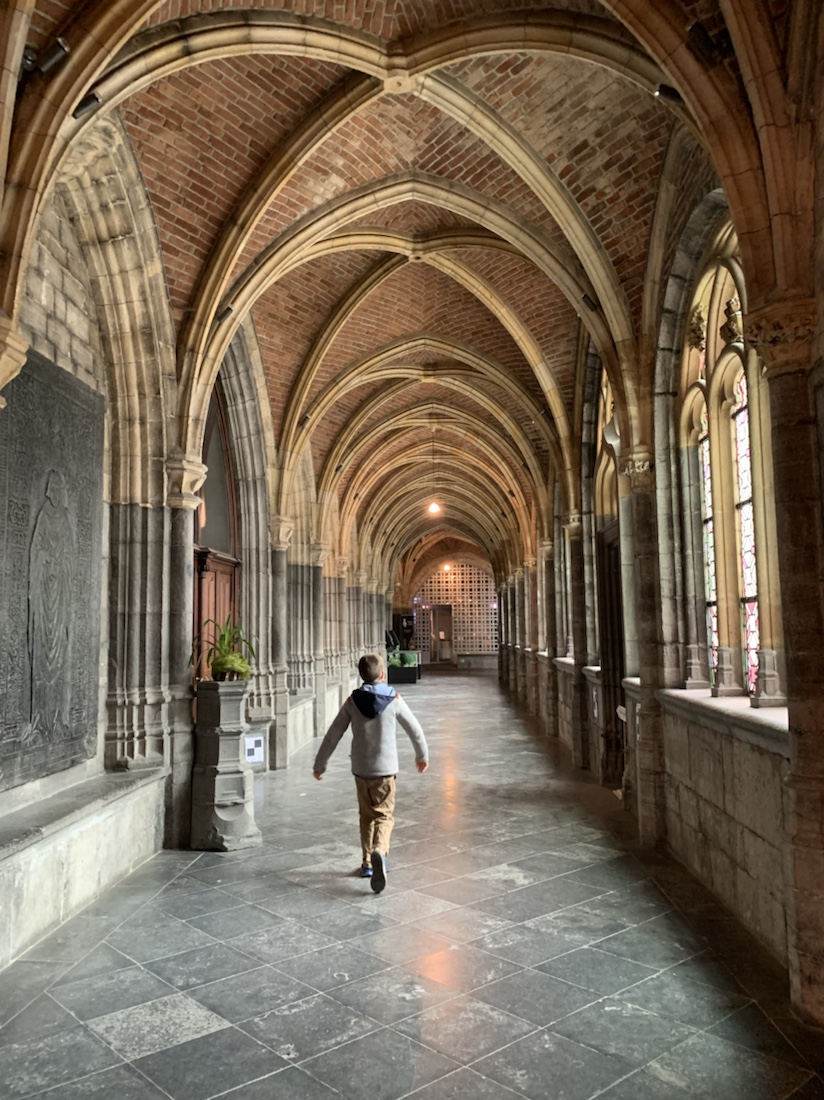
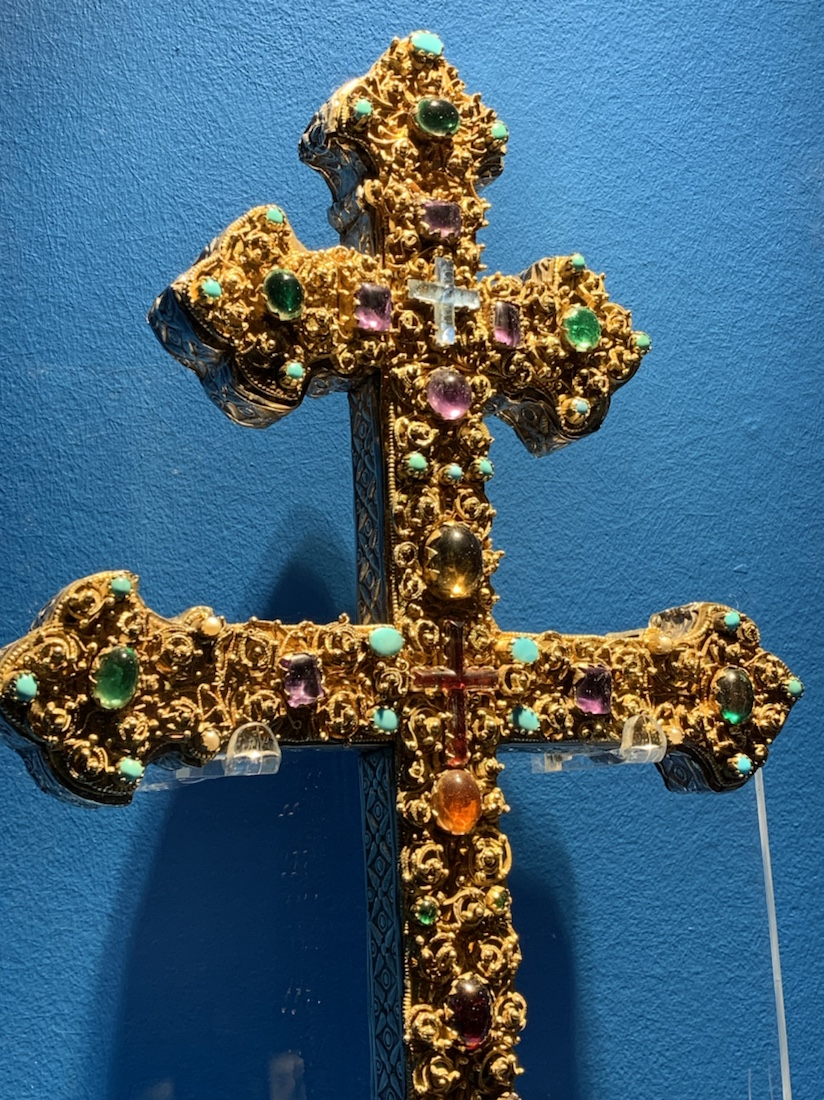
13th Century reliquary cross (empty) 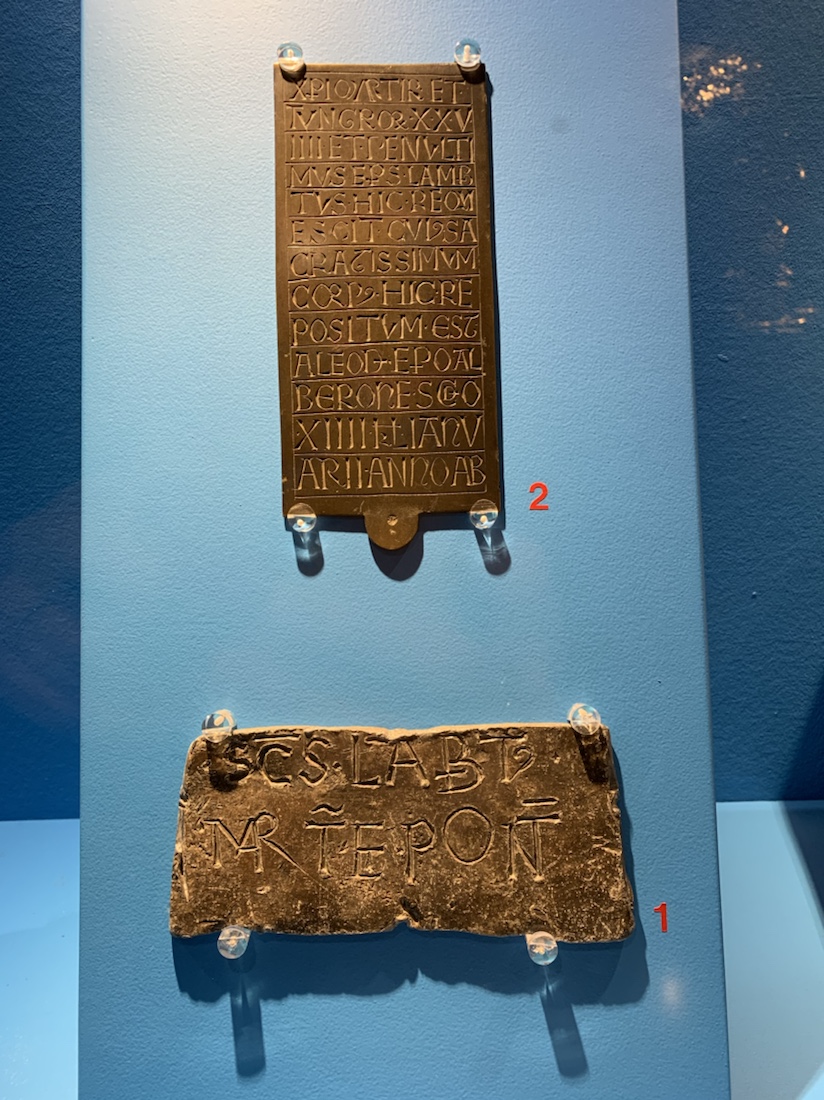
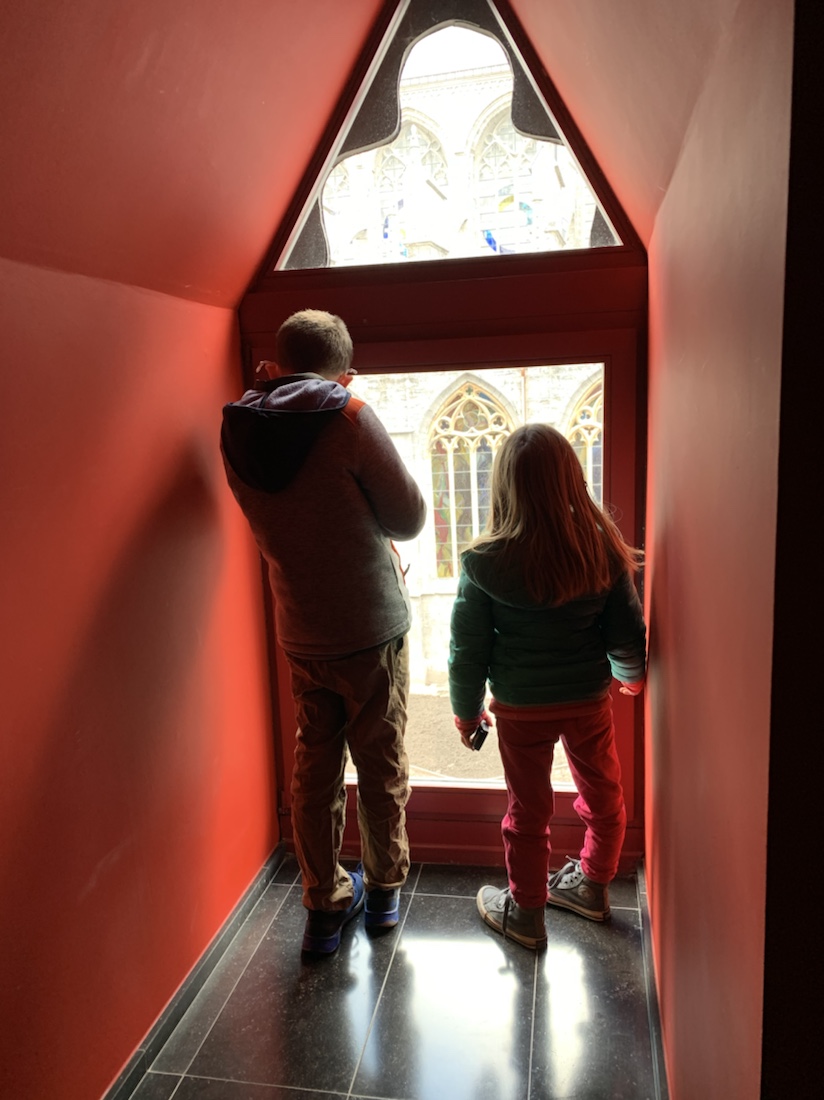
they liked making music in the treasury near the song books 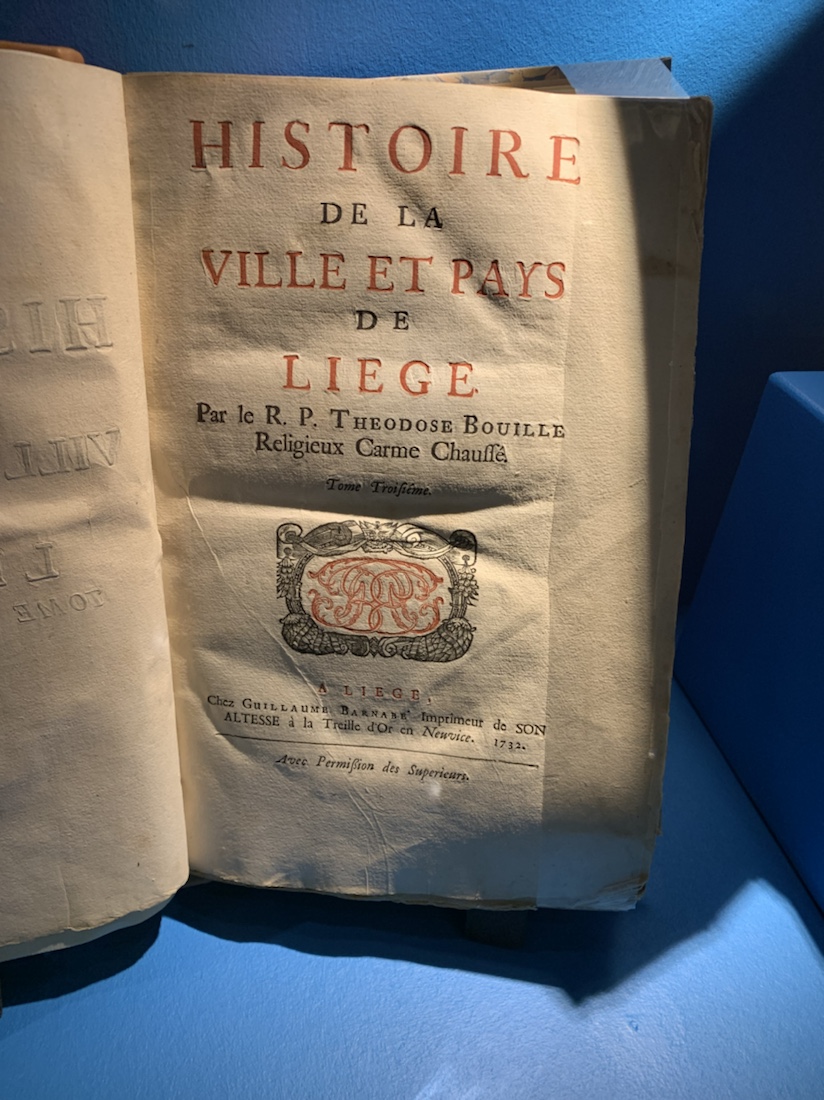
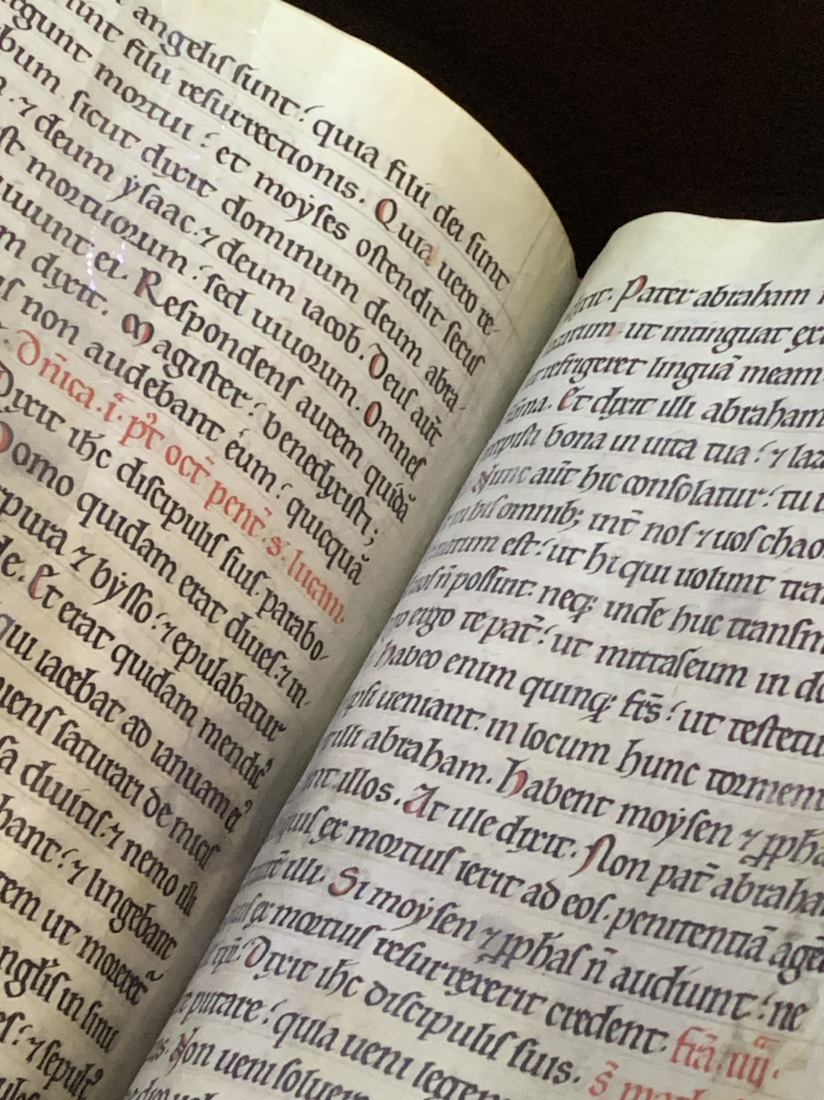
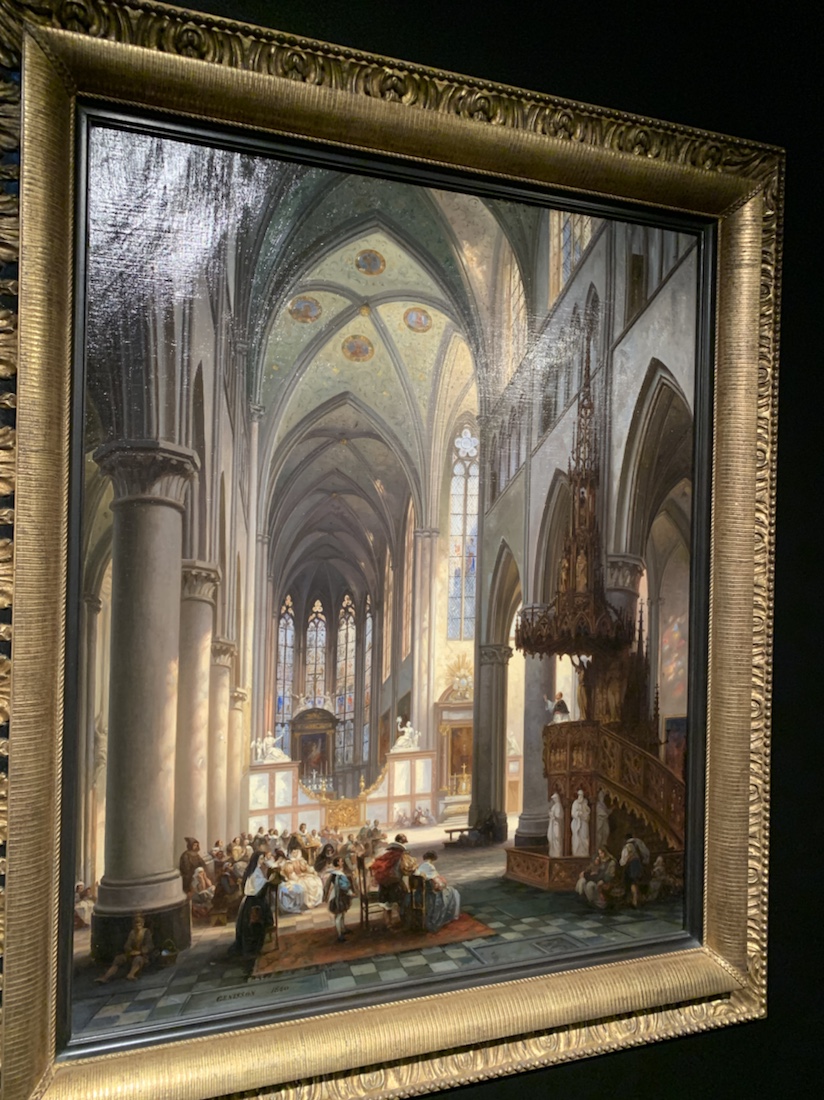
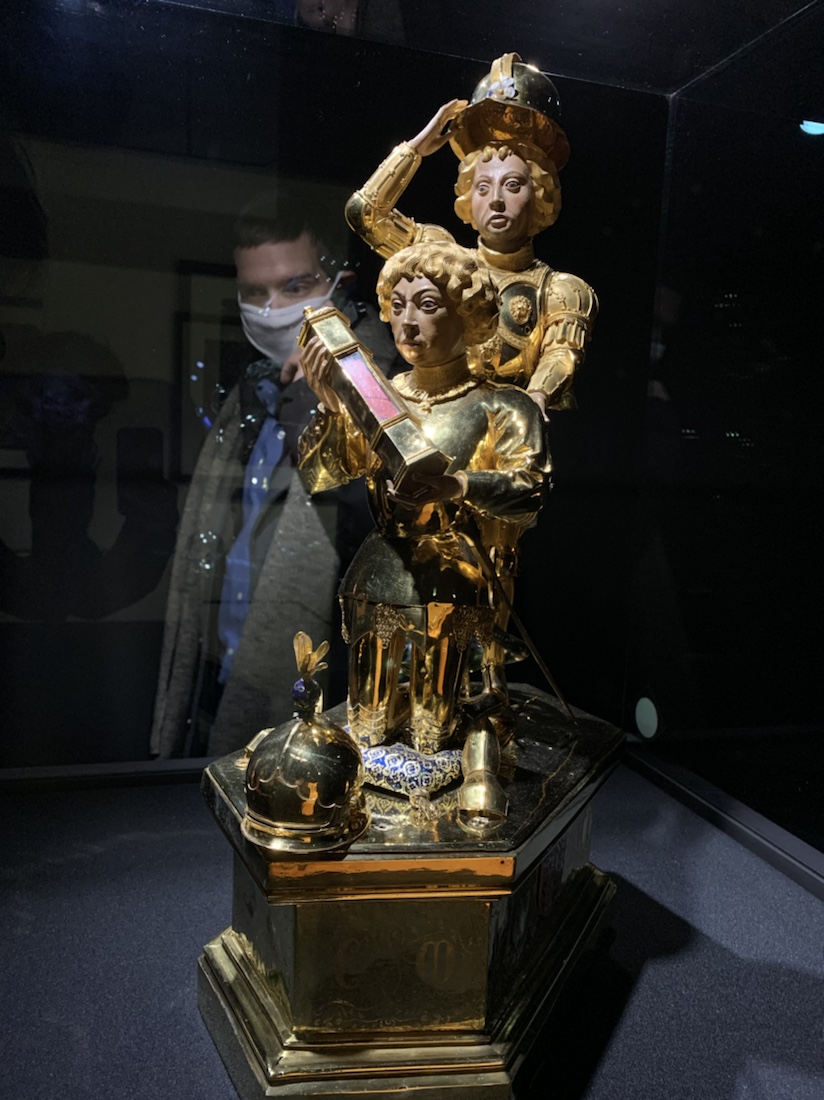
Chris and a relic
The artist, Kim en Joong, was born in South Korea in 1940 and brought together Korean calligraphy with Western-style abstract art to design the windows. He converted to Christianity at the age of 25 and entered the Dominican Order.
“Kim en Joong’s stained-glass windows are not about light or matter but about this elusive divide in between which calls for an ‘Elsewhere.’ His creations are nothing but a stepping stone: they place themselves at the service of the Light so that the light becomes what the passerby will make of it. In the chapel of the bishop martyr, founder of the church in Liege, the colours are those of the resurrection, in turns suffering and blazing, to eventually become paschal. Another passage.”
I love the idea that the beauty of the windows is in drawing people’s attention upwards to the light, and that without light, they’re formless. I love that when the old windows were destroyed, probably in one of the world wars like most cathedrals in the continent, they were replaced with a new style of art. Some cathedrals seem clearly like static works of architectural art. Other cathedrals have evidence of thriving bodies of believers who continue to visit and reflect the light of Christ in the world, to use their talents to draw others in, to encourage them to look up. This cathedral felt active.
The treasury next door holds an astonishing assortment of relics, vestments, precious metals and rugs from the Silk Road dating to the 600s. Many of the items were once held in the treasury at the popular-with-pilgrims cathedral of Saint Lambert that used to stand back over by the Archeoforum. The former cathedral’s slow dismantling allowed for the safe removal of the objects over to this cathedral. Most cathedrals ended dramatically with fires, bombing or looting, scattering their precious treasures, but this one was decommissioned for reasons I can’t remember.
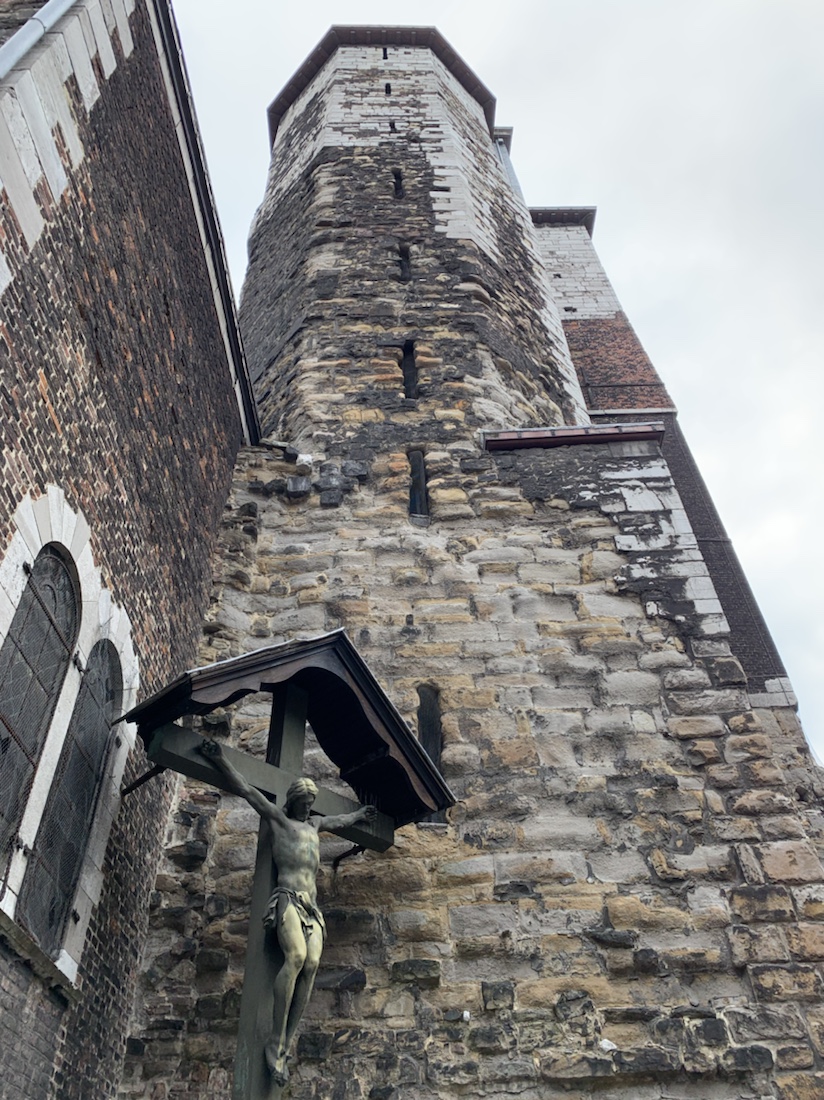
Saint-Denis Church 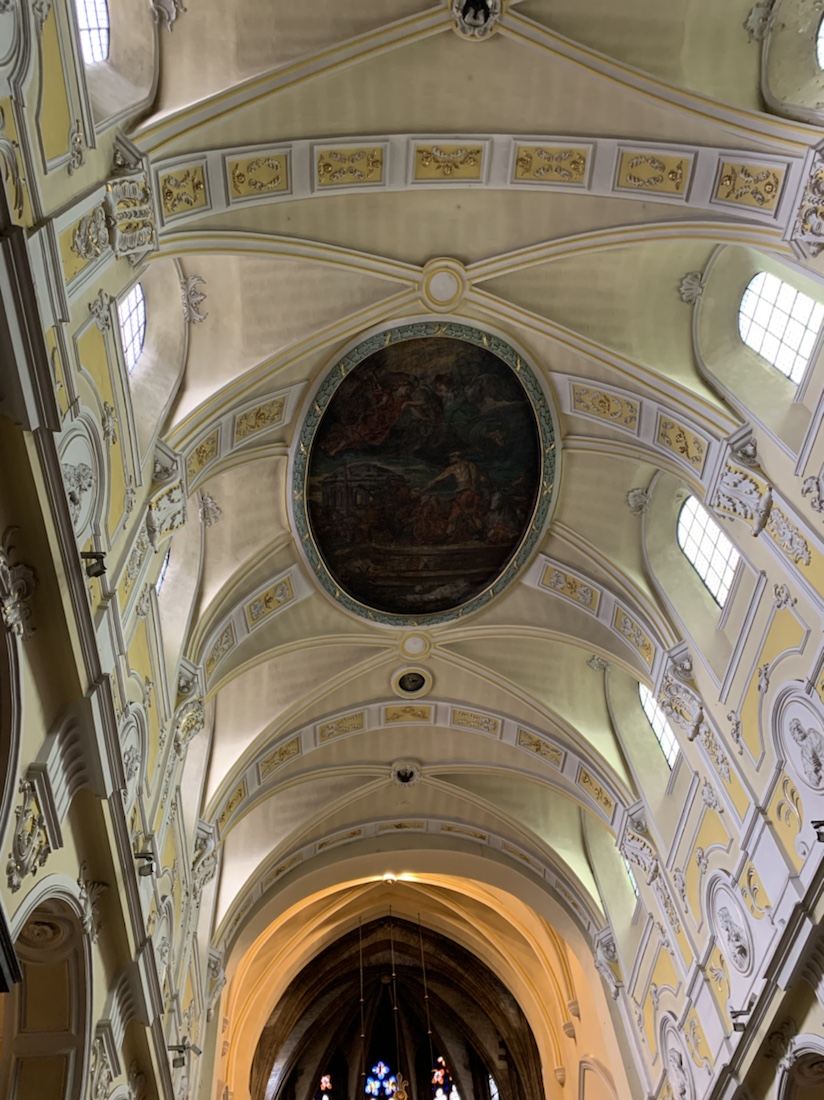
Interior of Saint-Denis — totally different from the cathedral 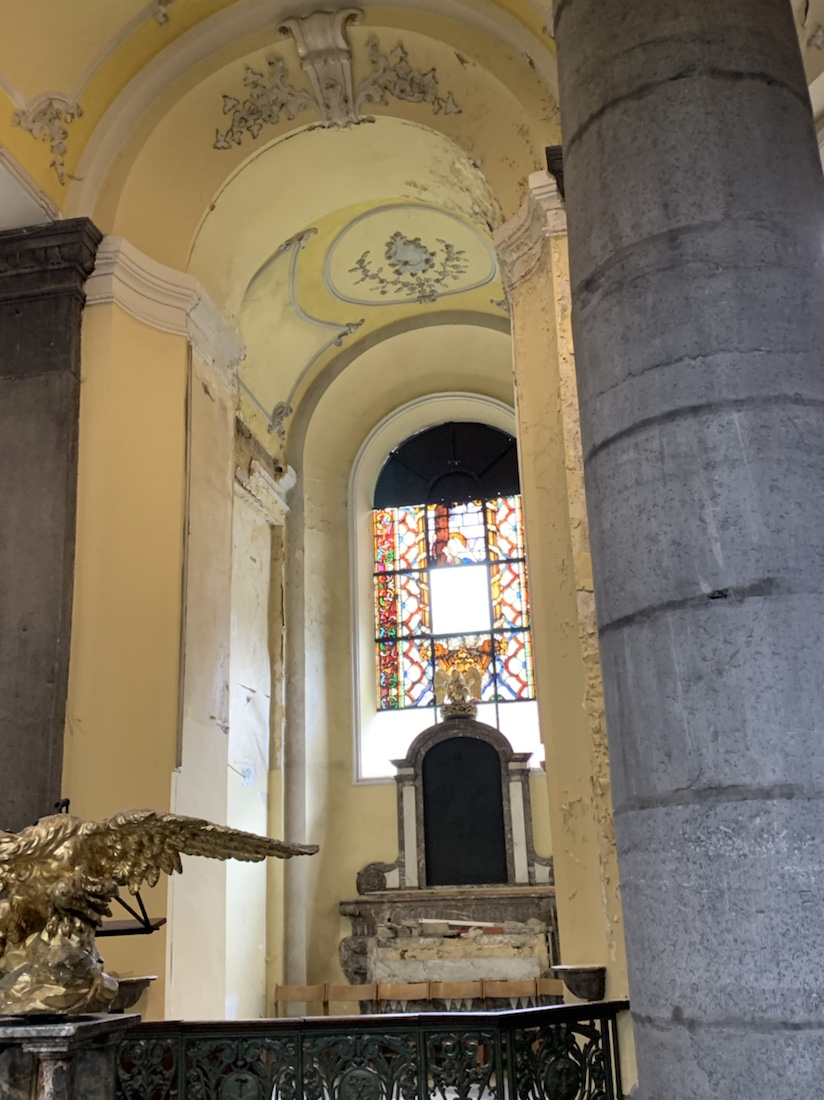
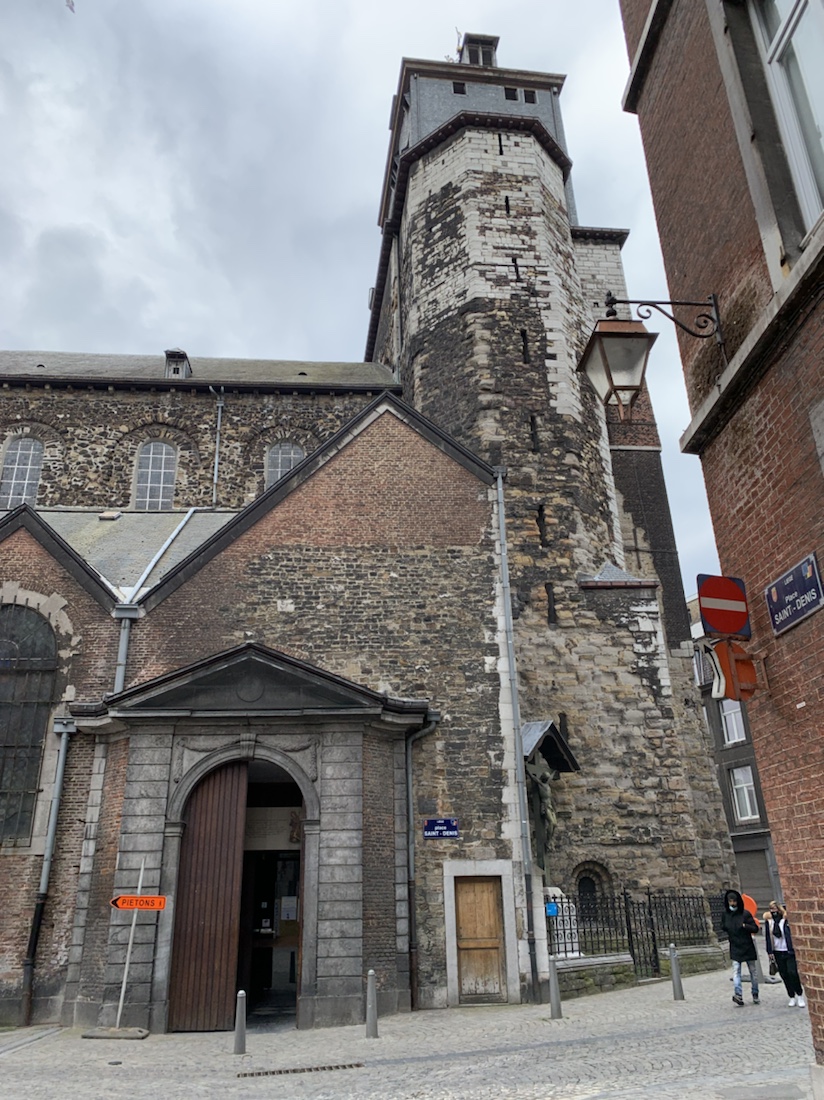
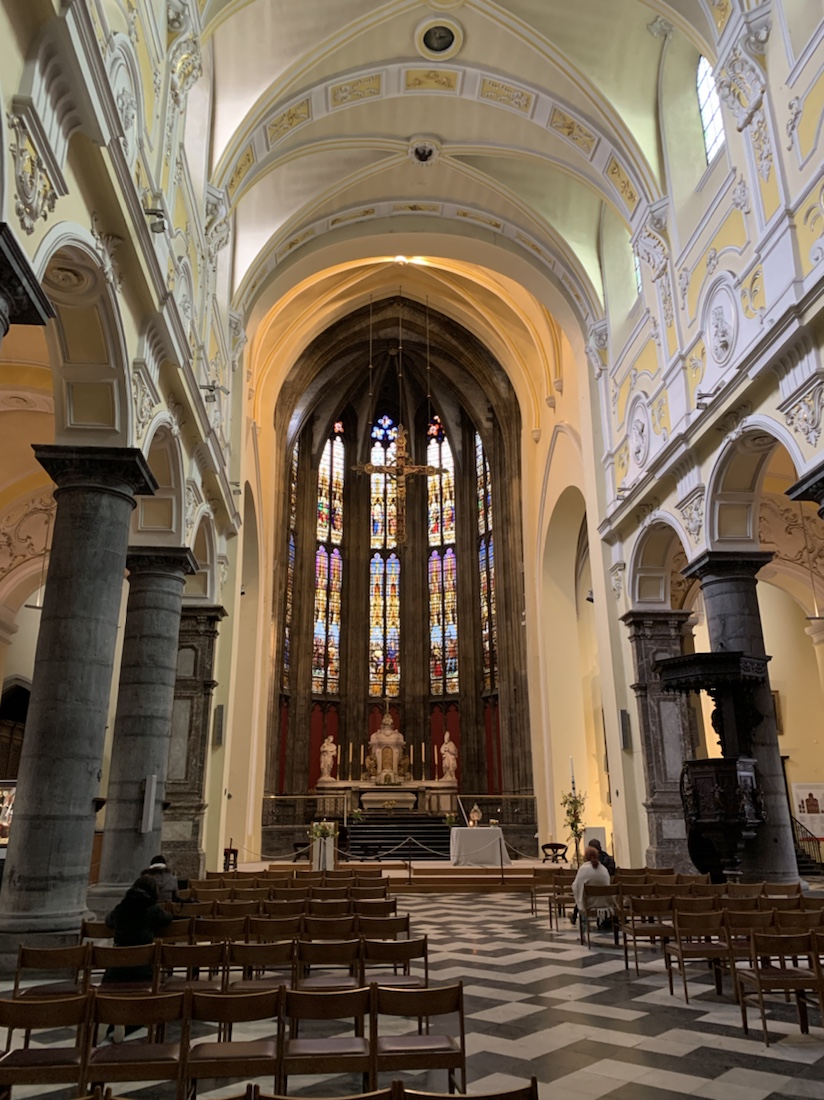
Here’s the story on Saint Lambert. Back in the 600s, a few decades or so before Charlemagne knew this area, Lambert became a priest and started preaching to local pagans worshiping the old Celtic gods. People listened and converted, he kept preaching, and eventually he rose to sit in the Episcopal seat over the region. There’s some debate, but the story goes (and the skull has the head wound to substantiate it) that around the year 696 there was unpleasantness at a wedding banquet. Lambert refused to bless the couple’s union because of an inappropriate prior concubine relationship. Enraged, the bride sent her brother to kill the priest and they bashed his skull in. Pilgrims began flocking to the site, bringing wealth and prestige to the region, and eventually Lambert was sainted. His skull is in the treasury!
By the end of the day, we were all quite hungry and agreed the only way the day could have gone better was if restaurants were open and we could find something to eat before driving home. Restaurants are now open (yay!) after being closed since October, so that’s nice. There were some more things I wouldn’t mind seeing in Liege, and it really felt different from Brussels or Antwerp. Plus, it’s always a nice excuse to have a waffle!
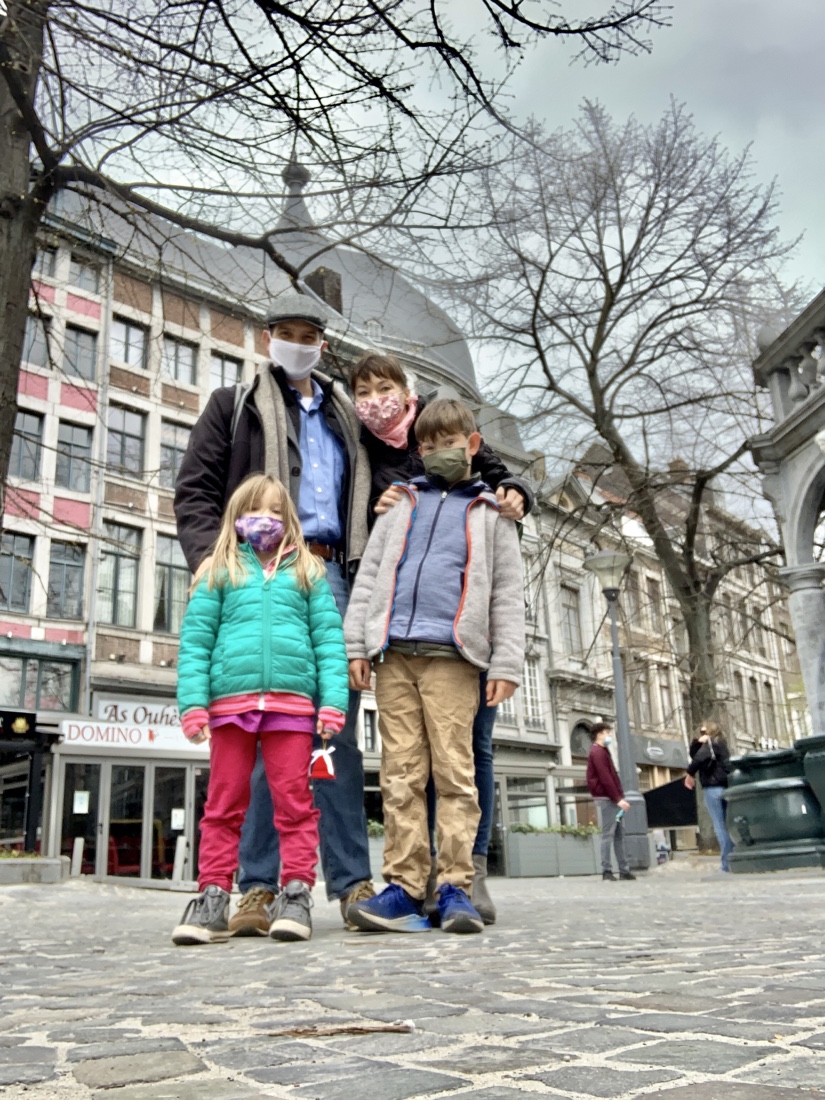
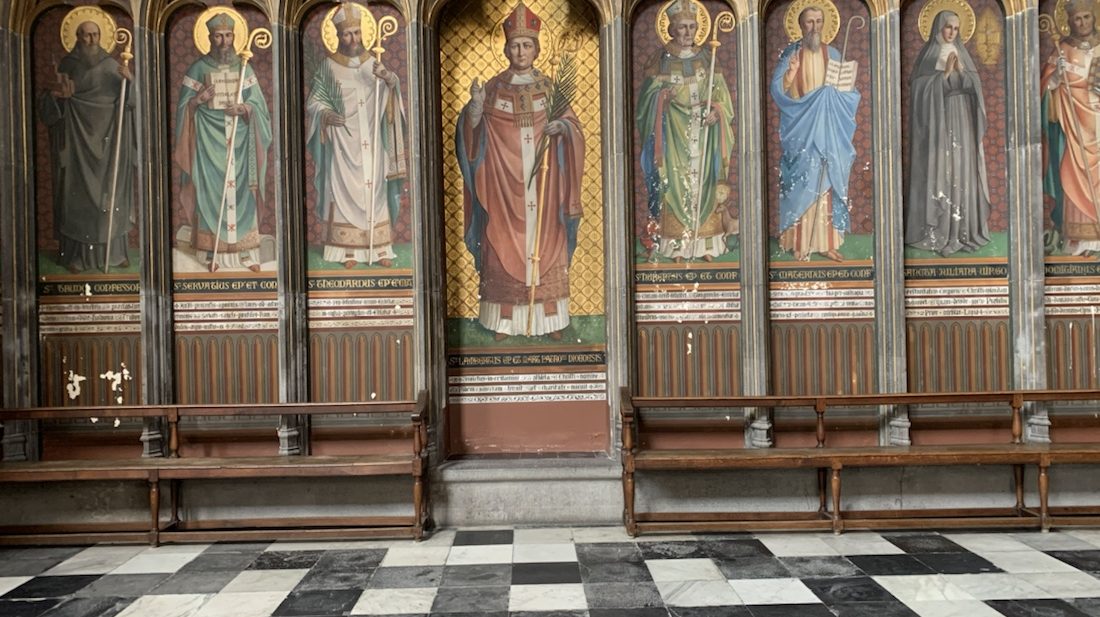
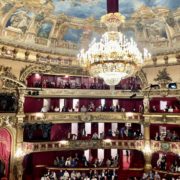 Mozart’s Requiem
Mozart’s Requiem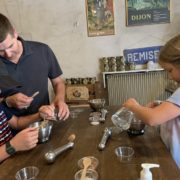 Making Mustard in Dijon
Making Mustard in Dijon Roadside Toilets: Belgium/France
Roadside Toilets: Belgium/France Christmas 2020
Christmas 2020